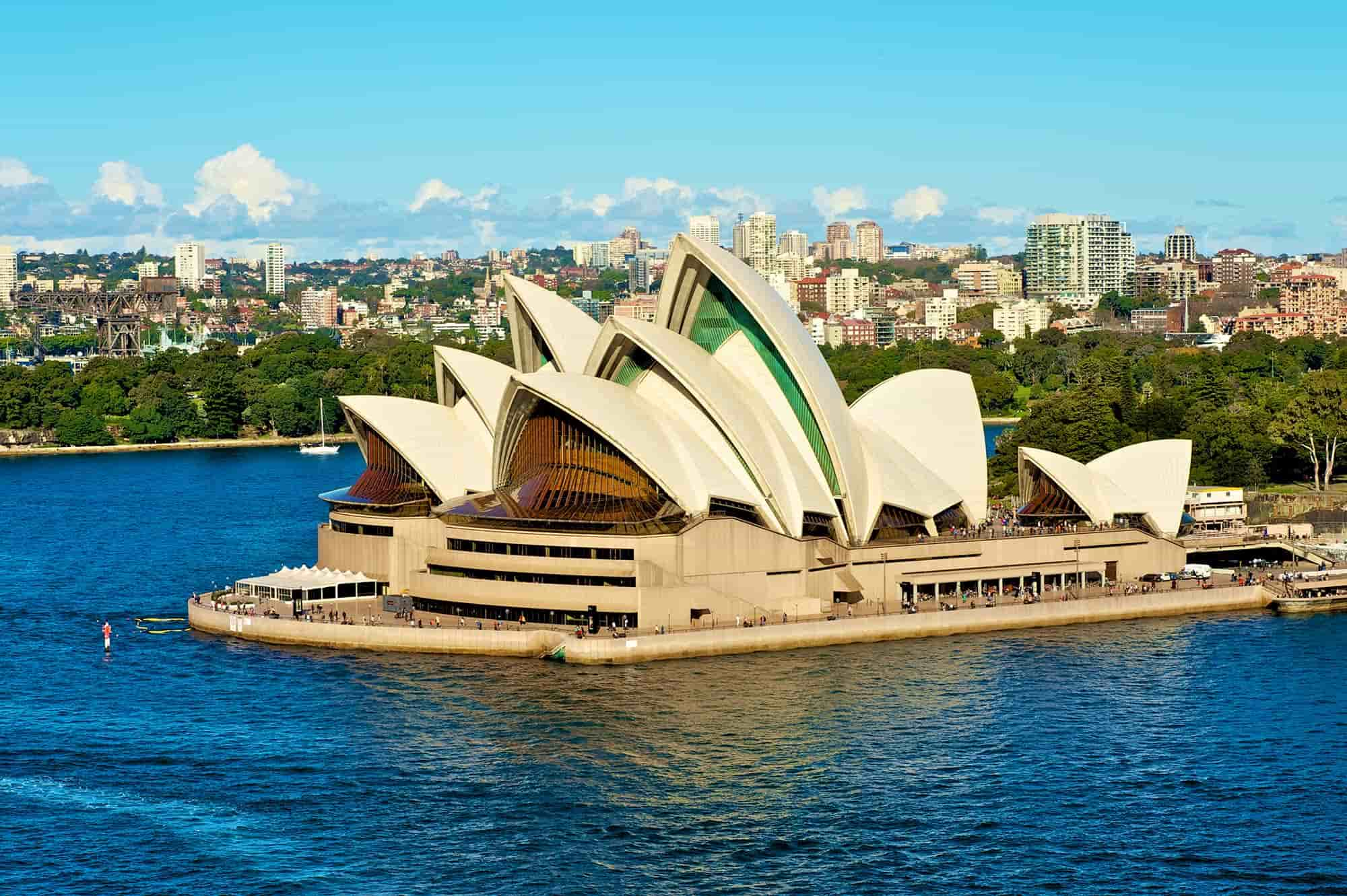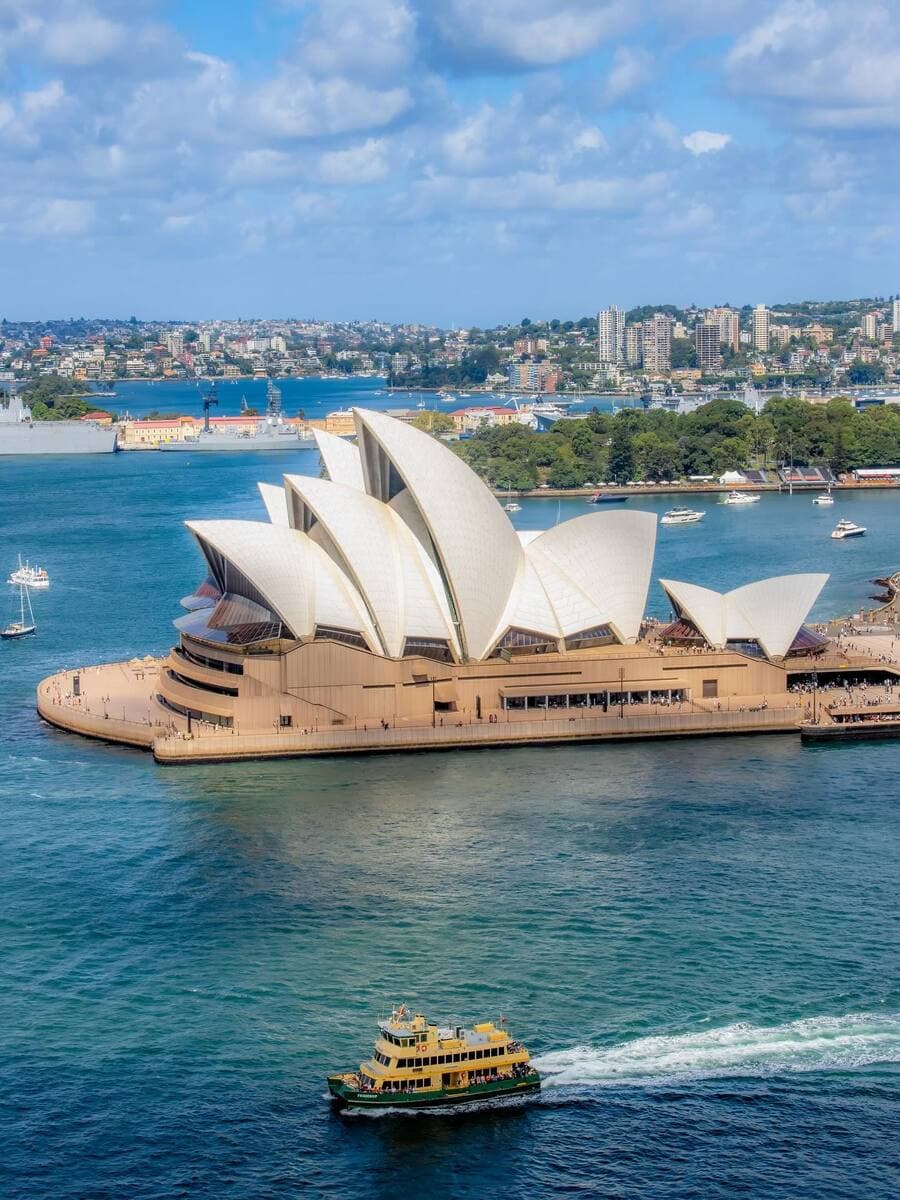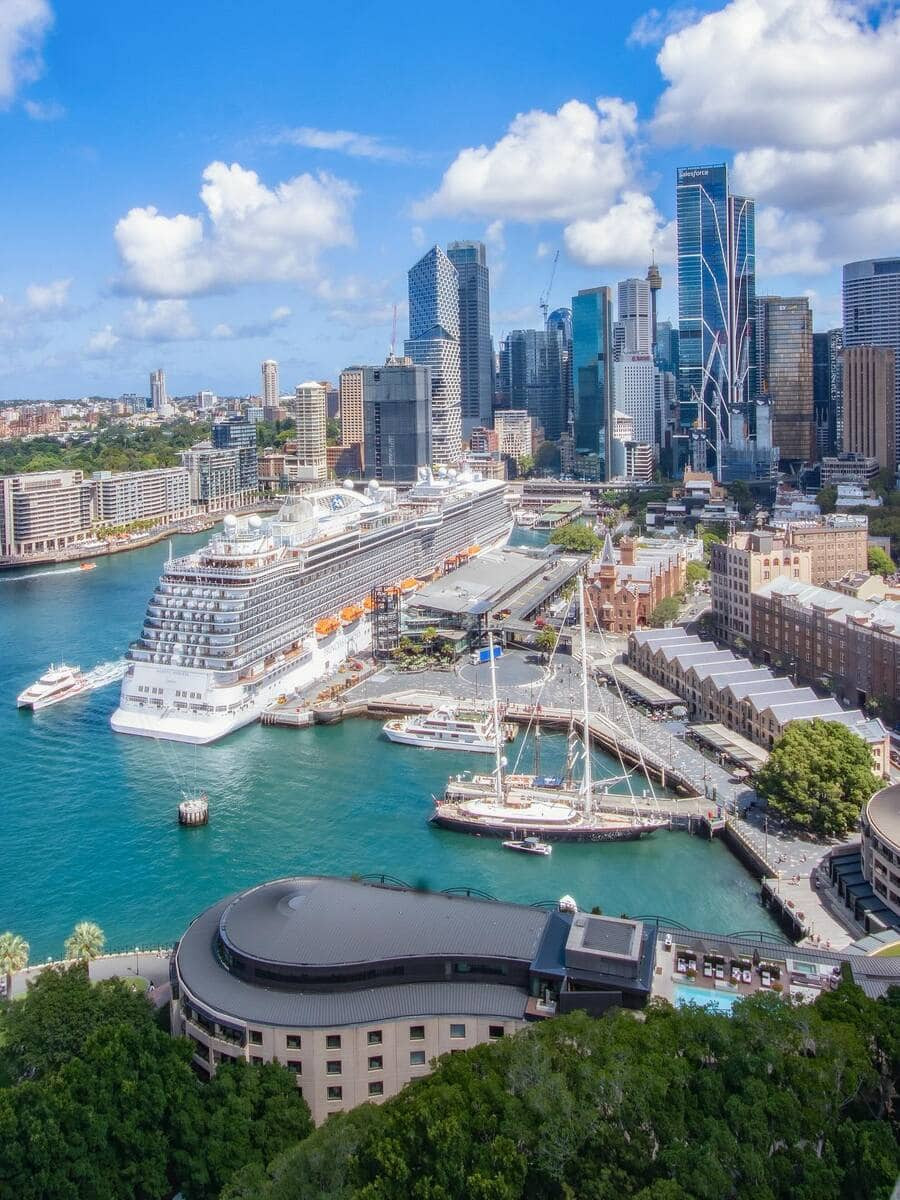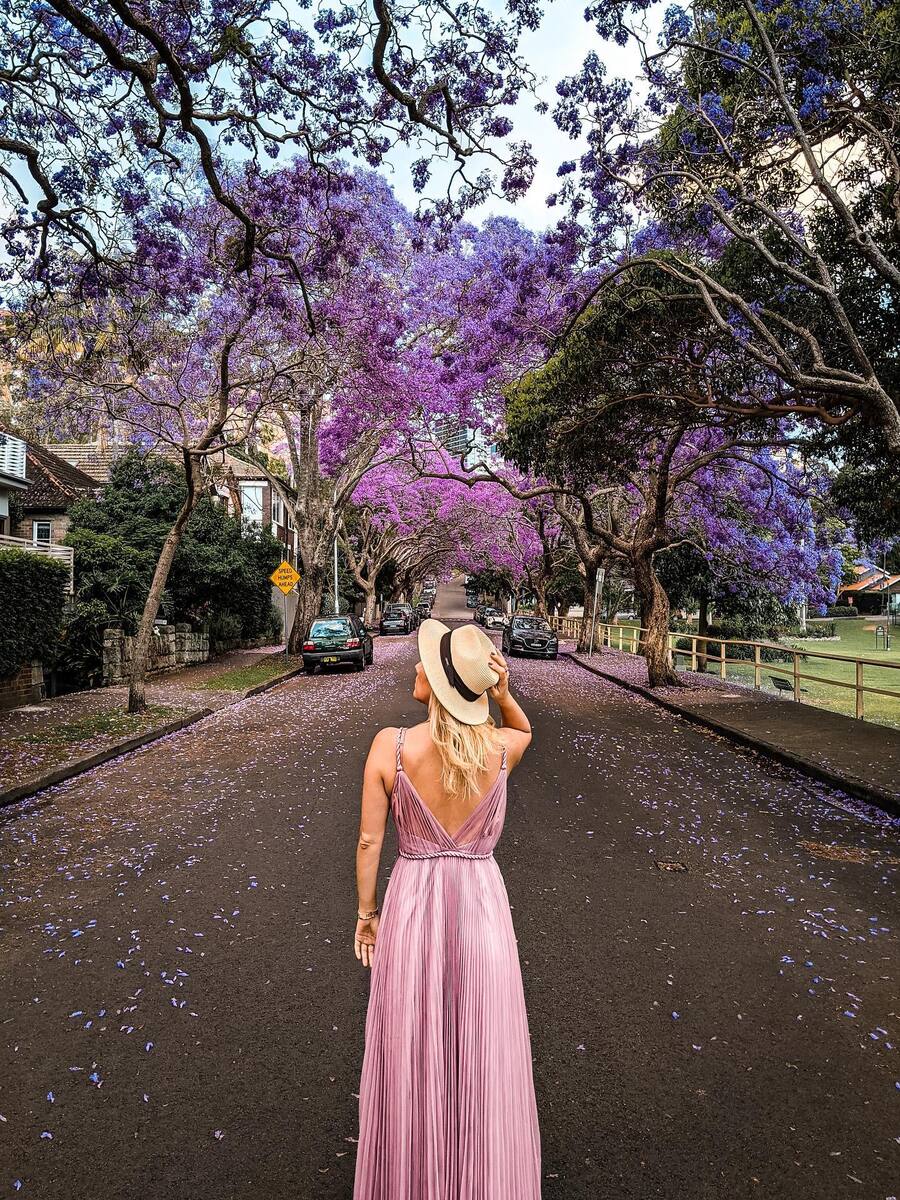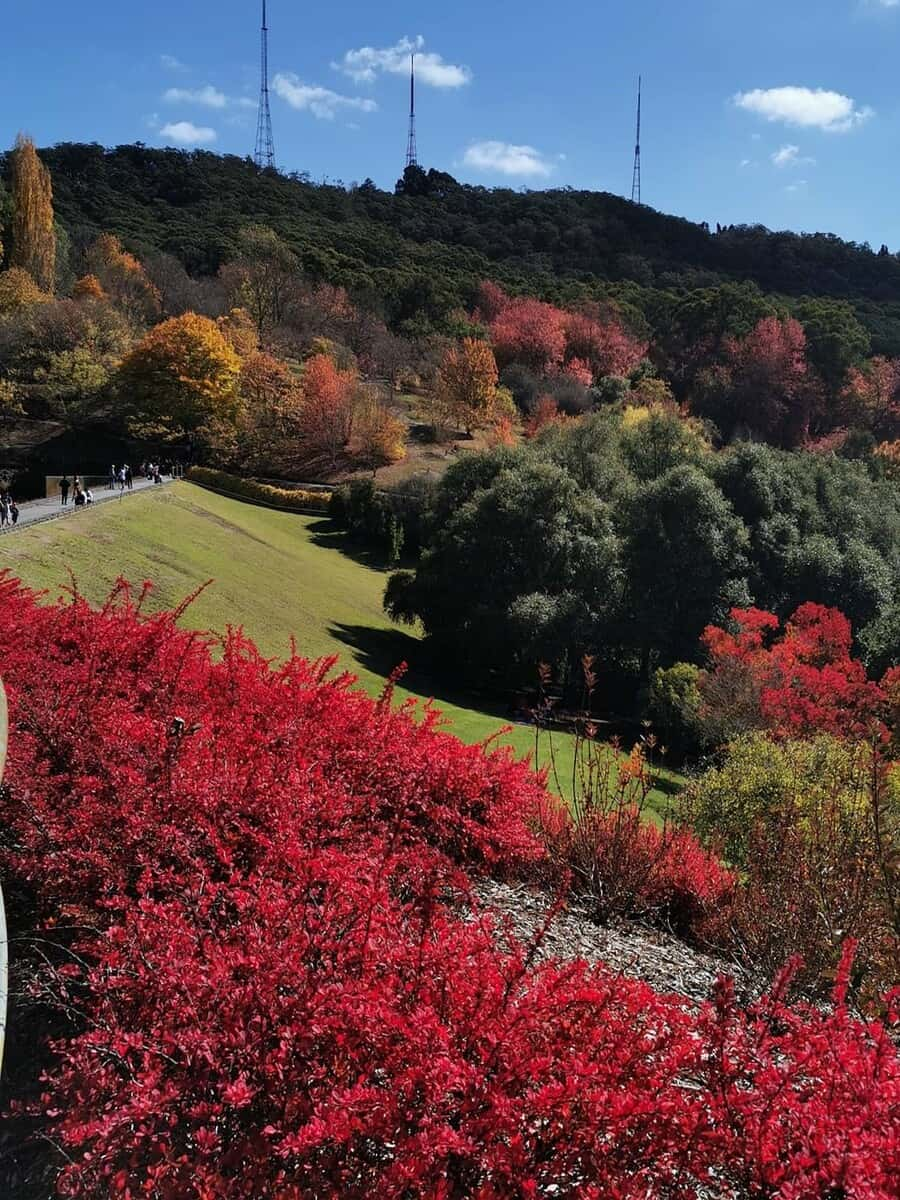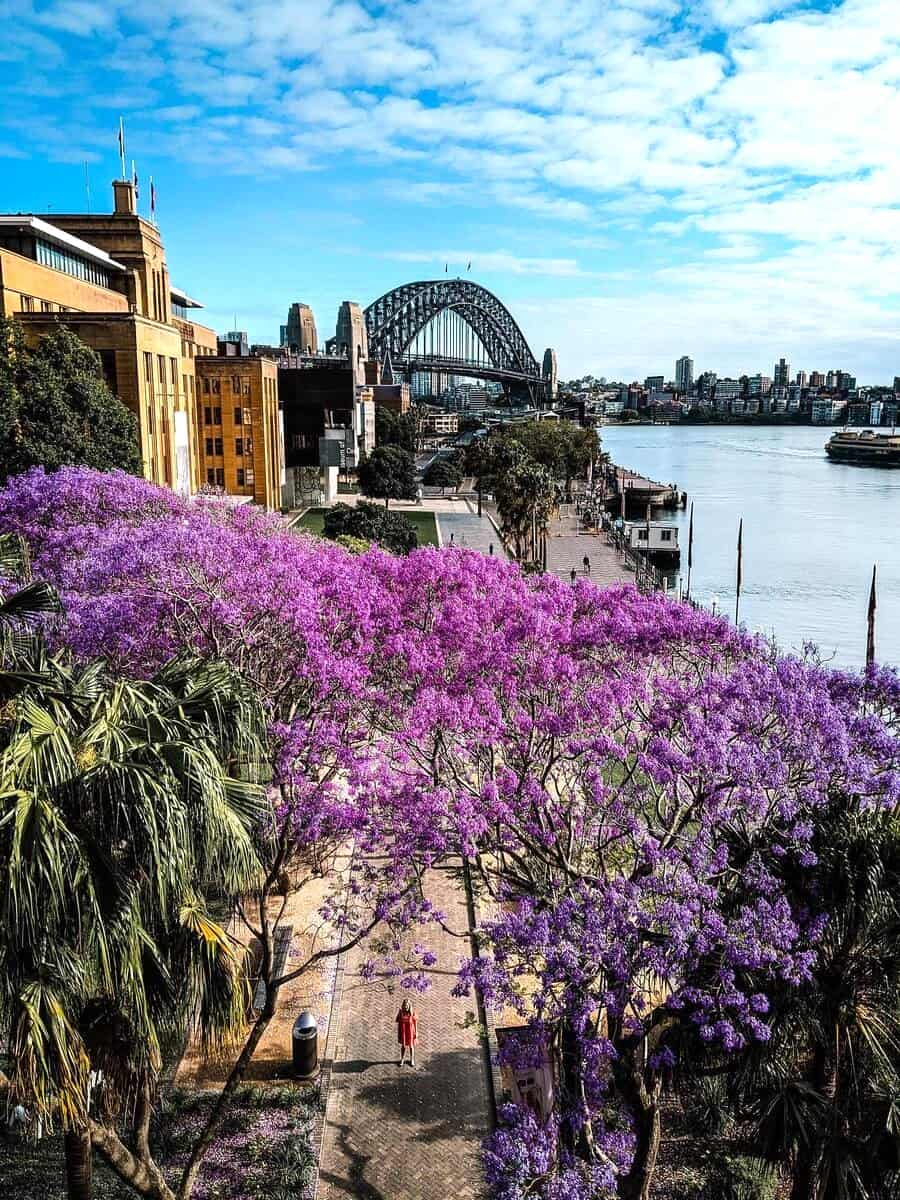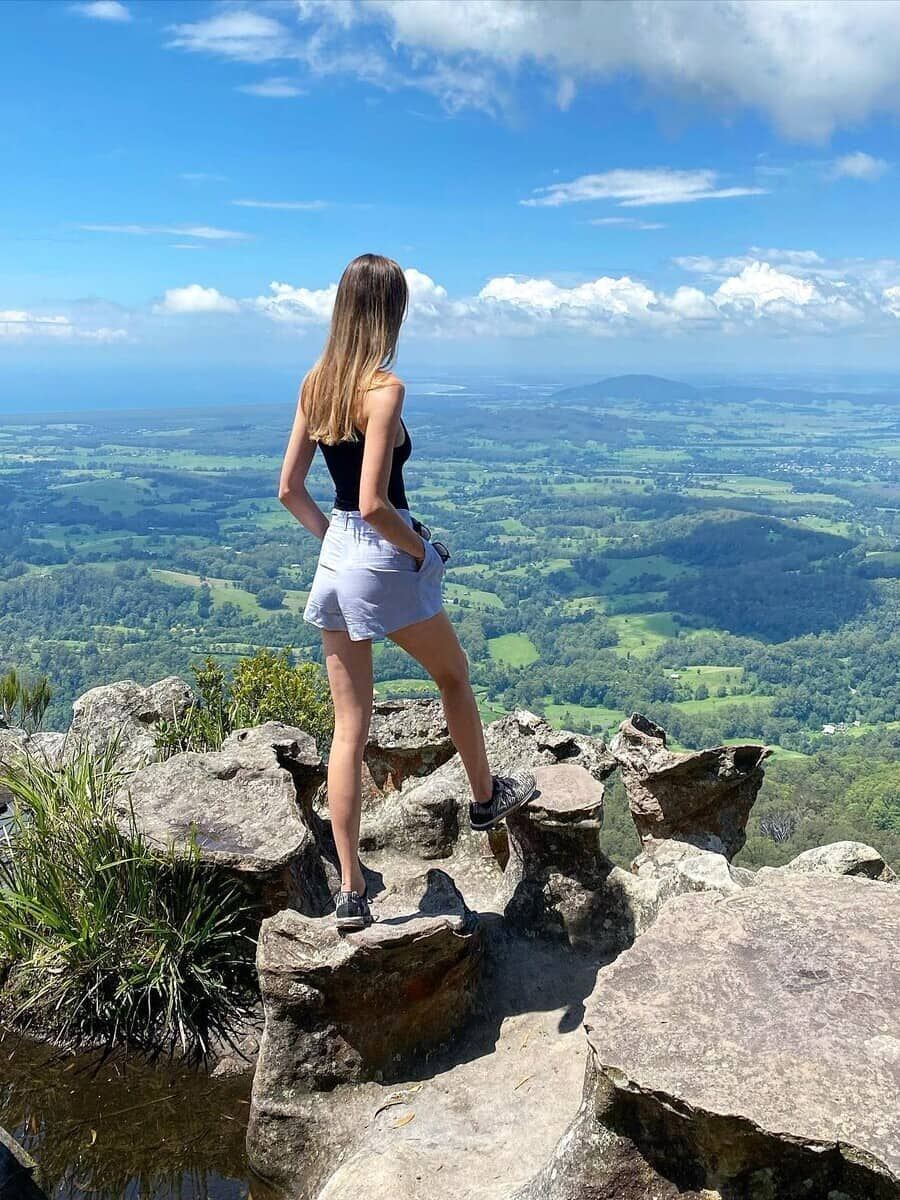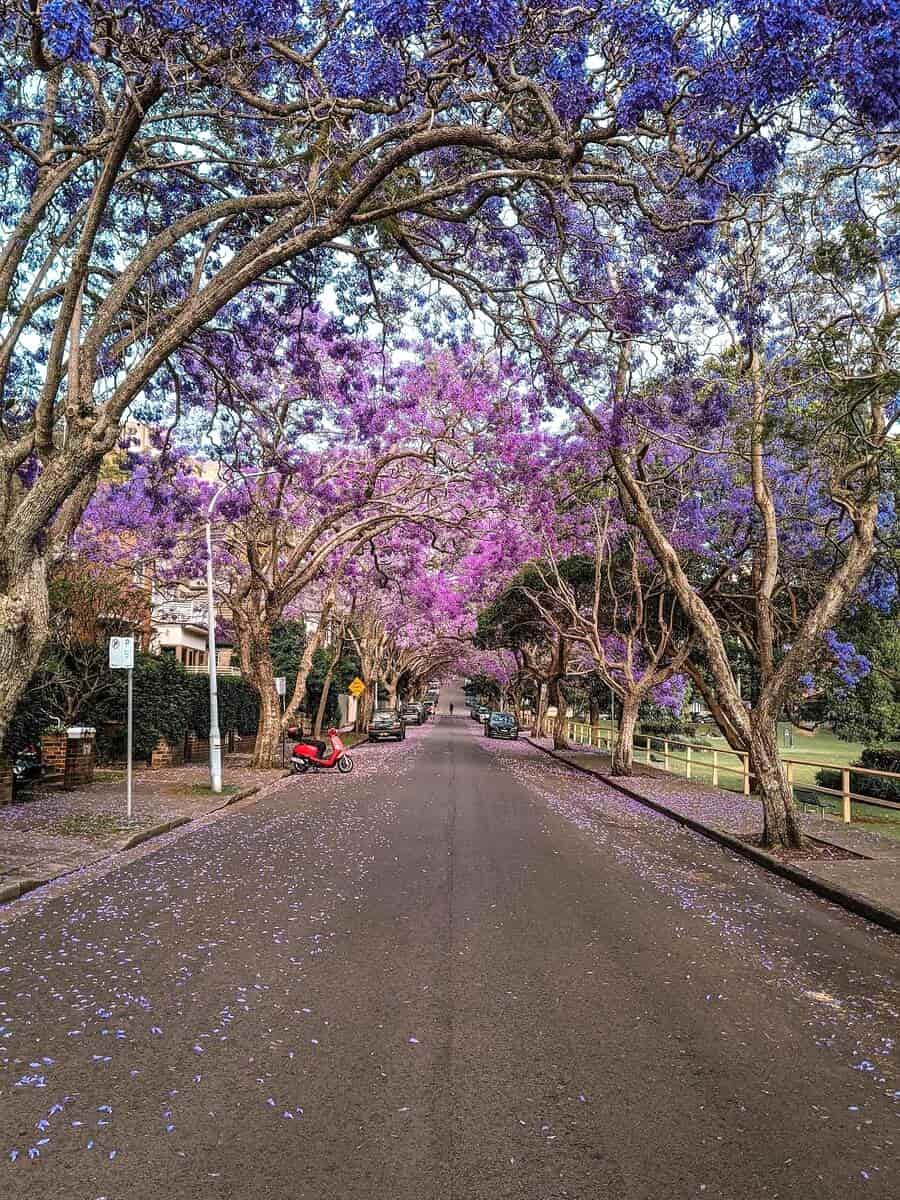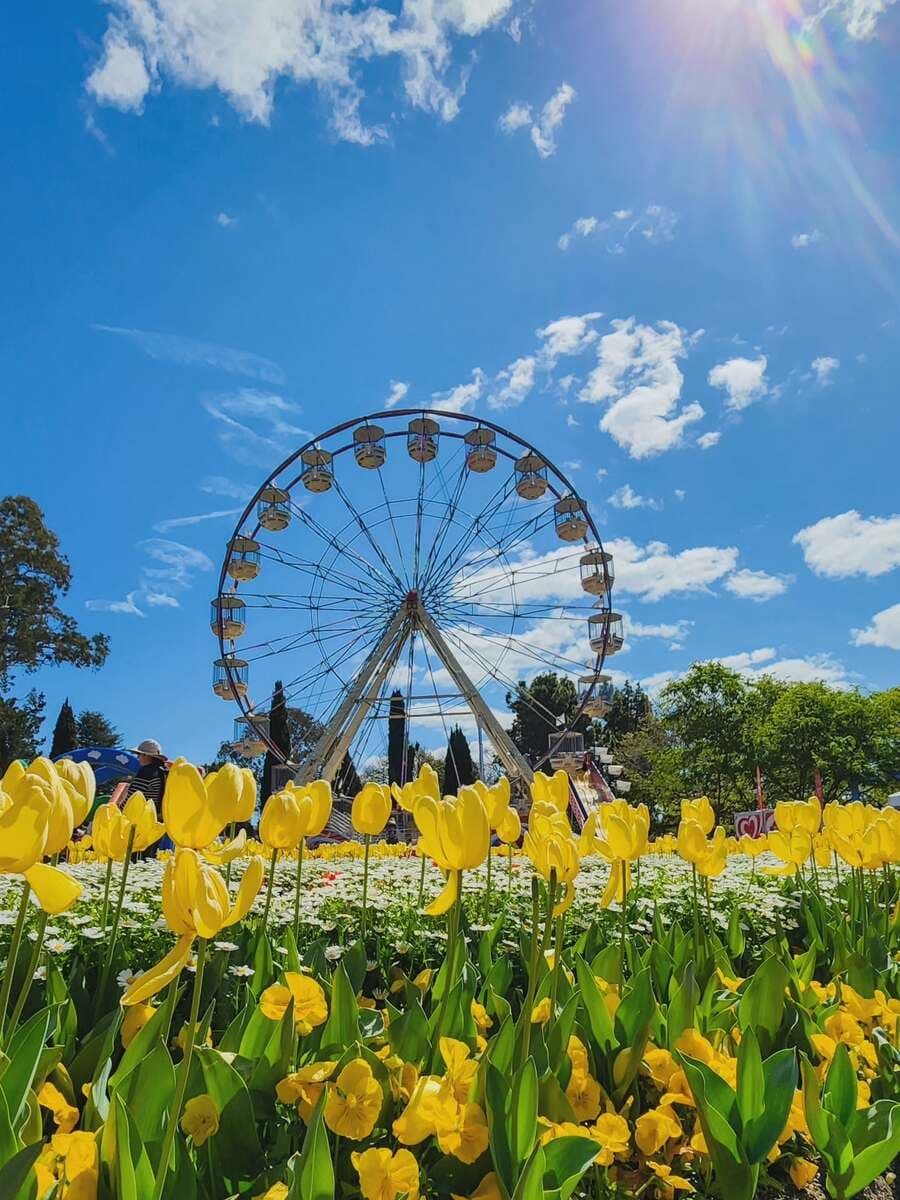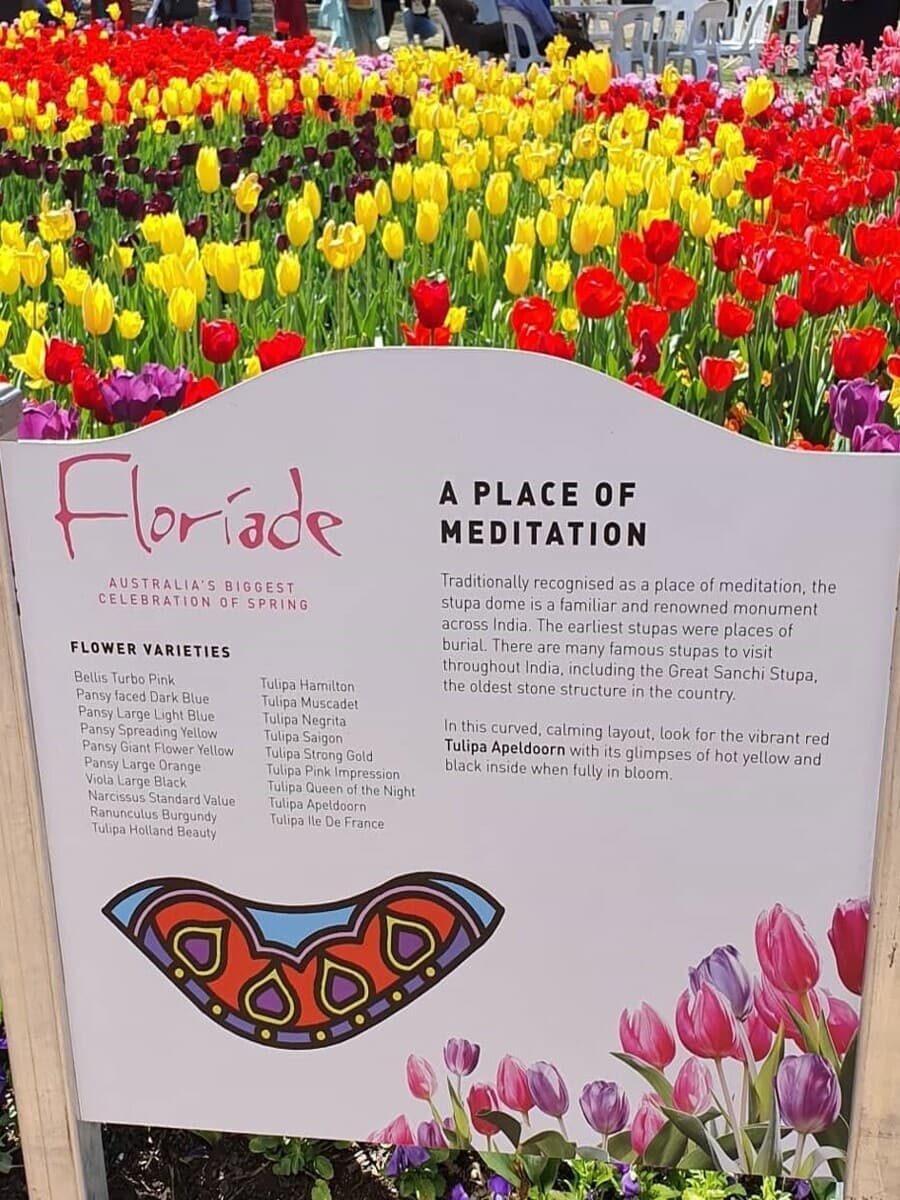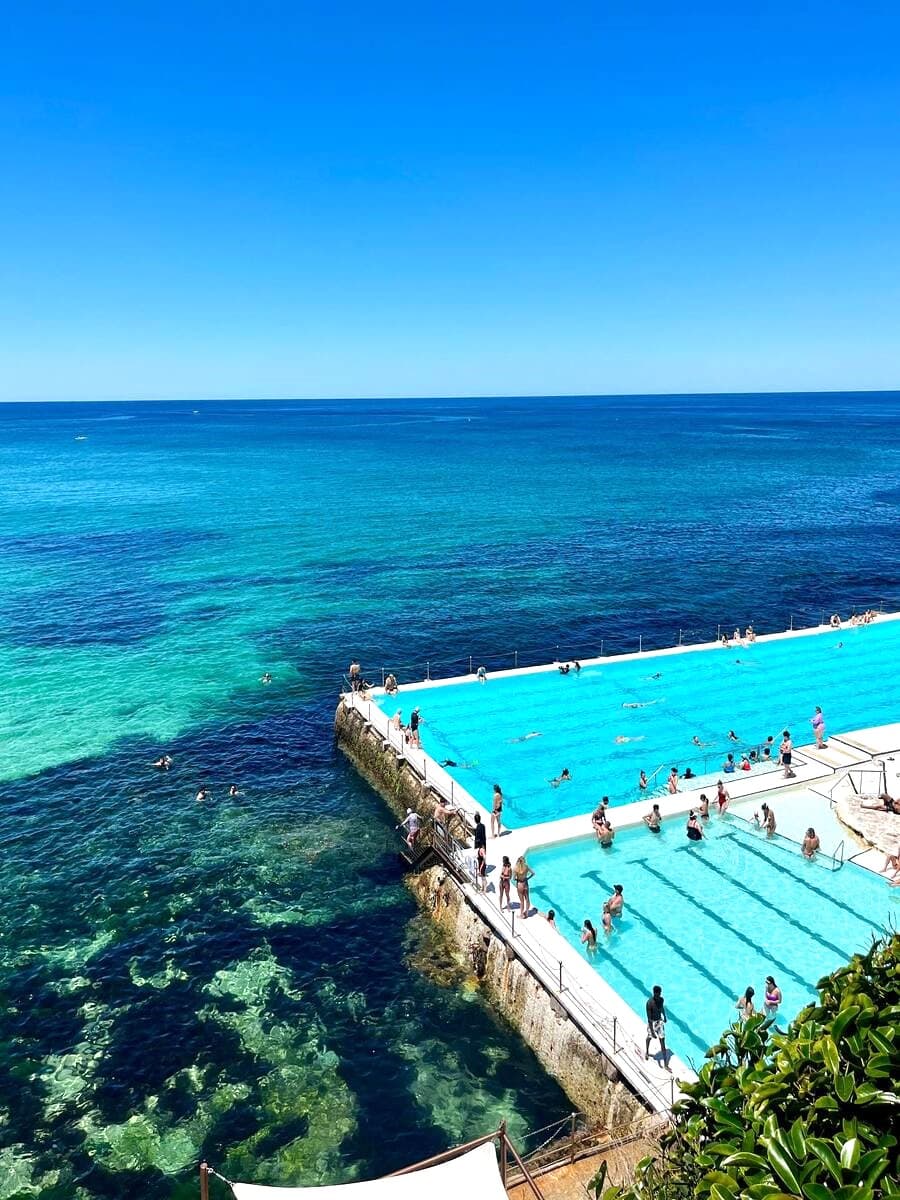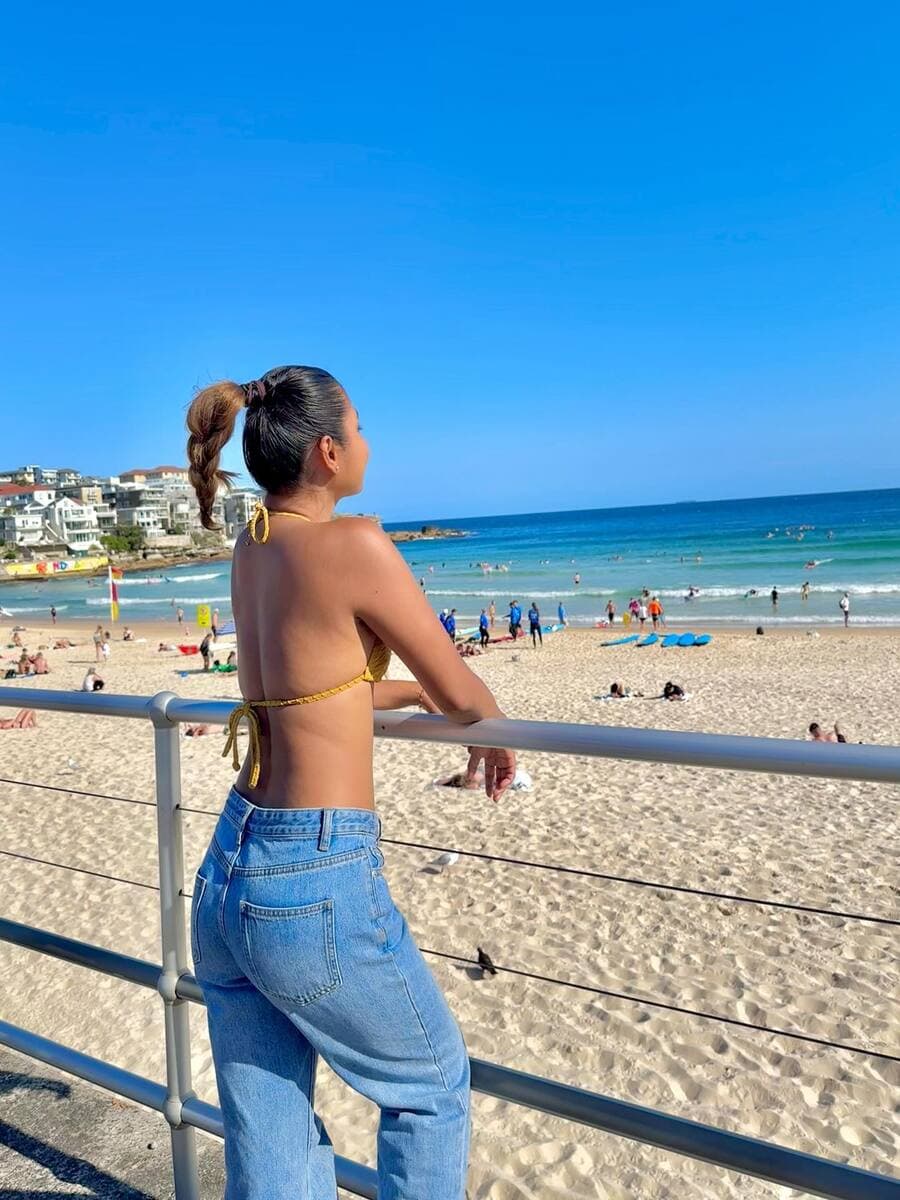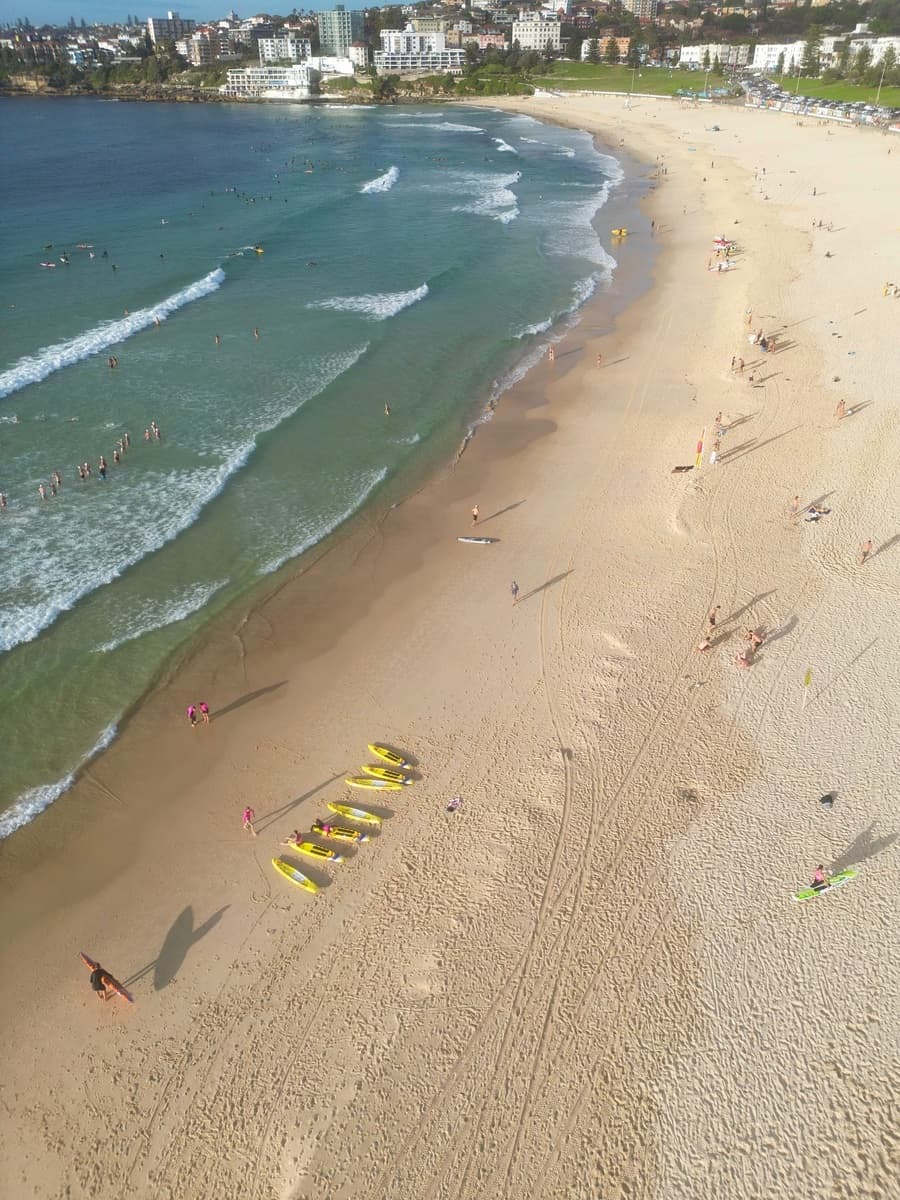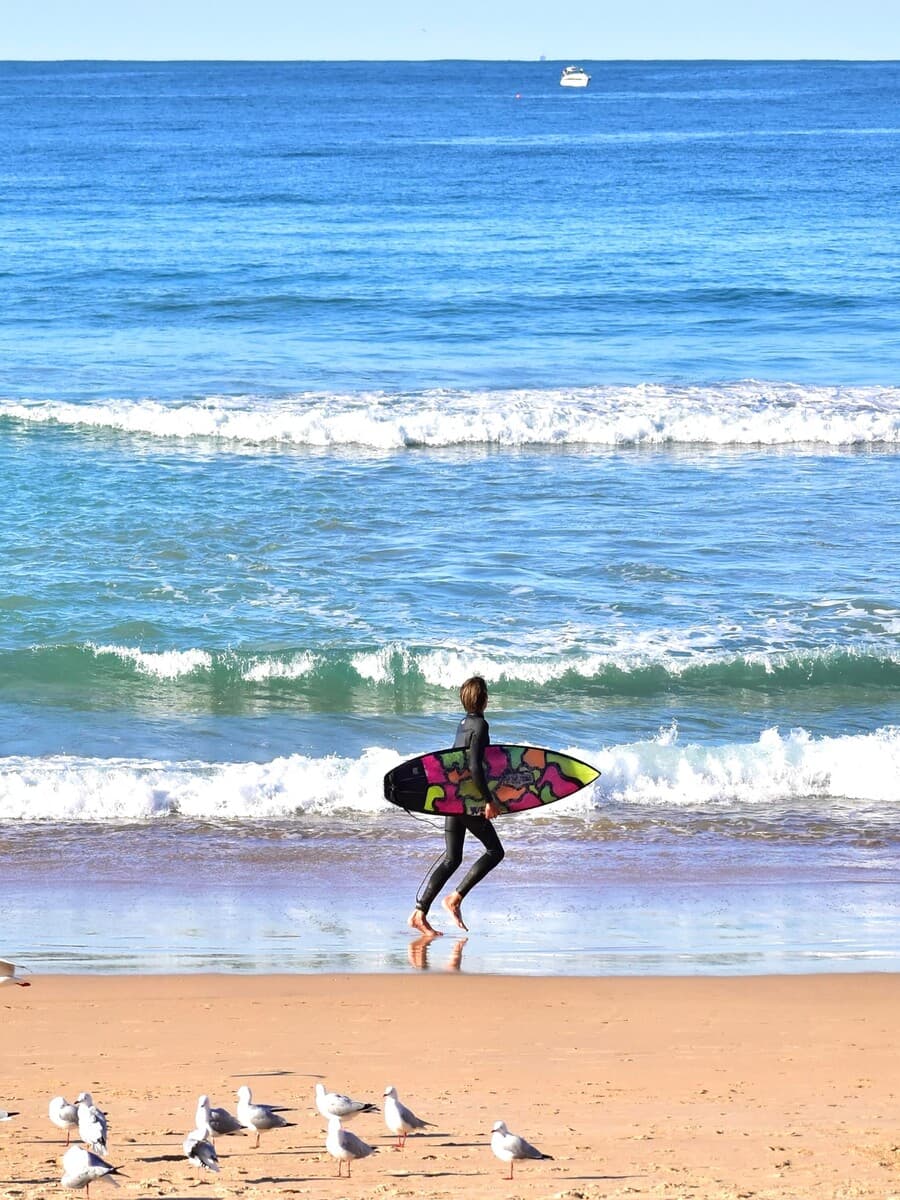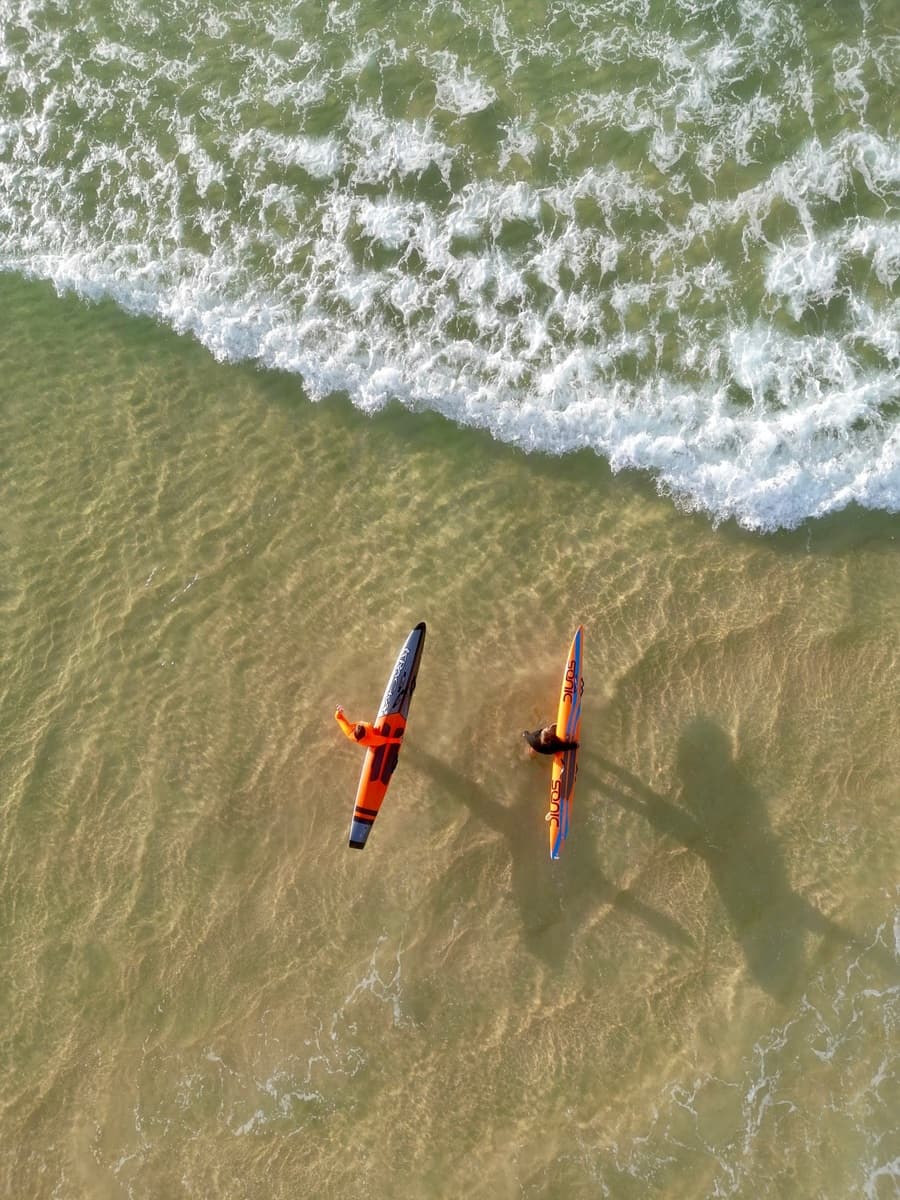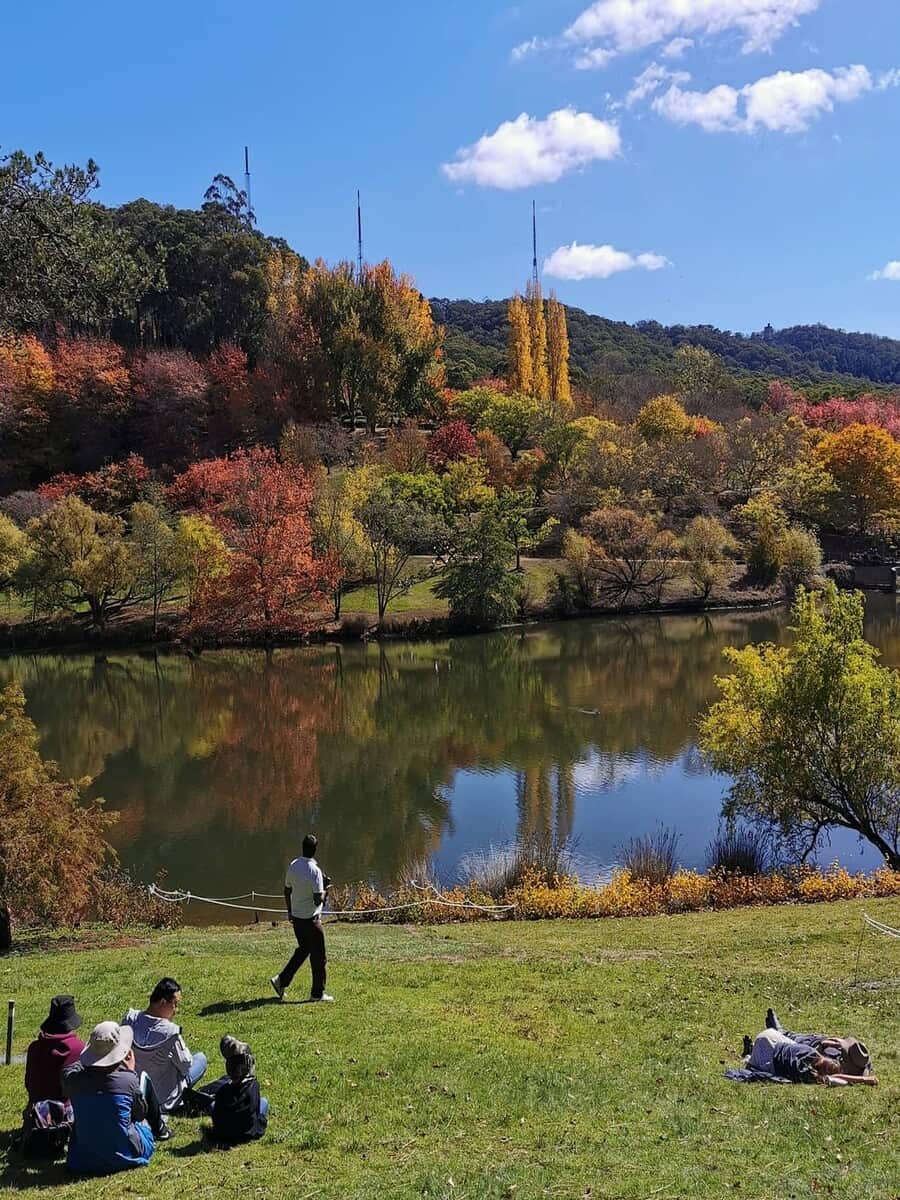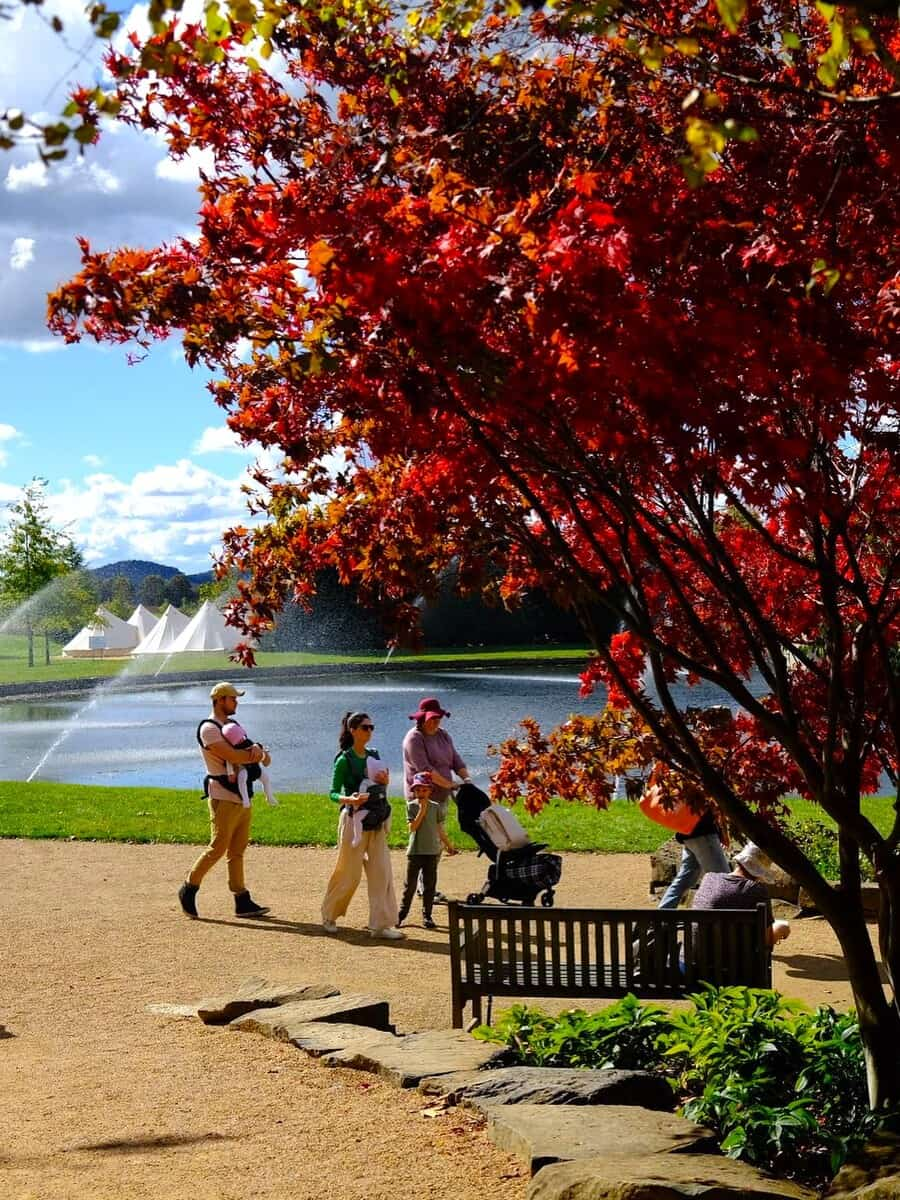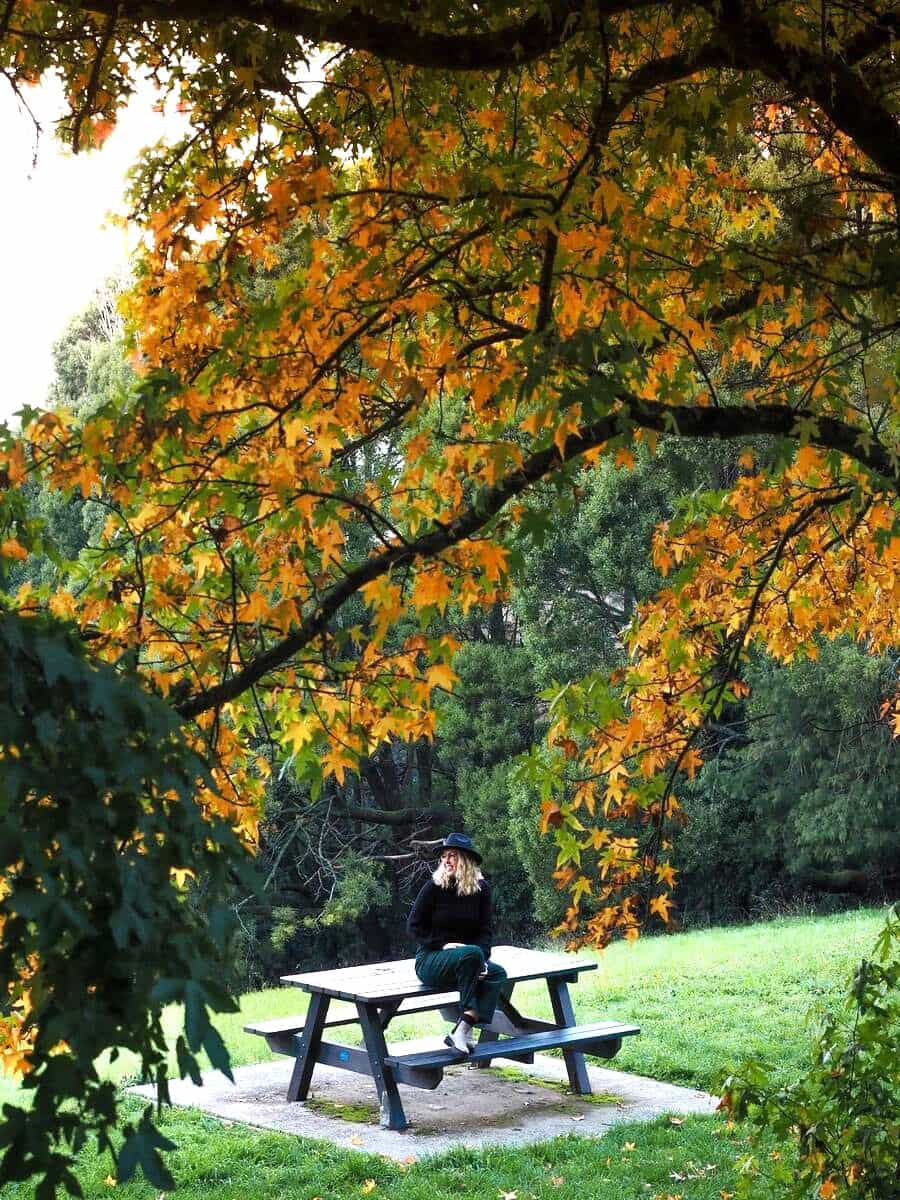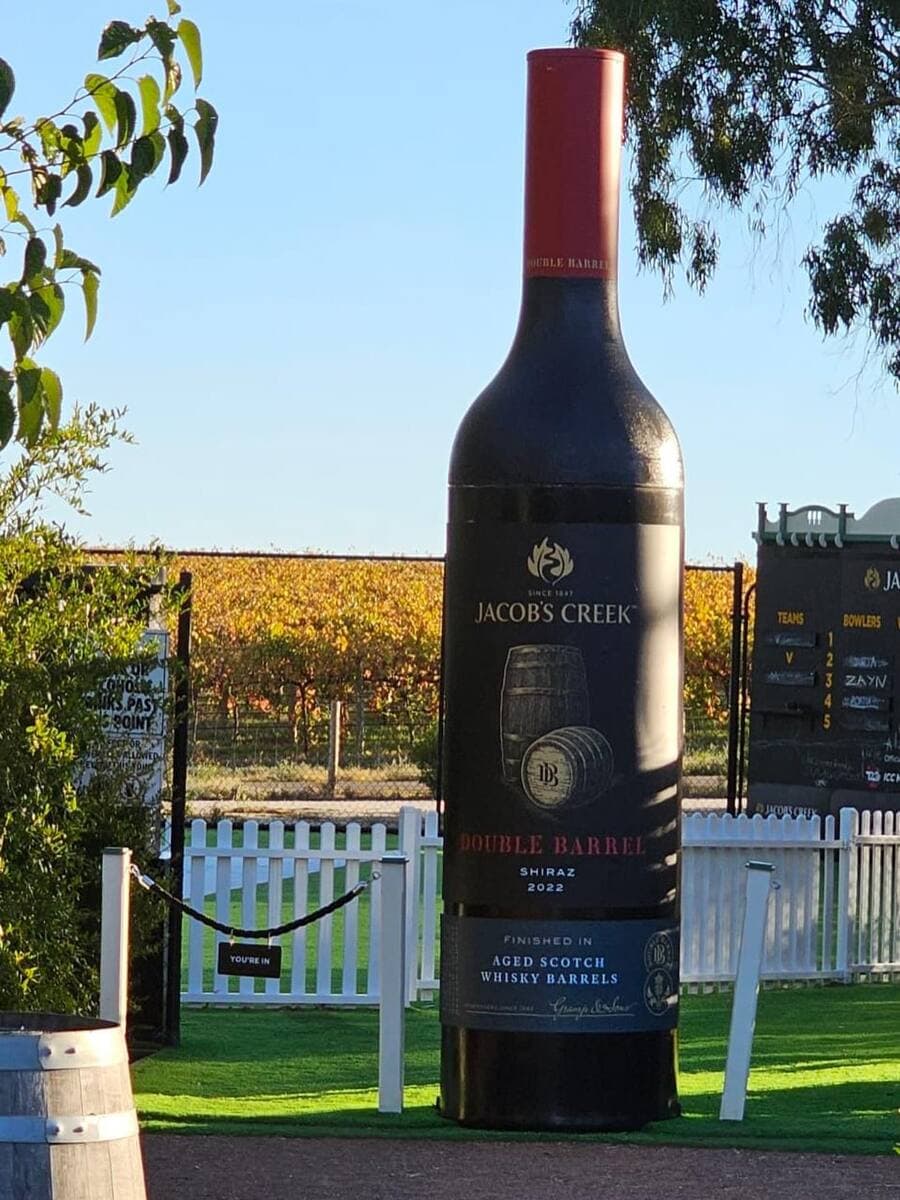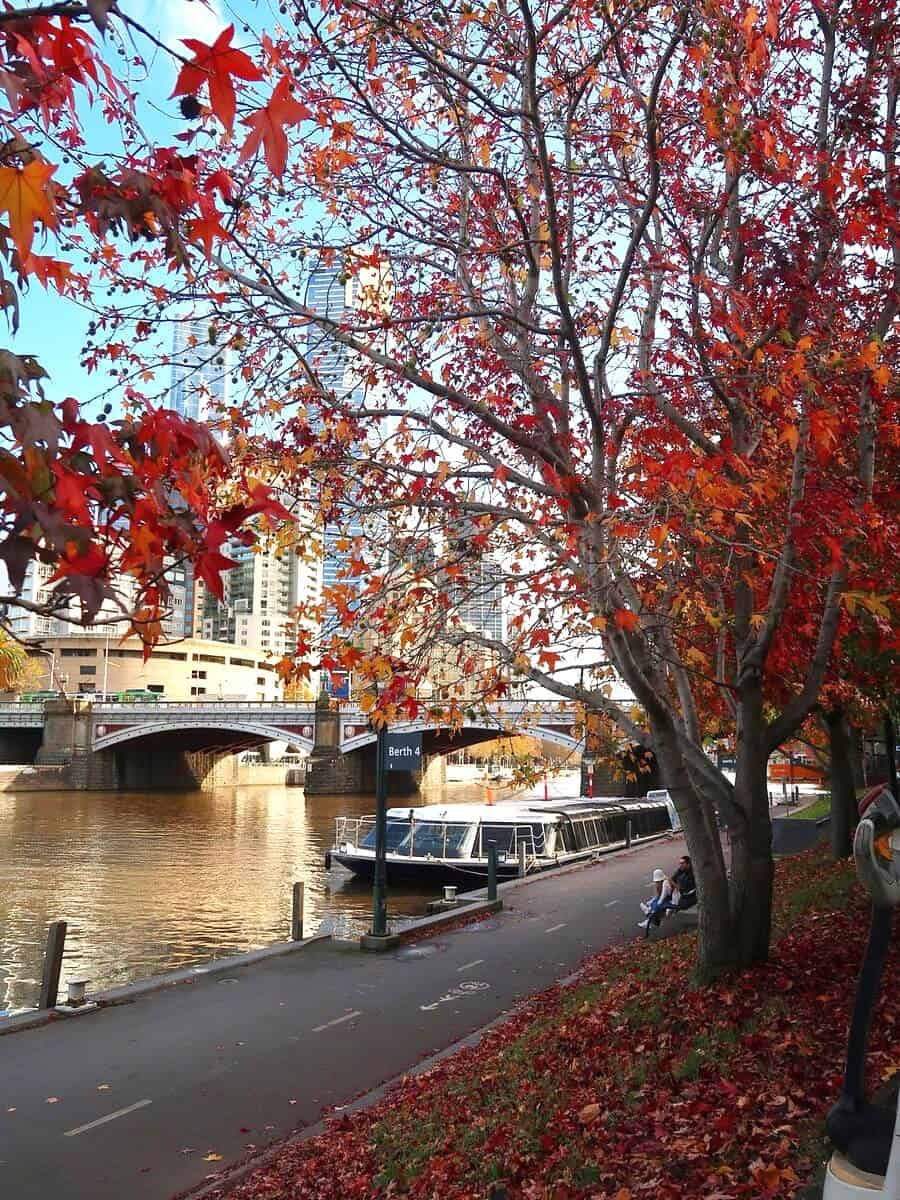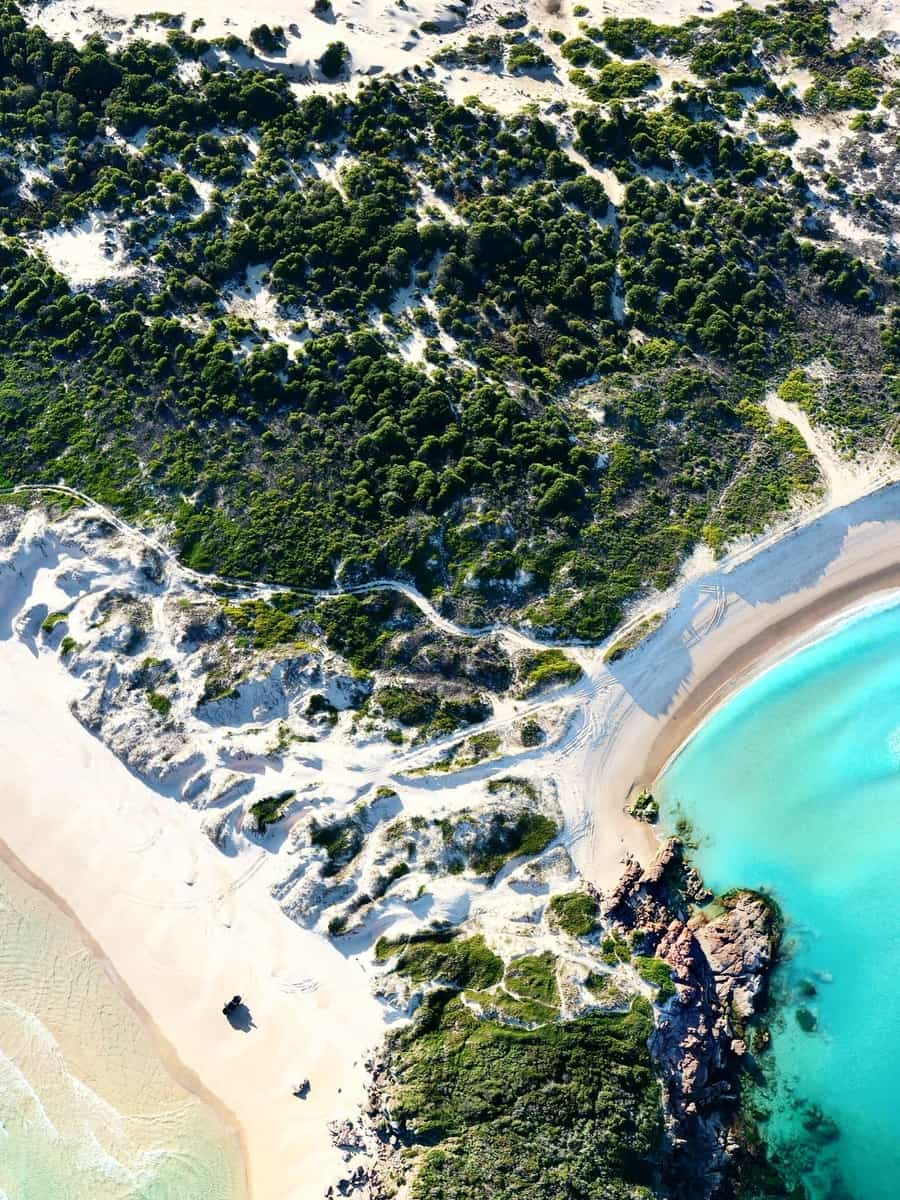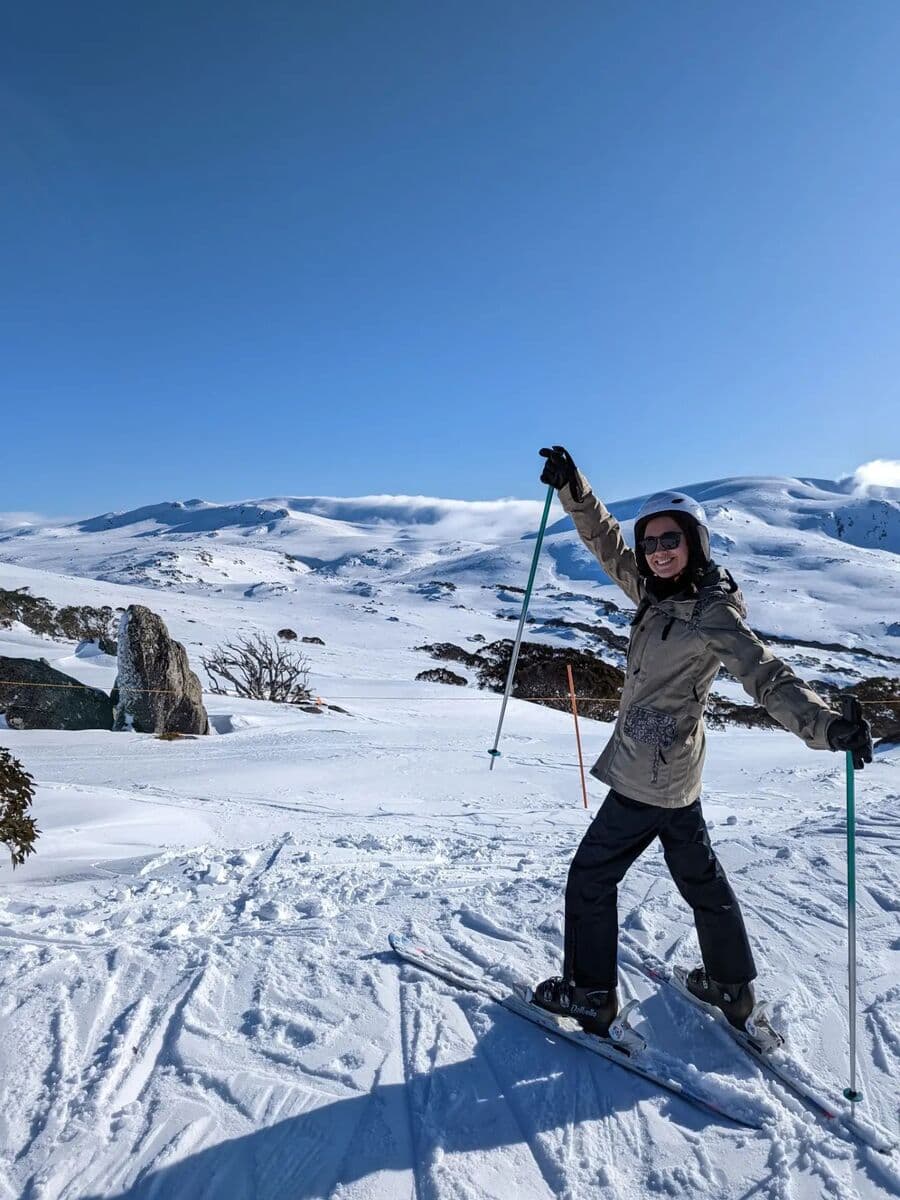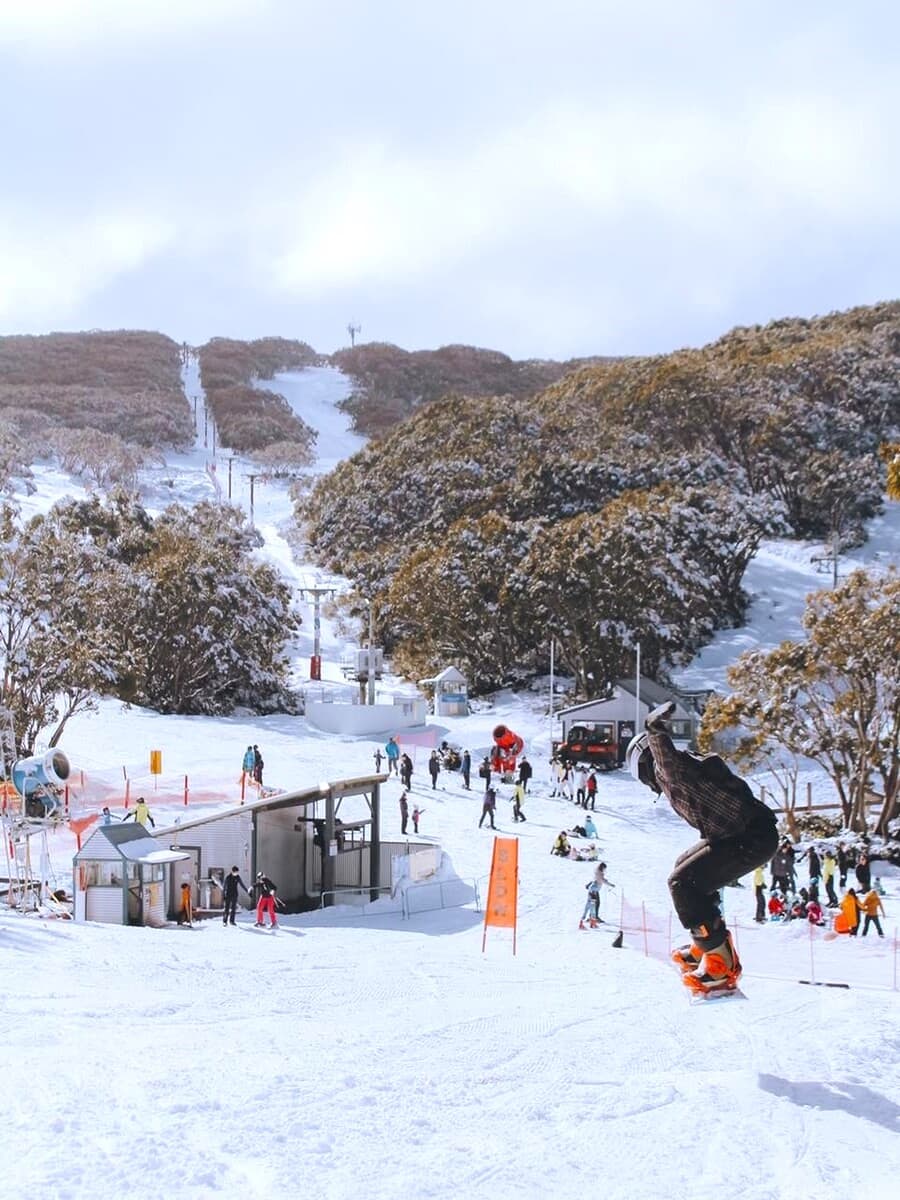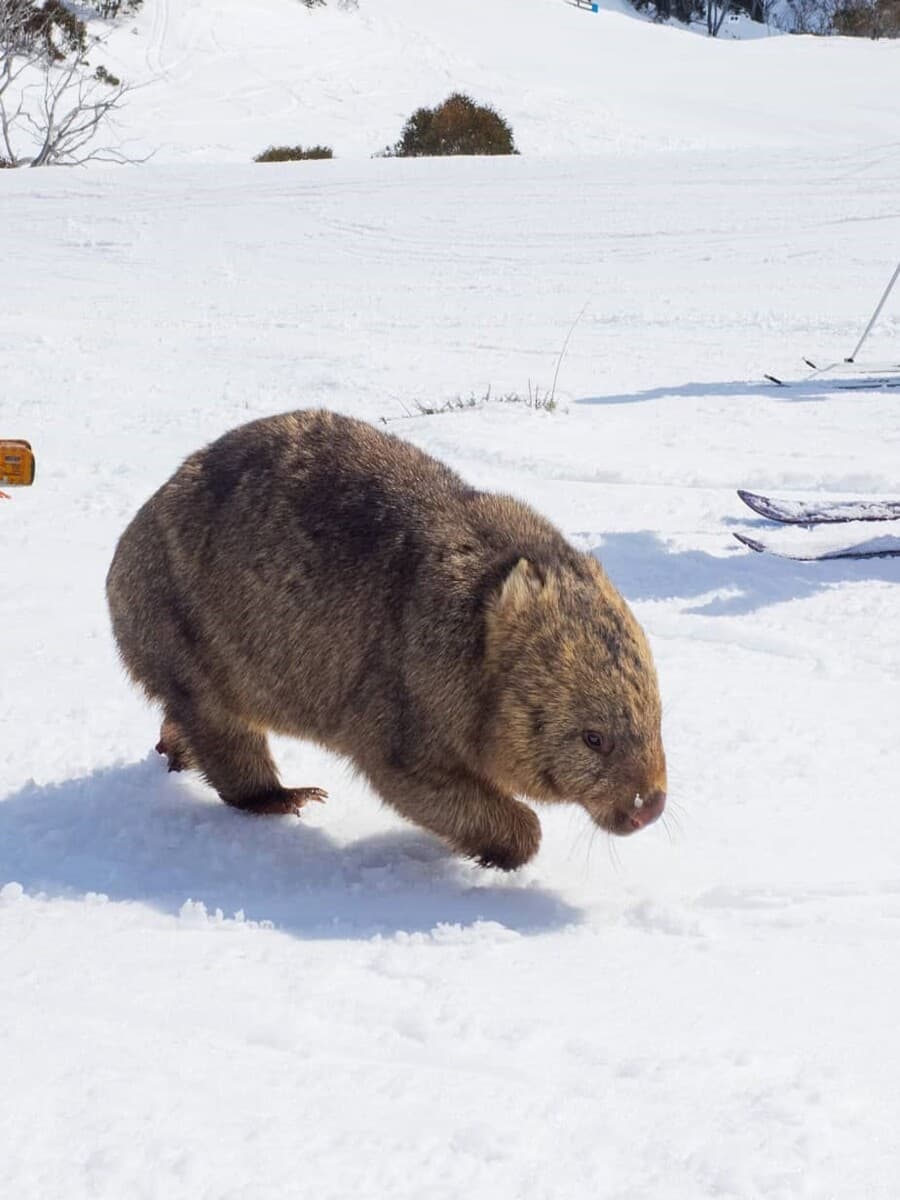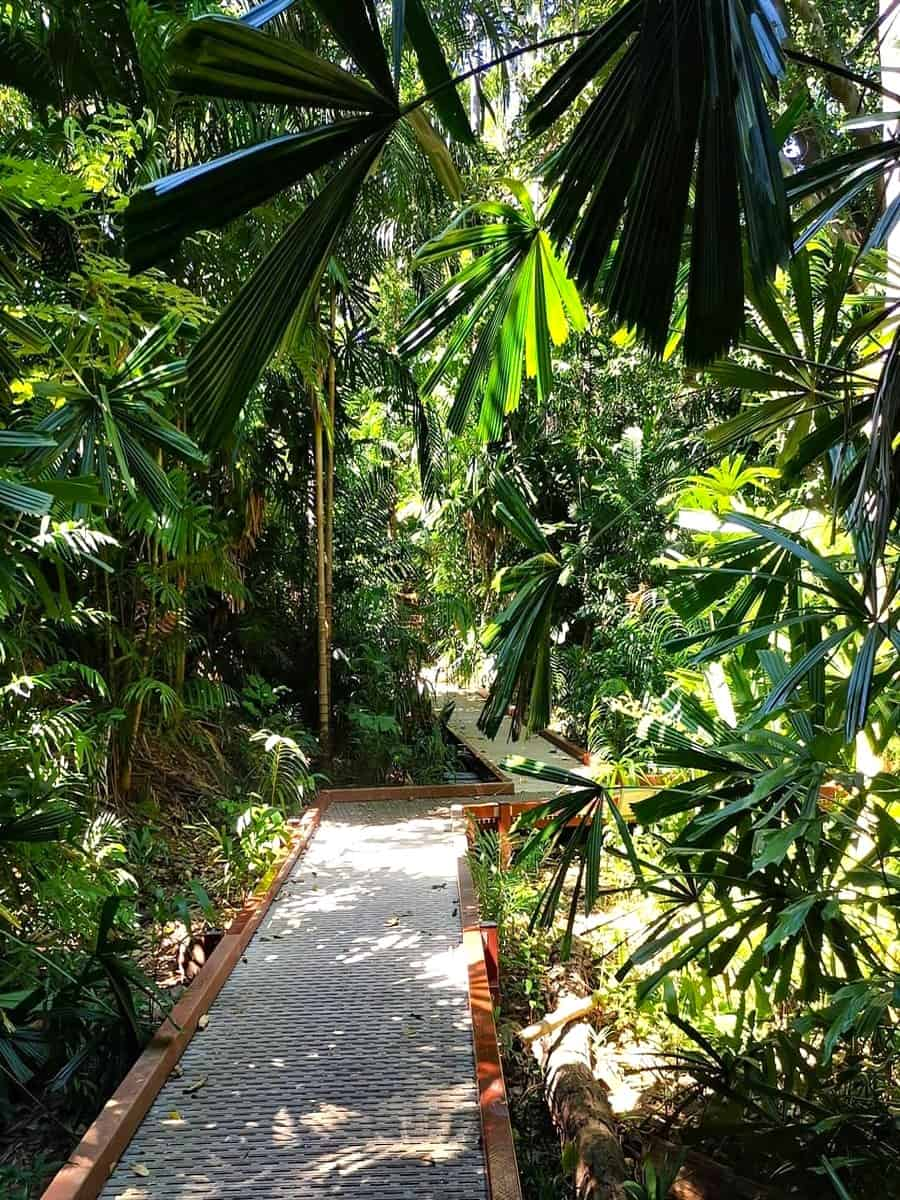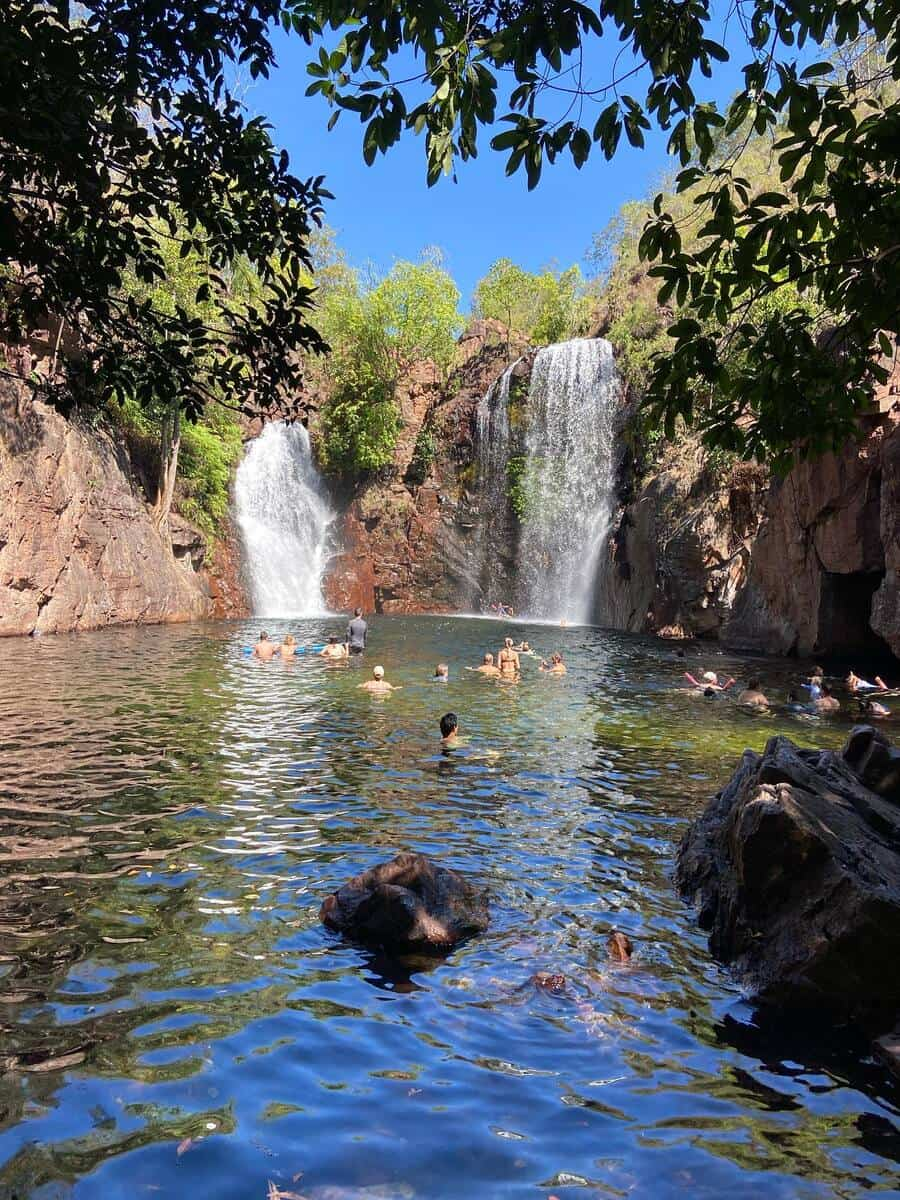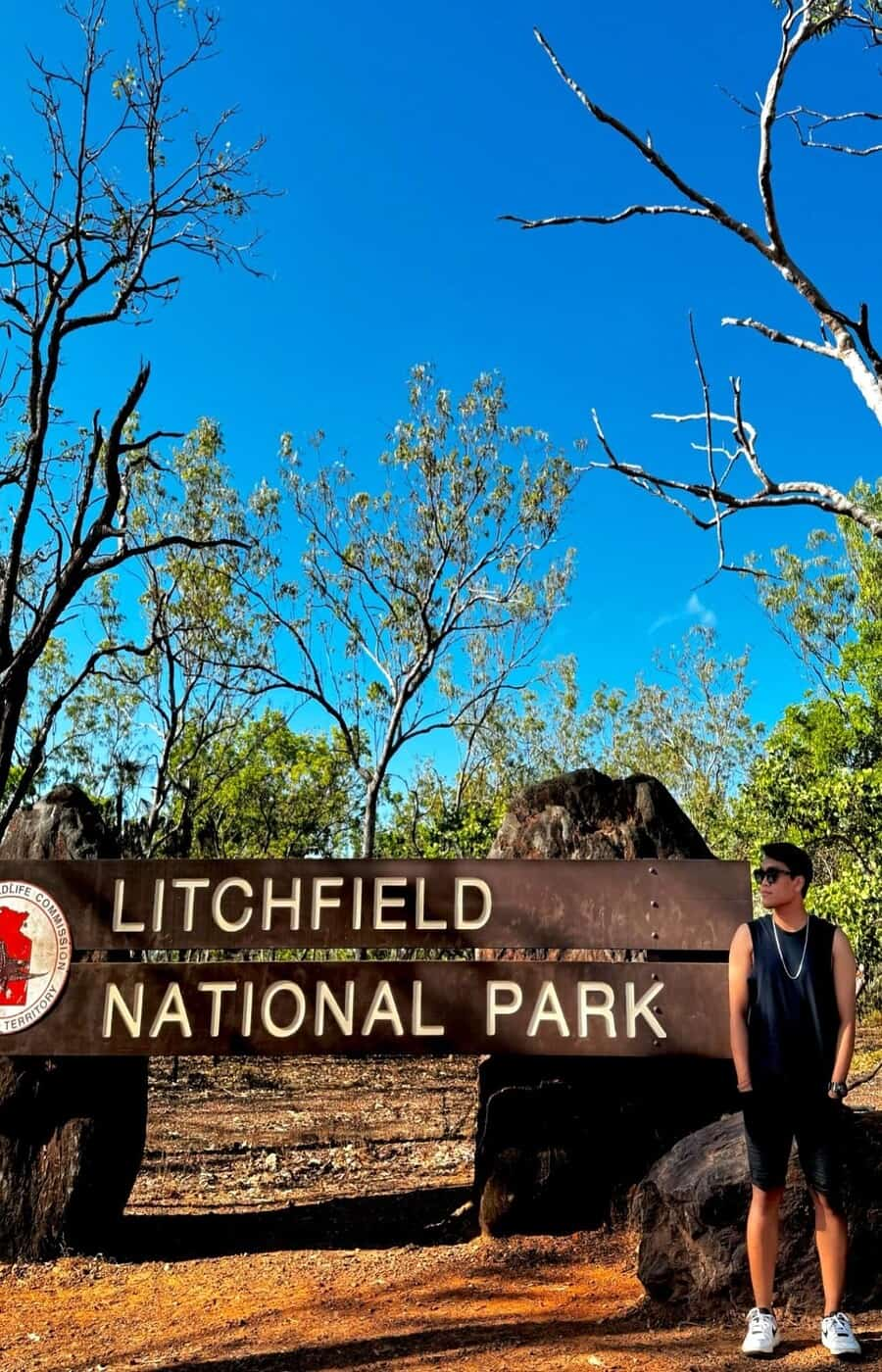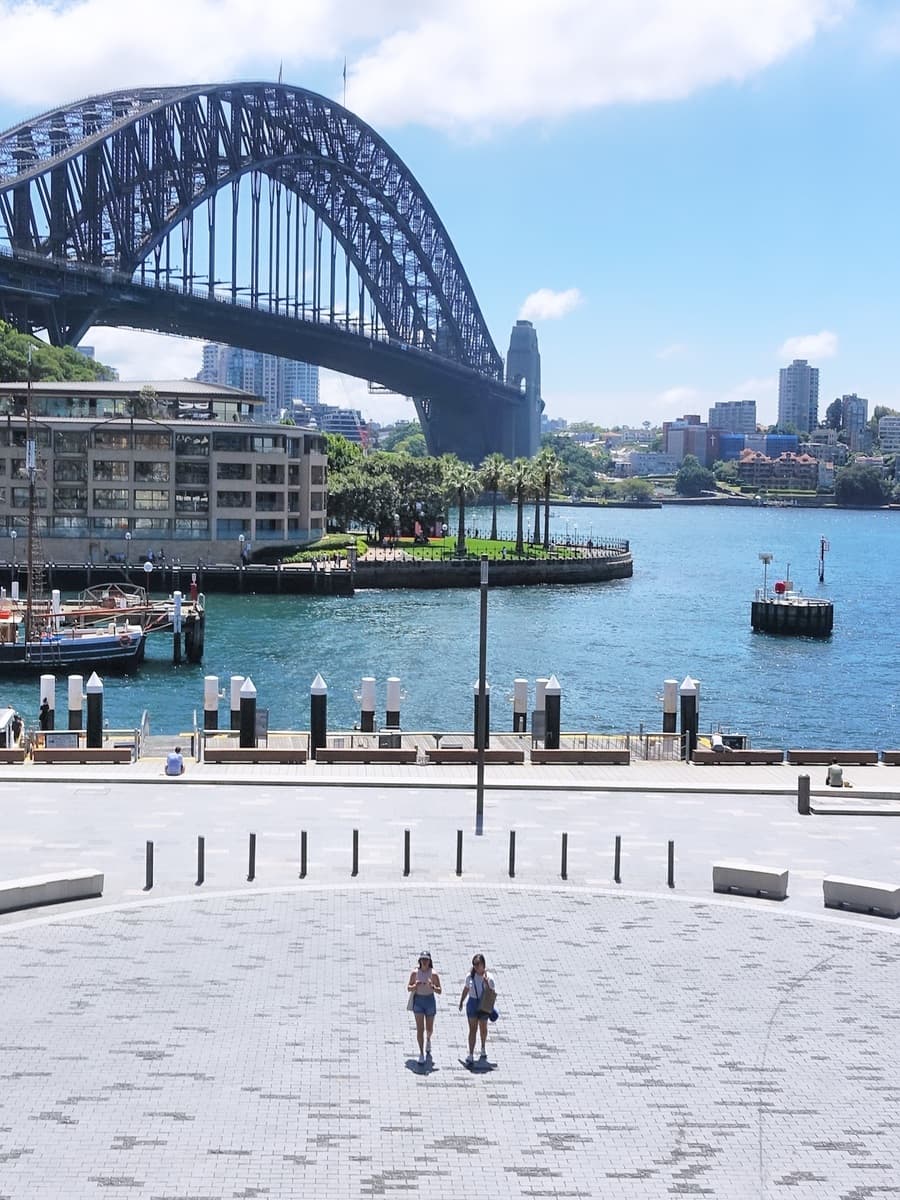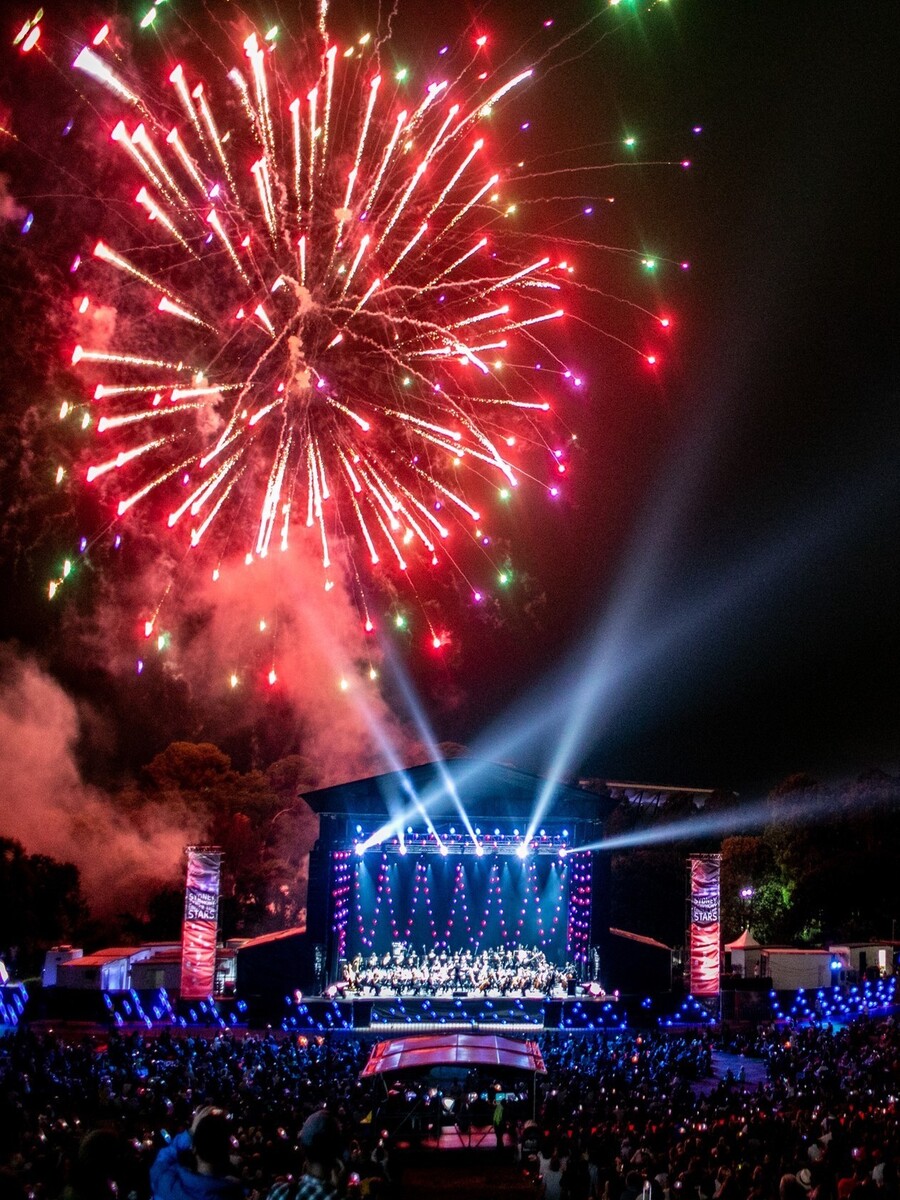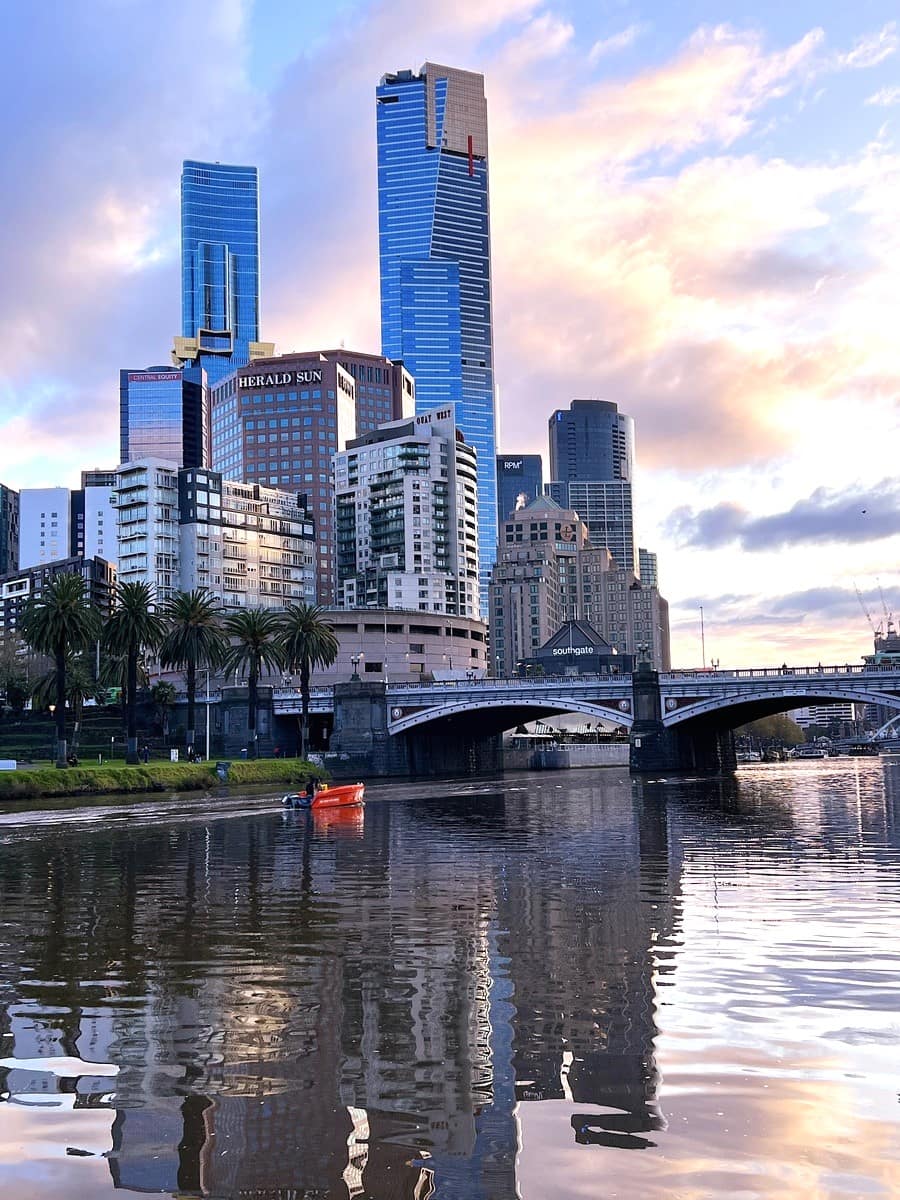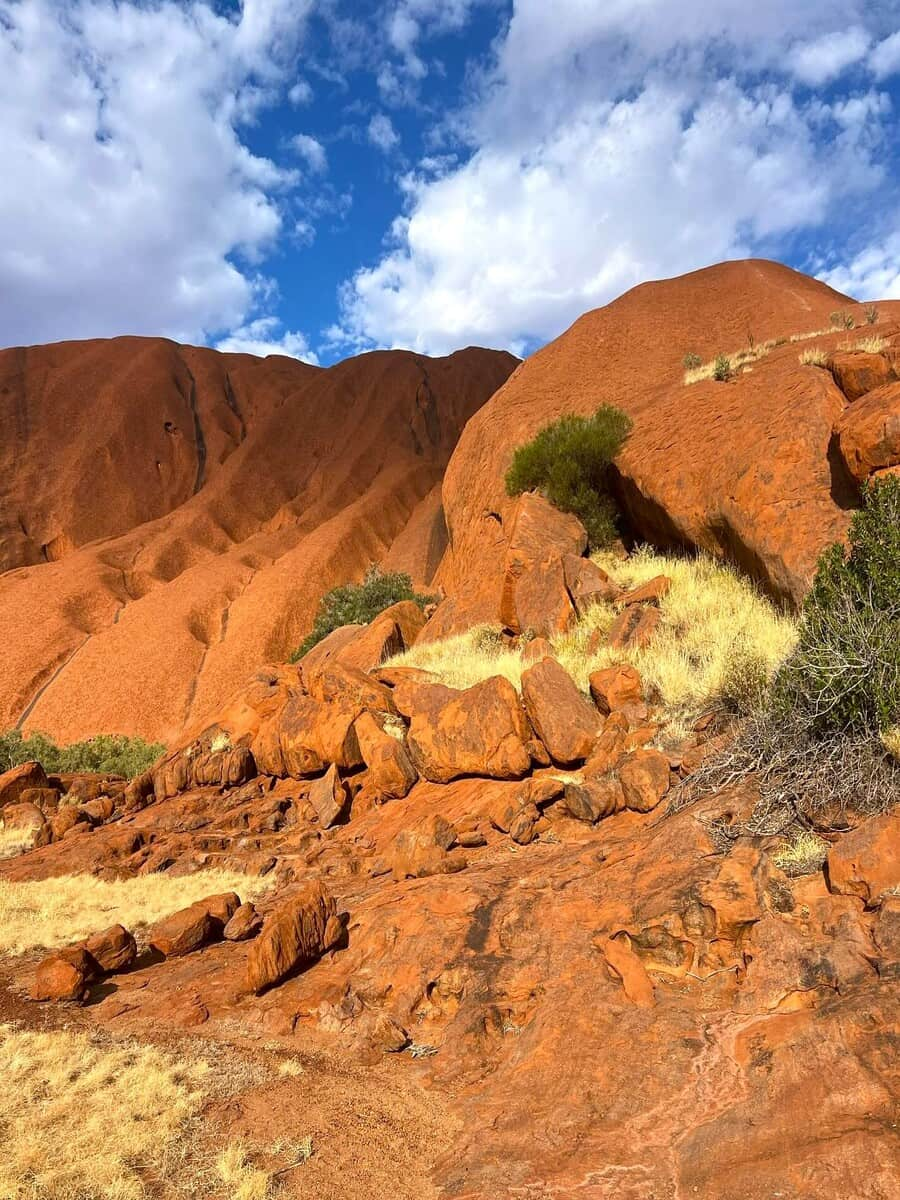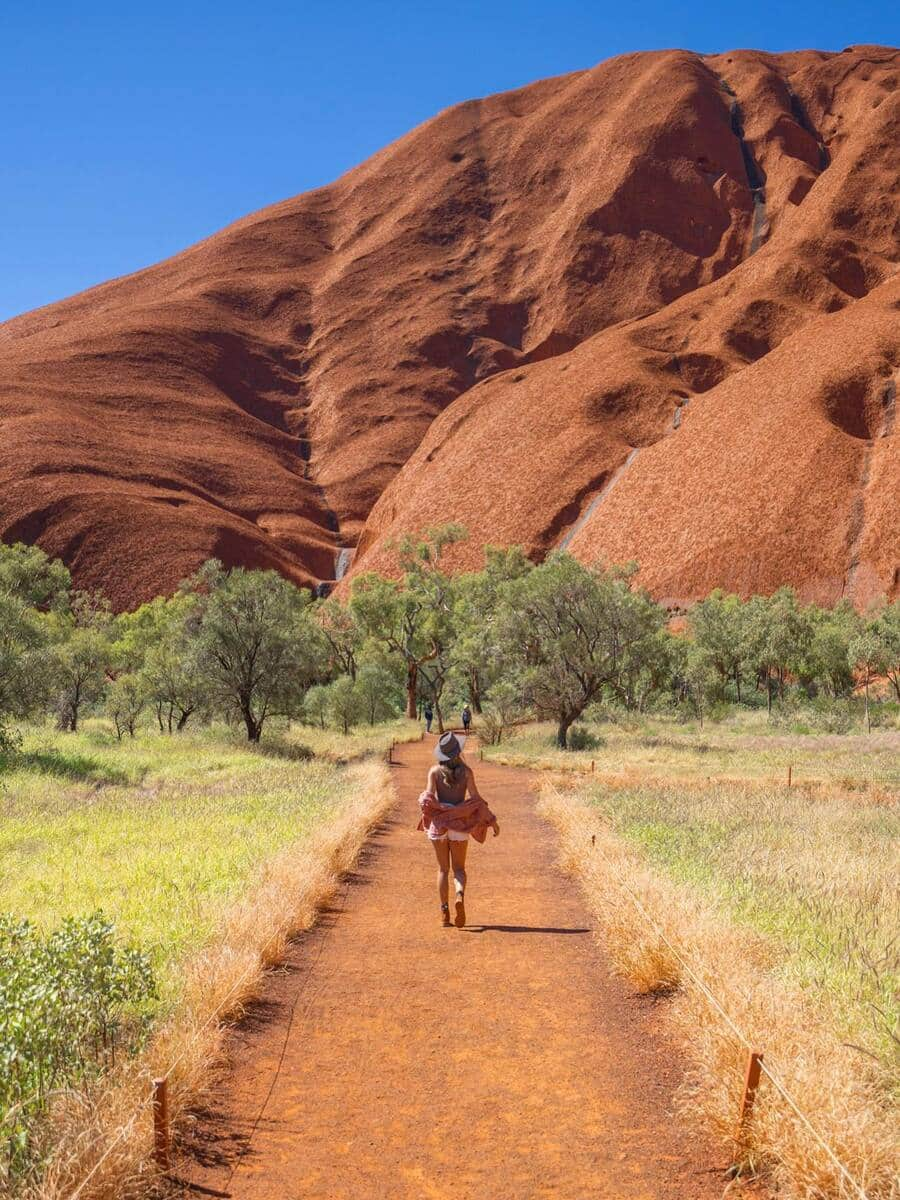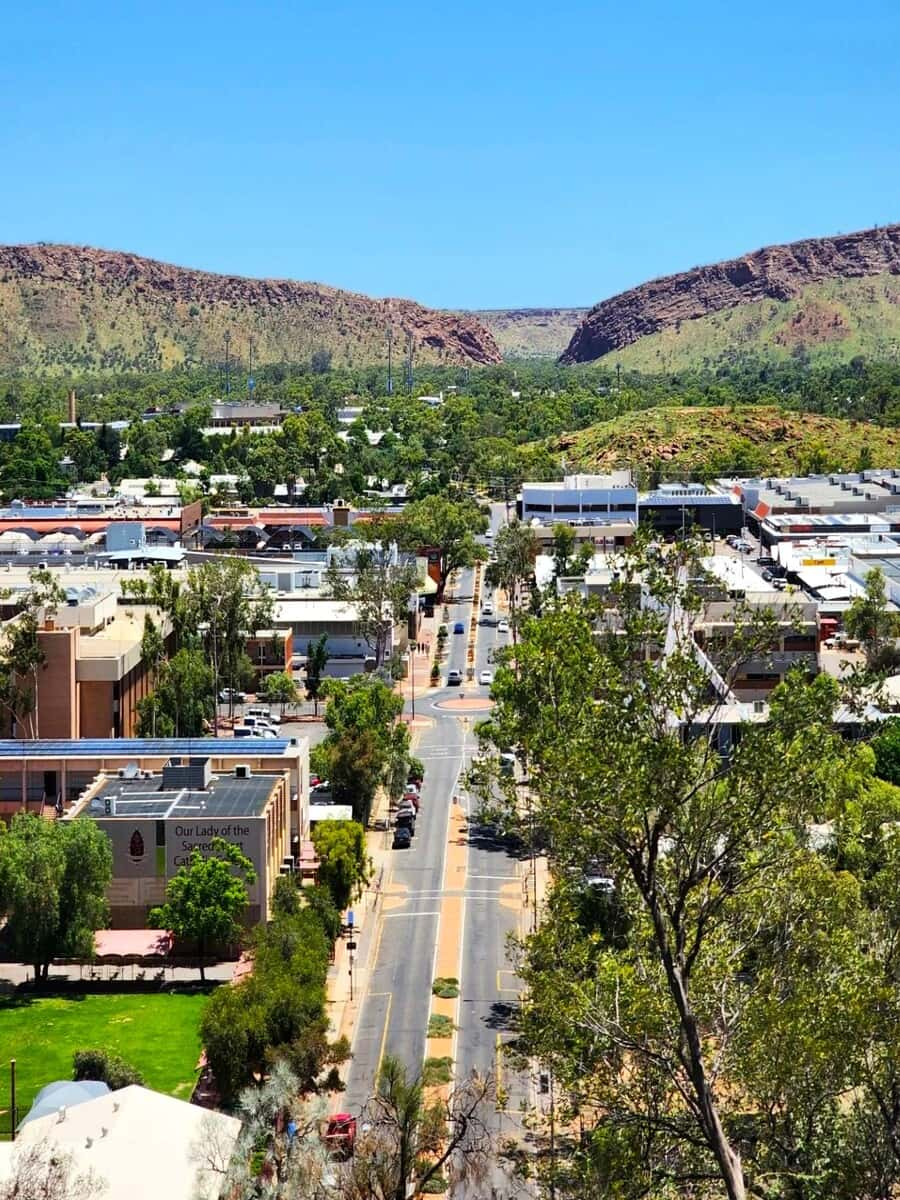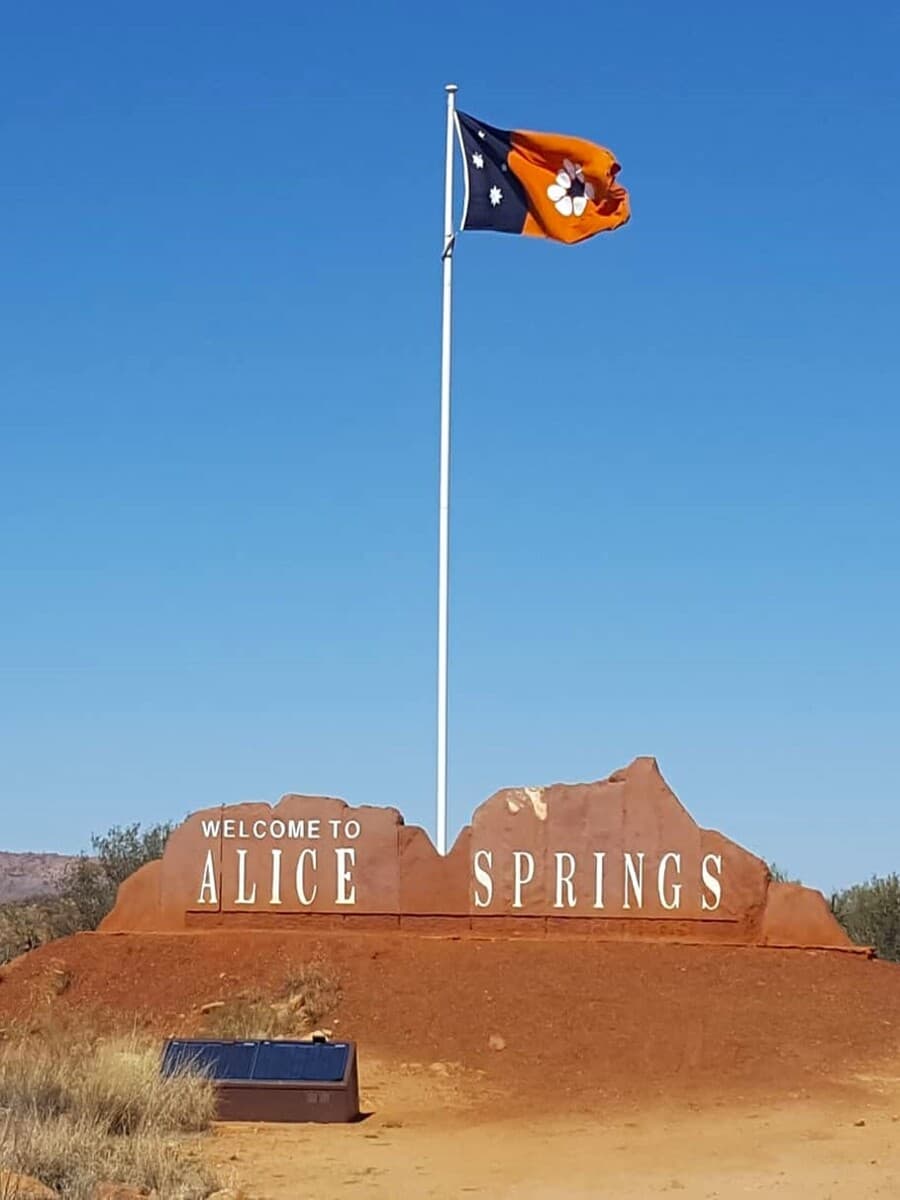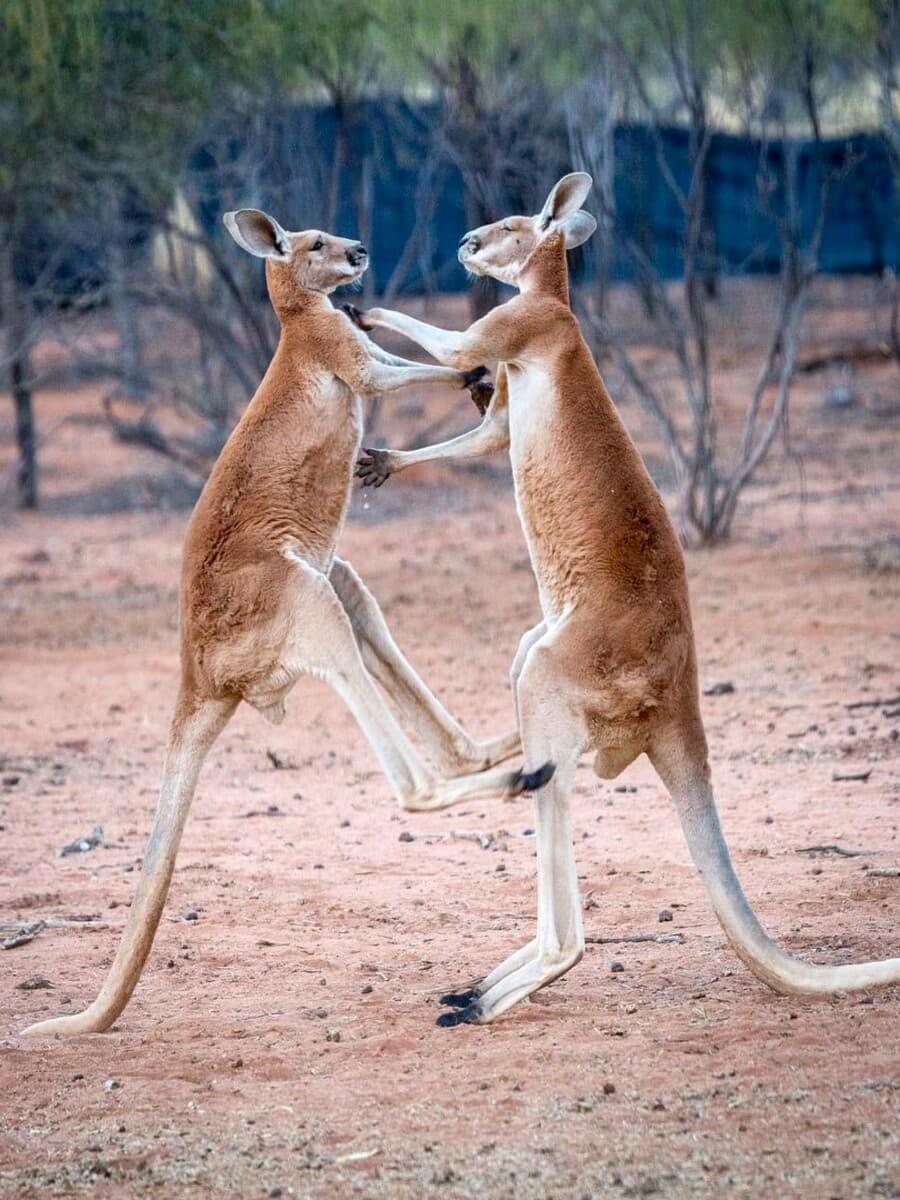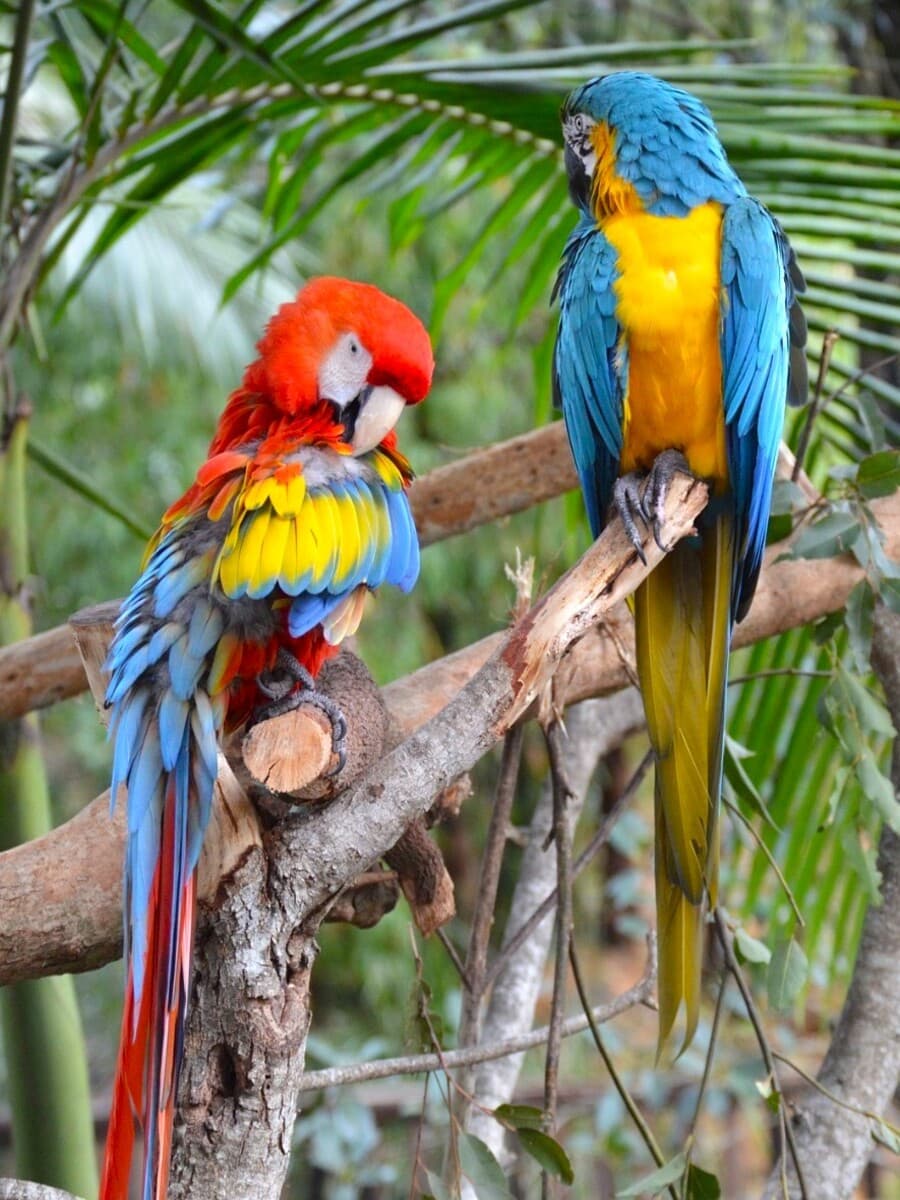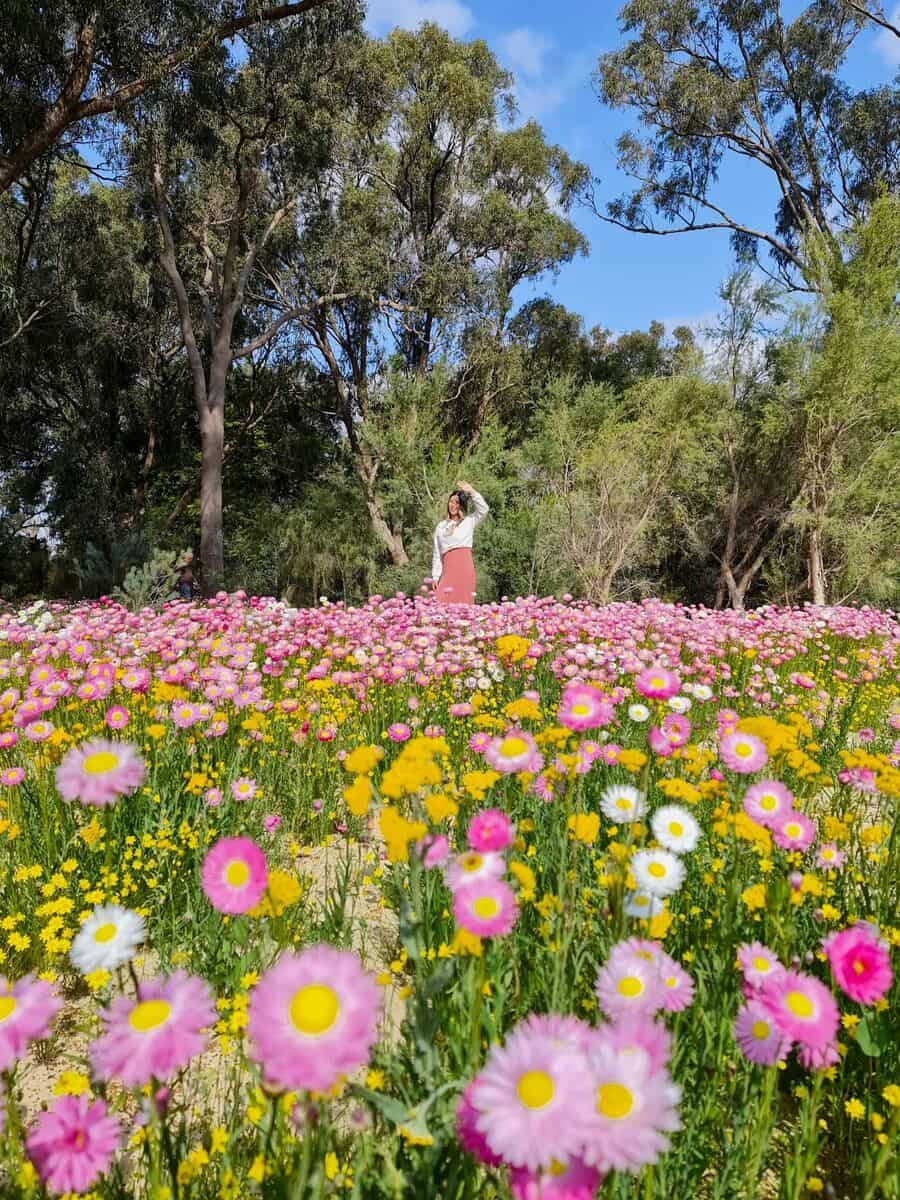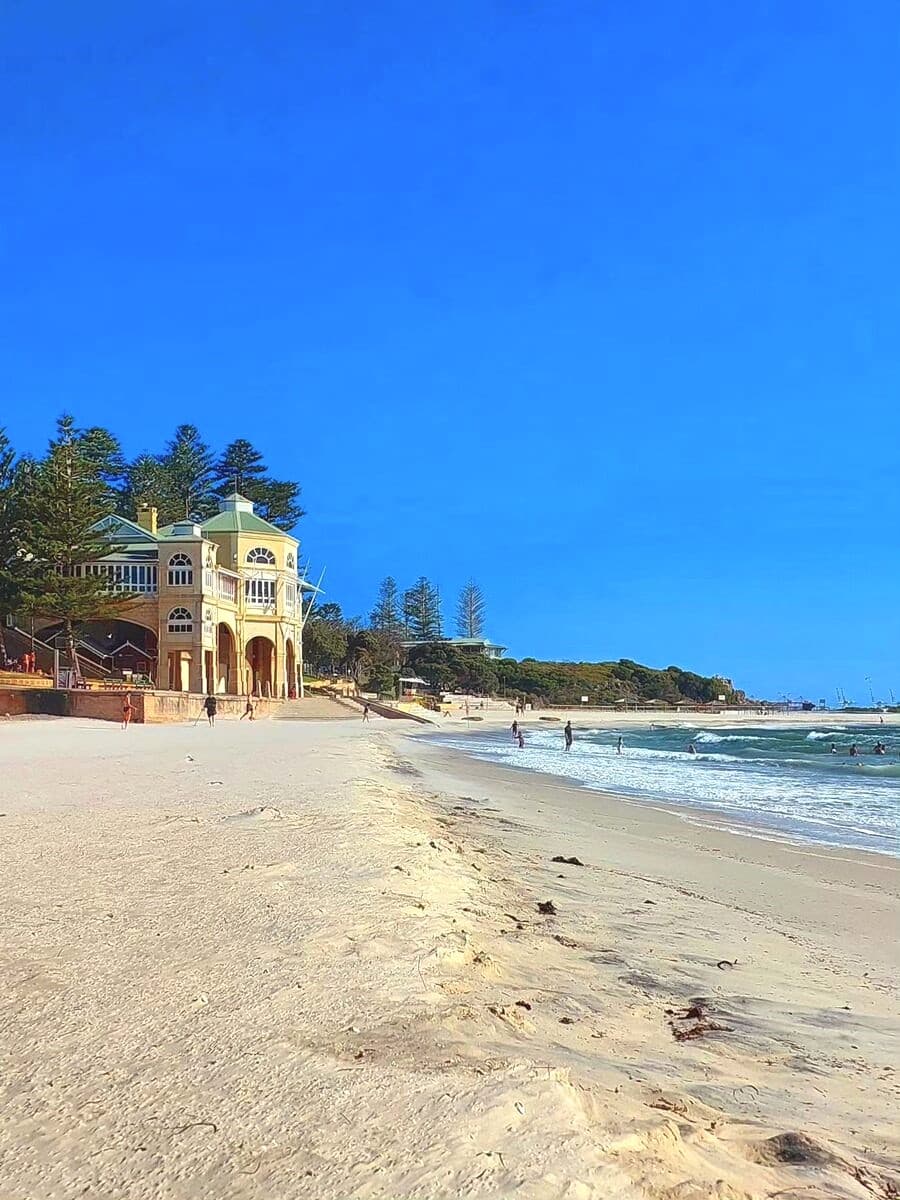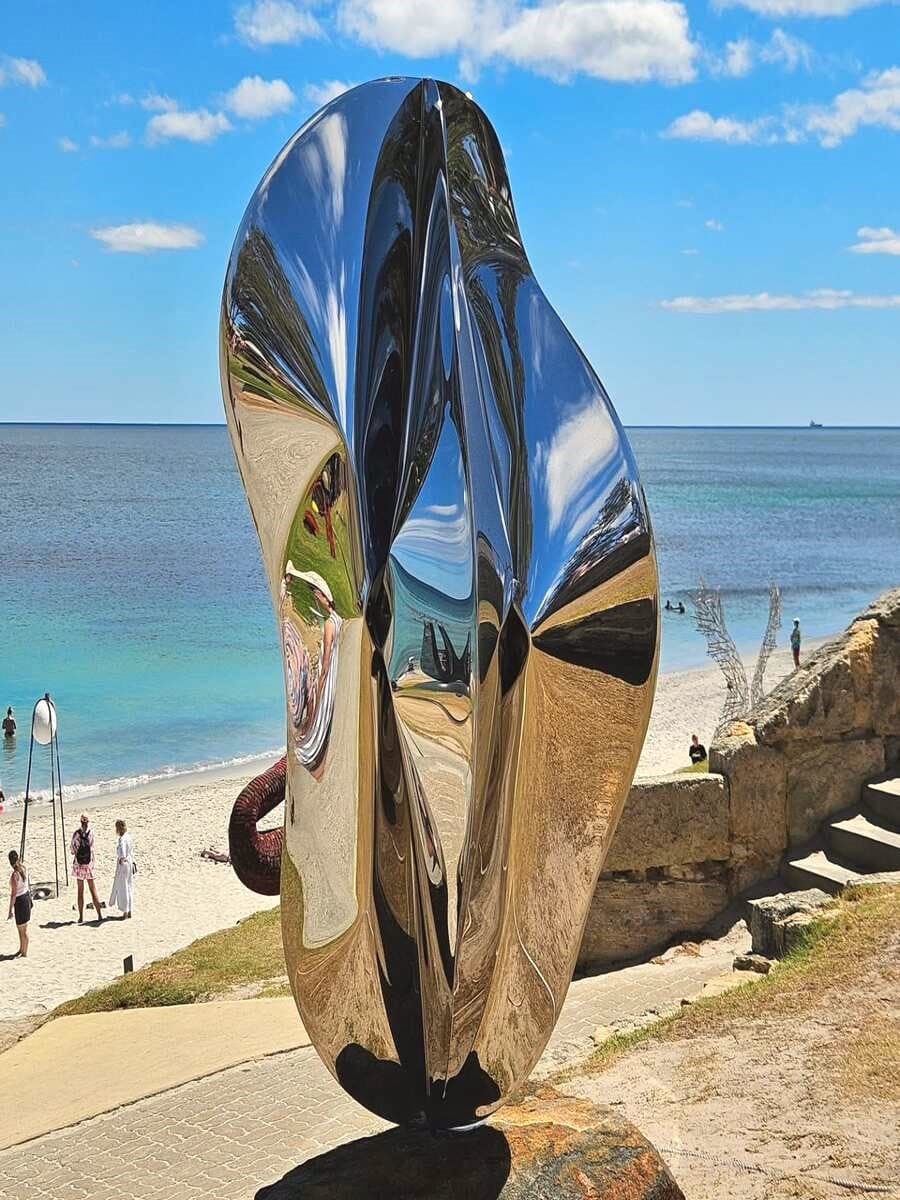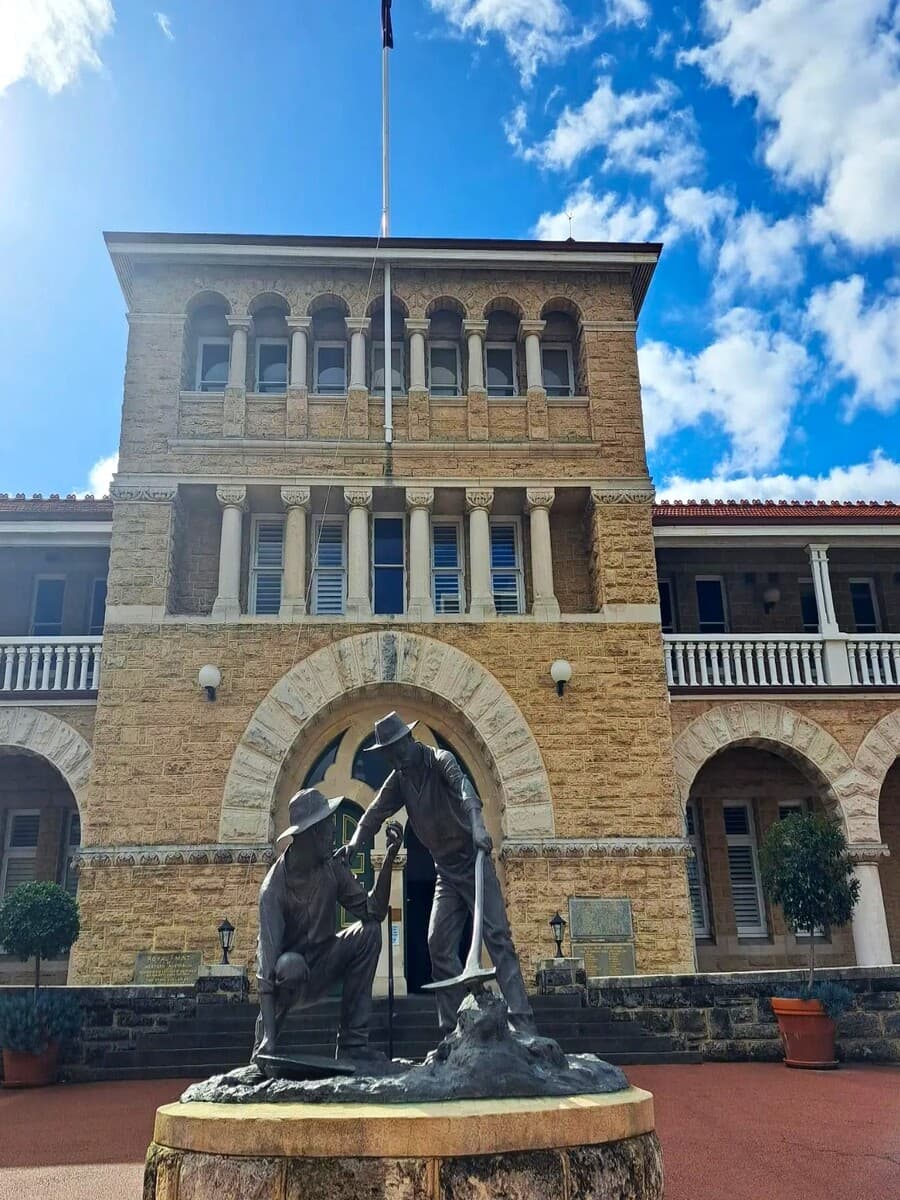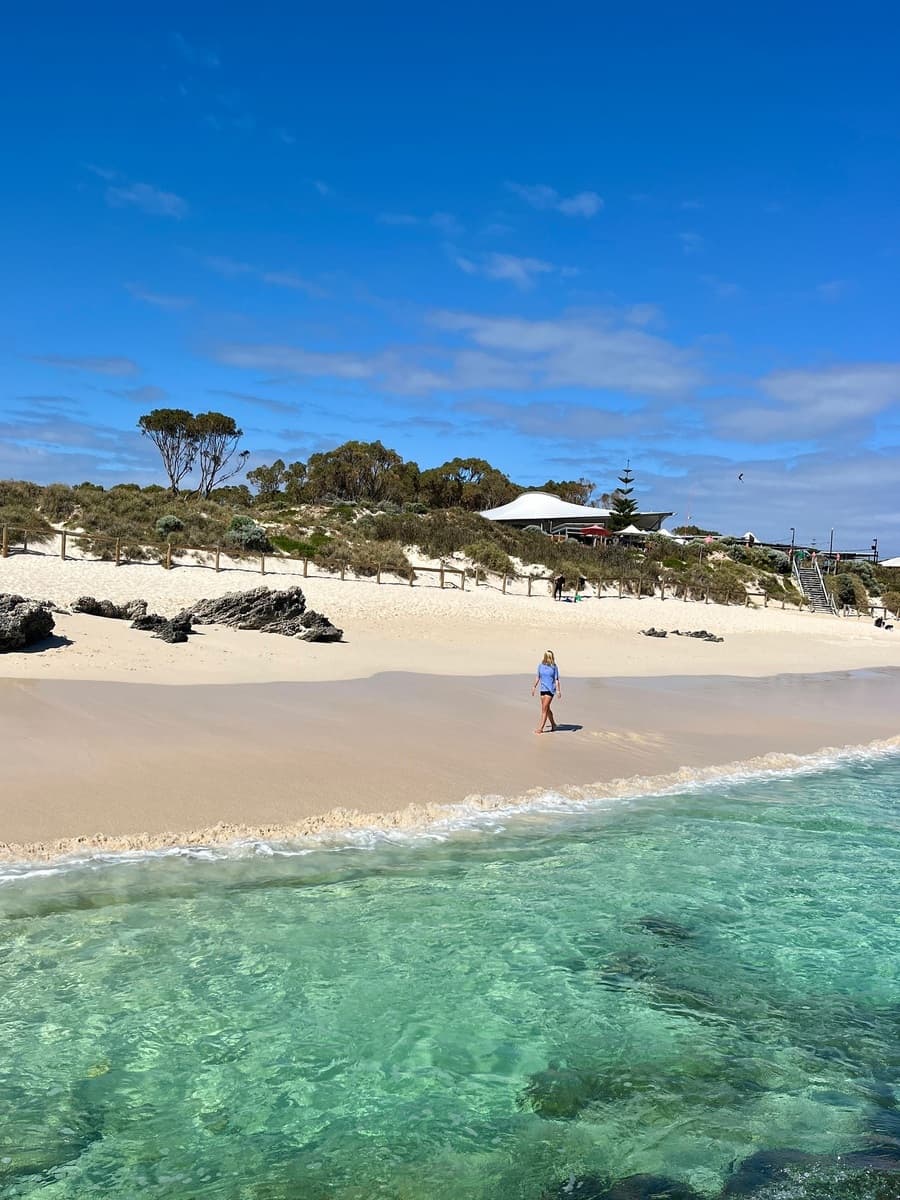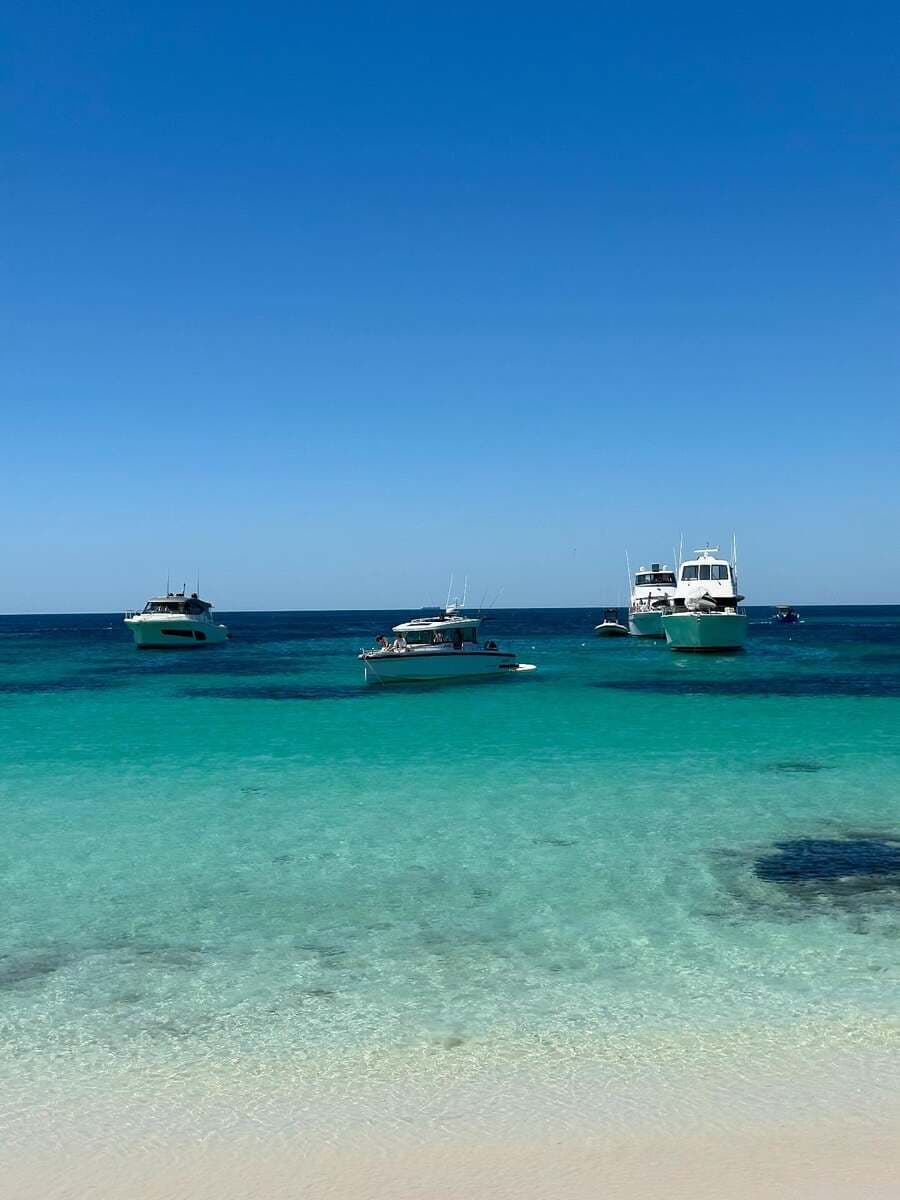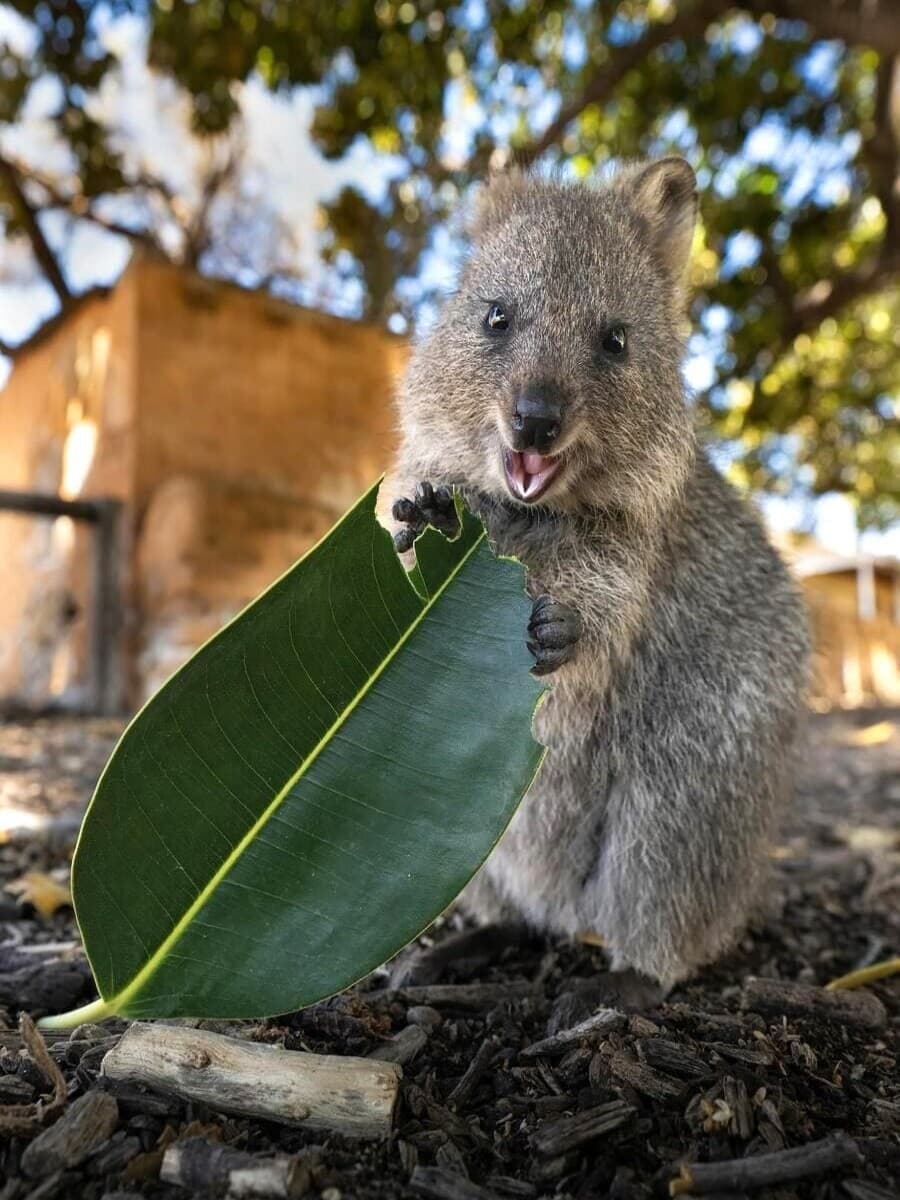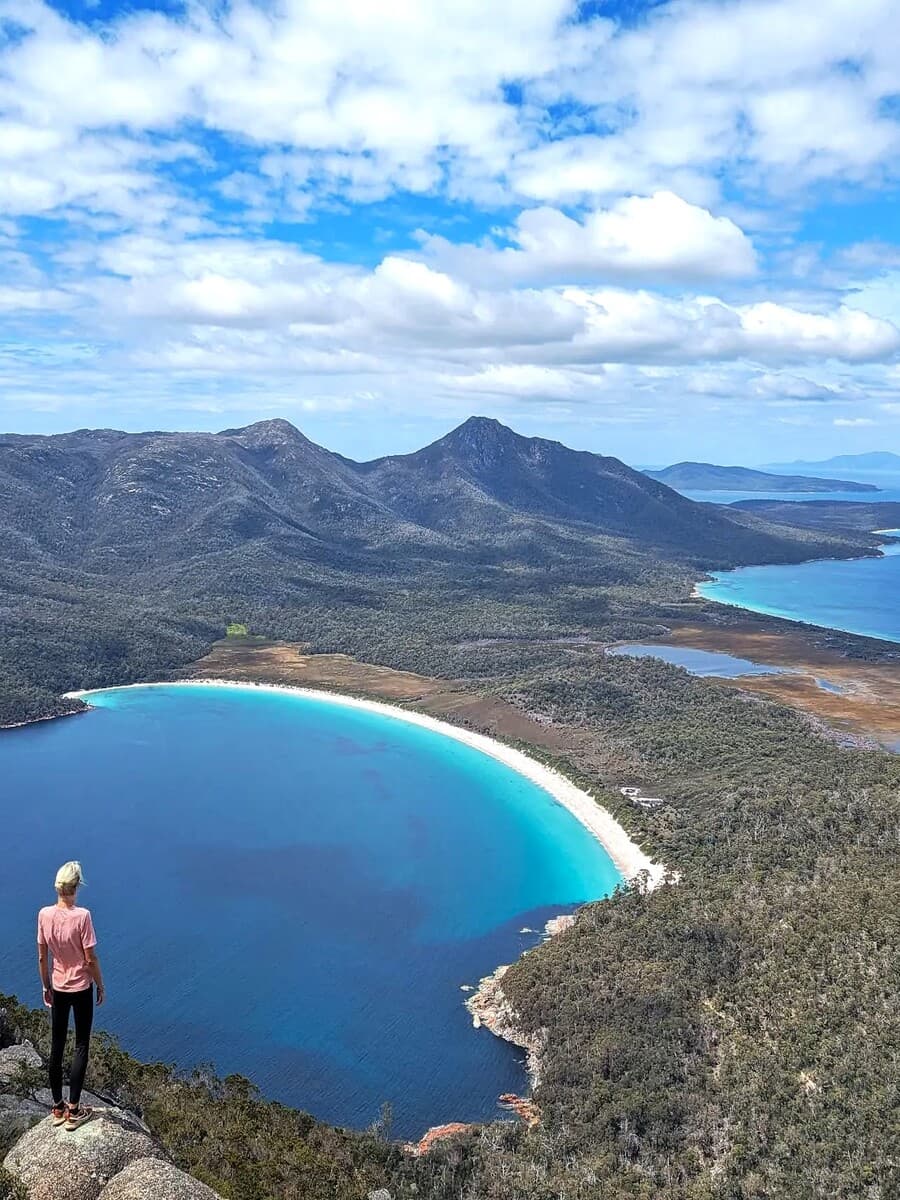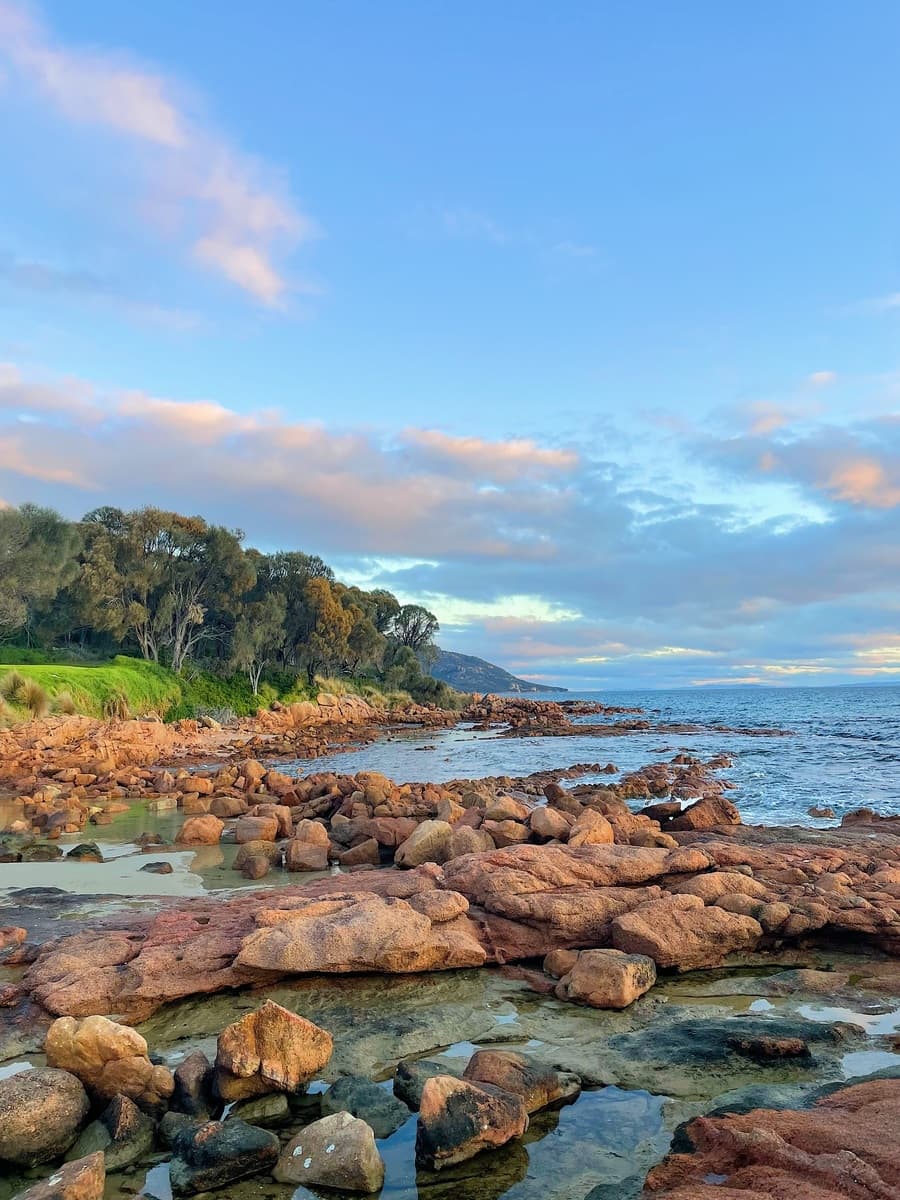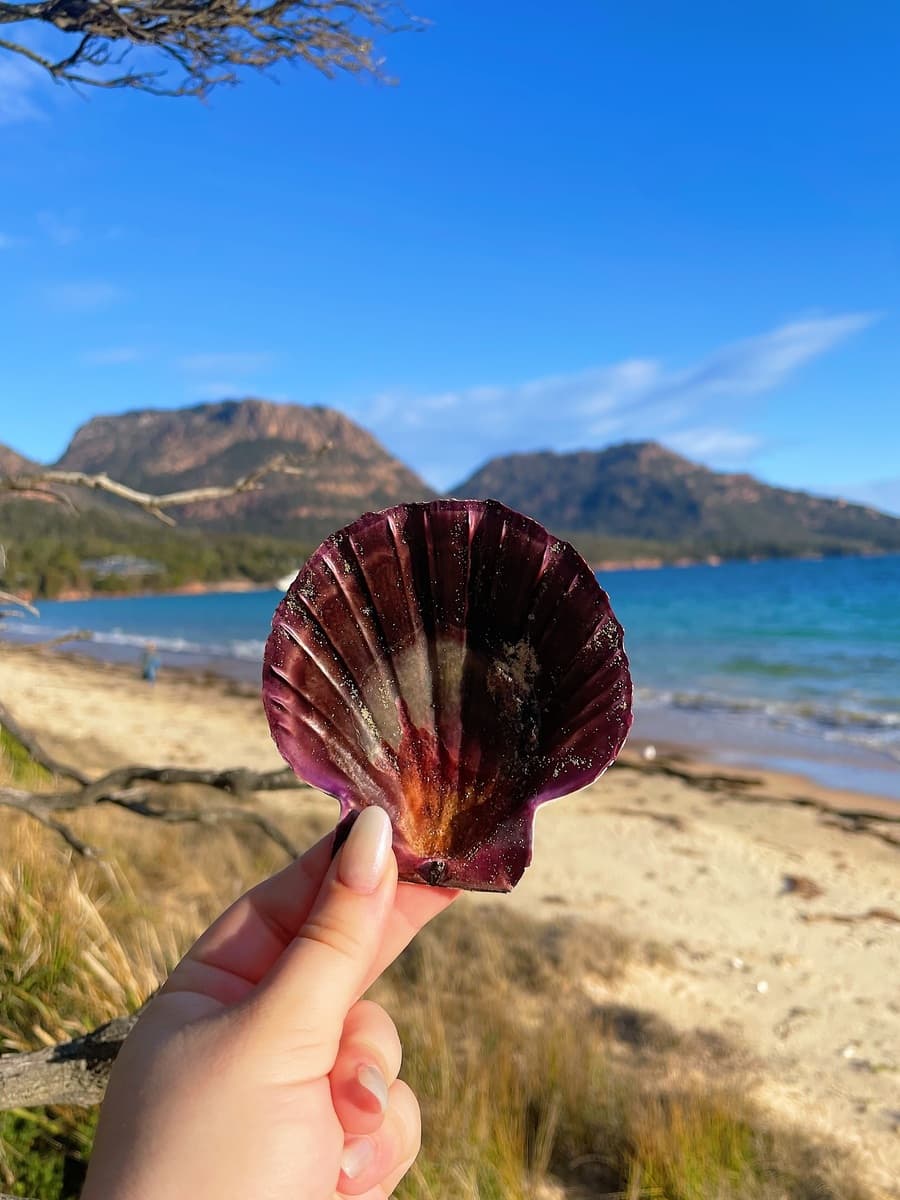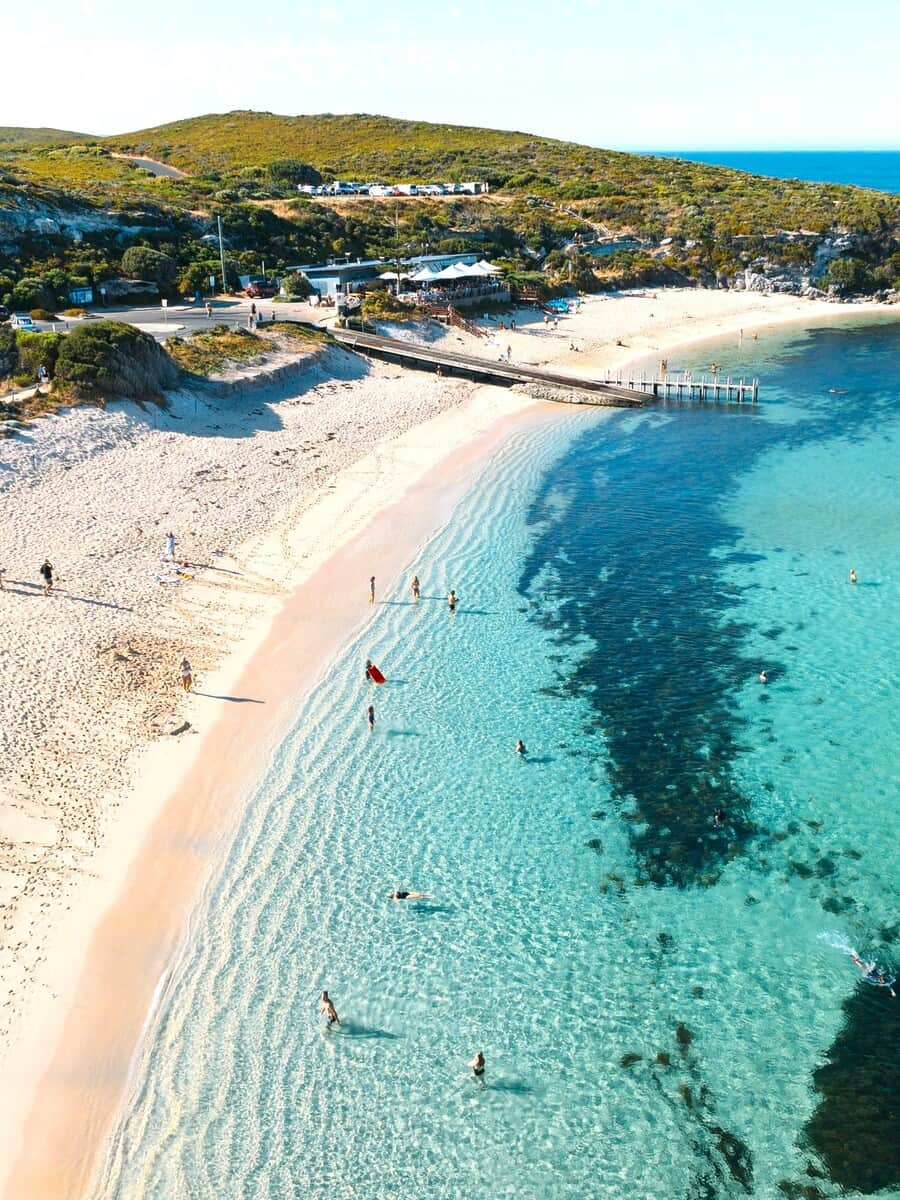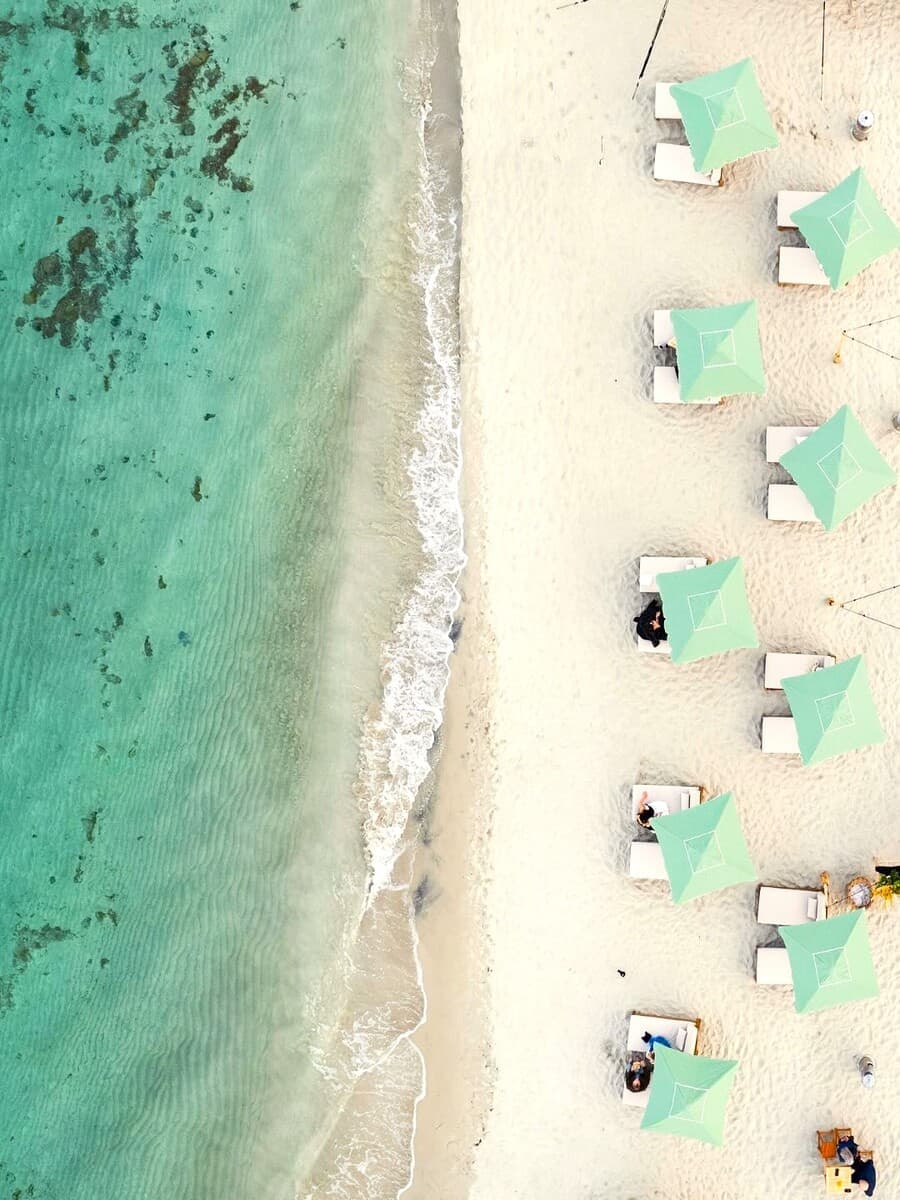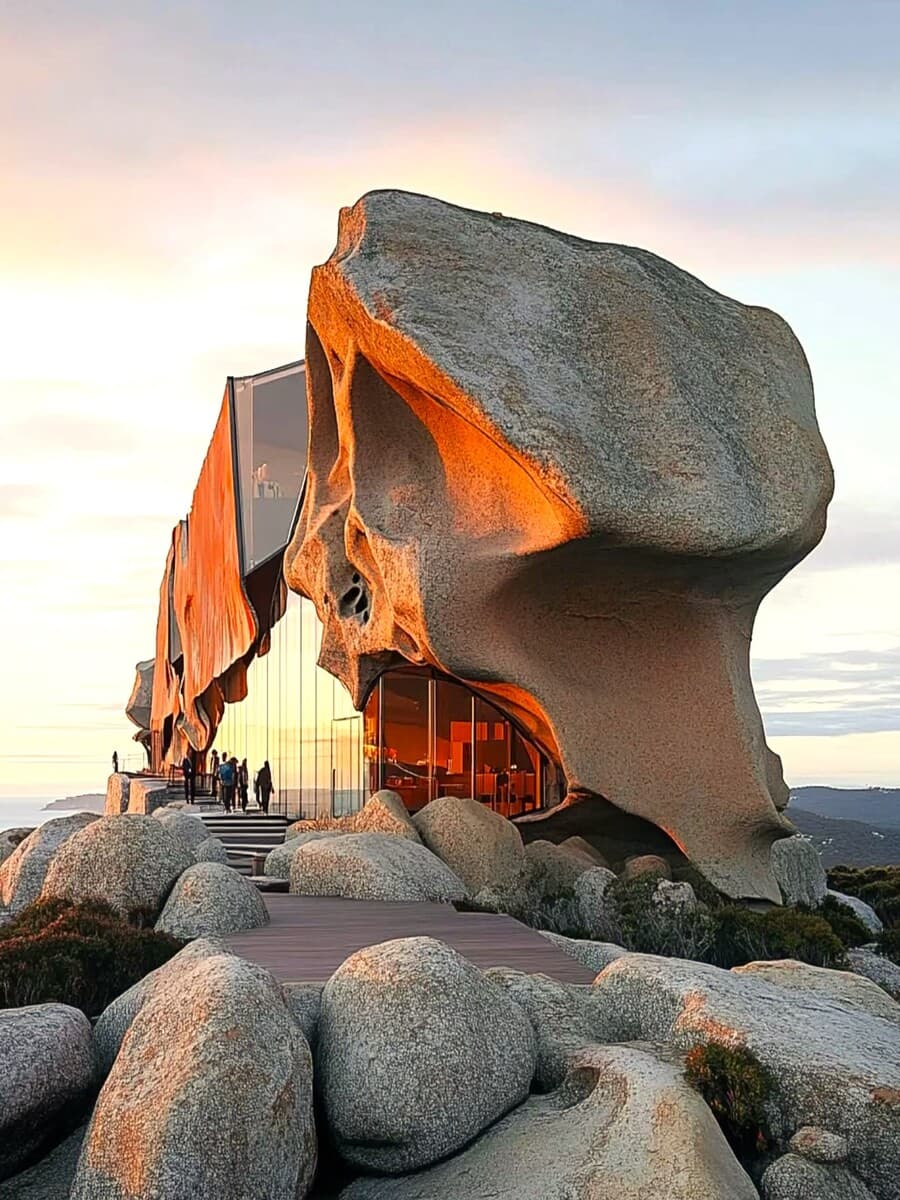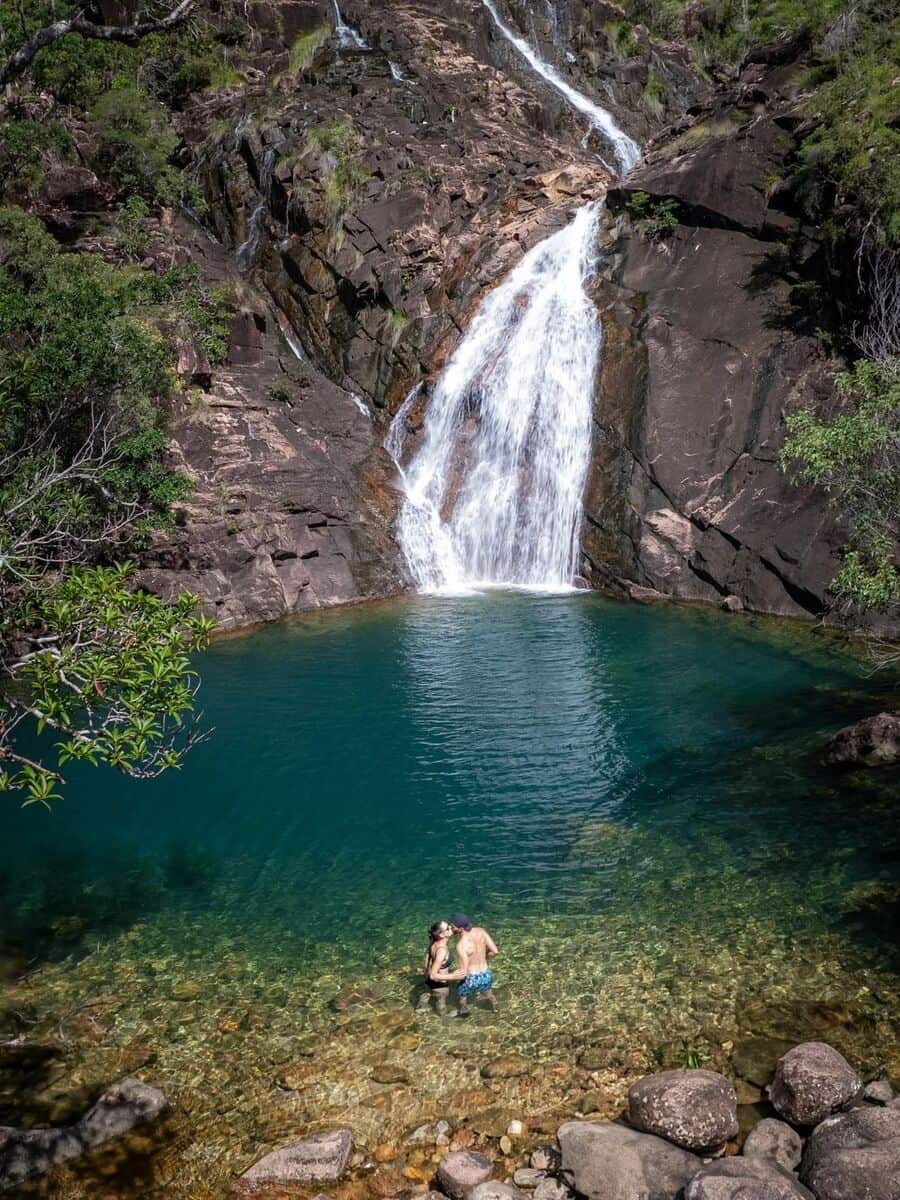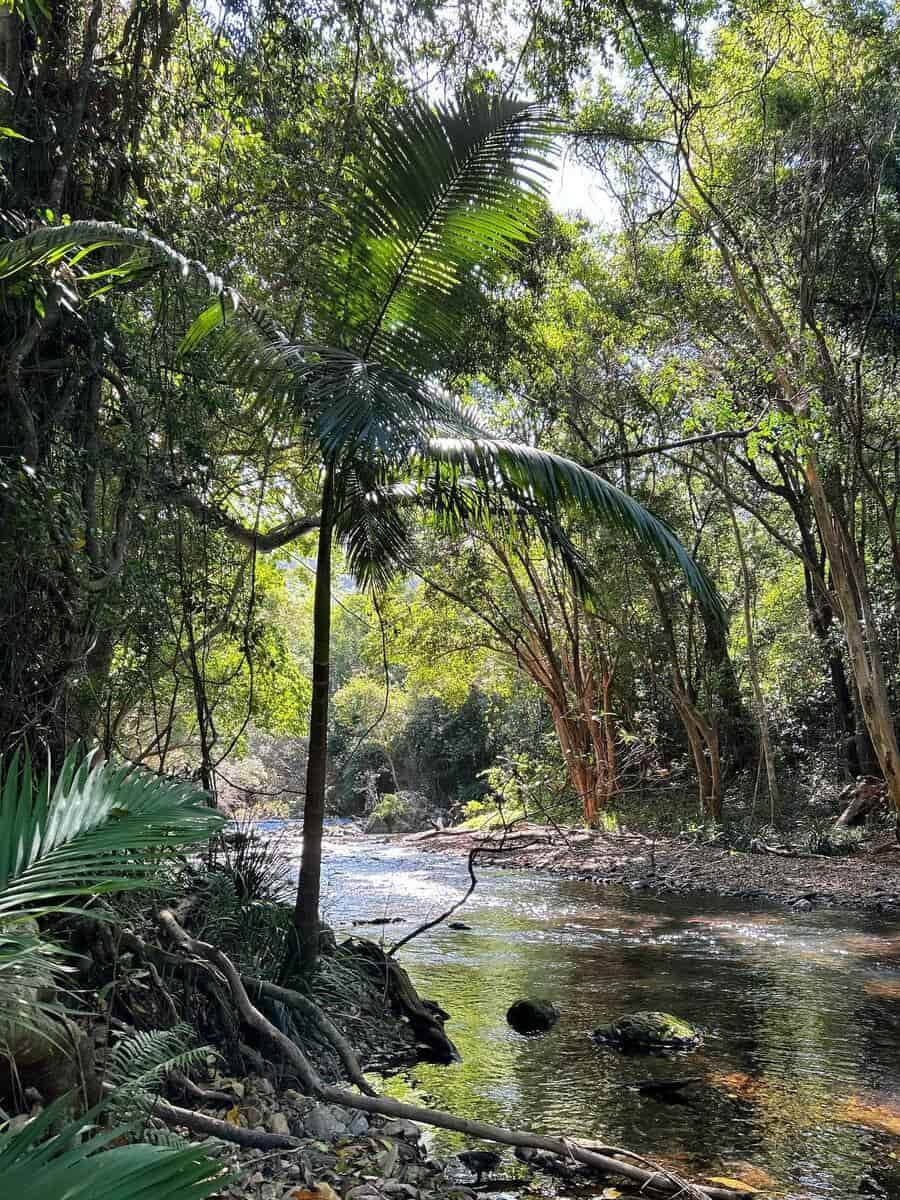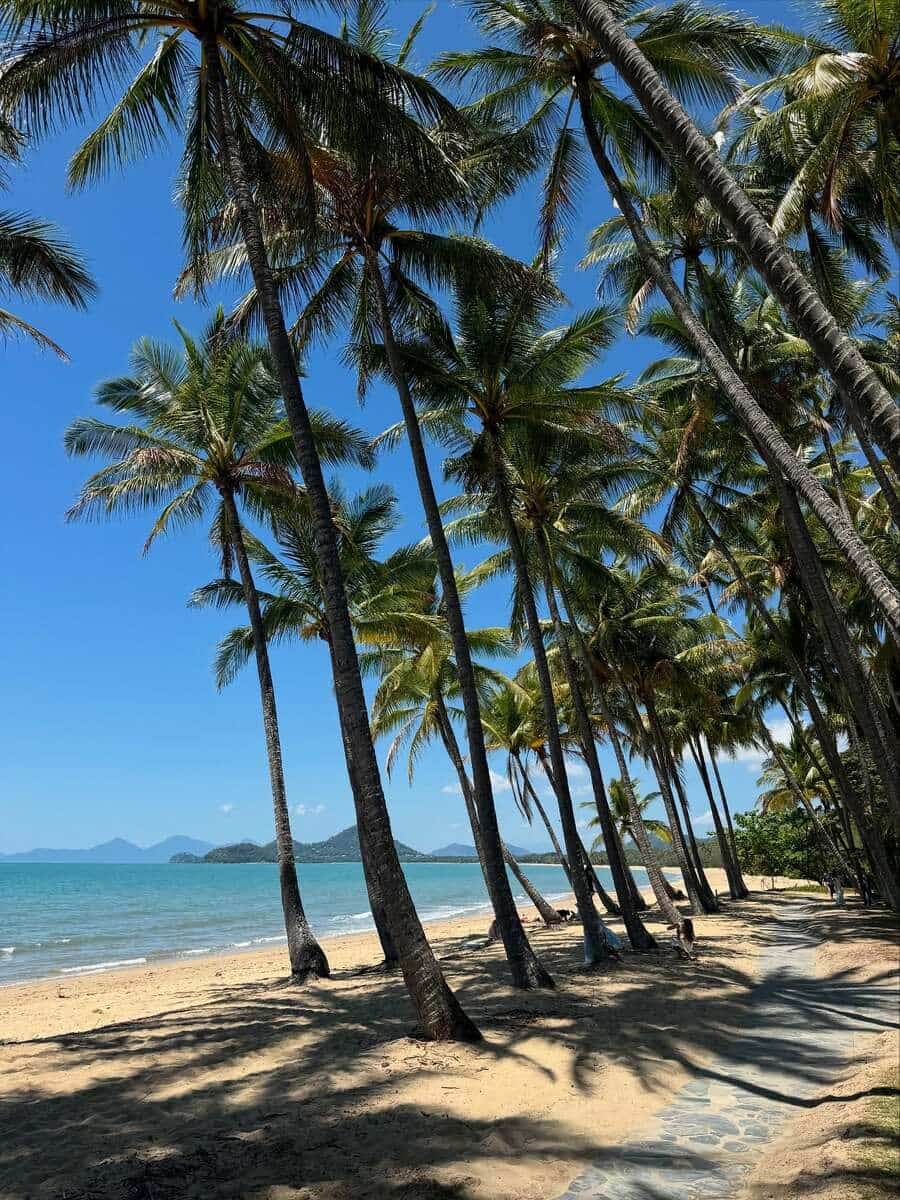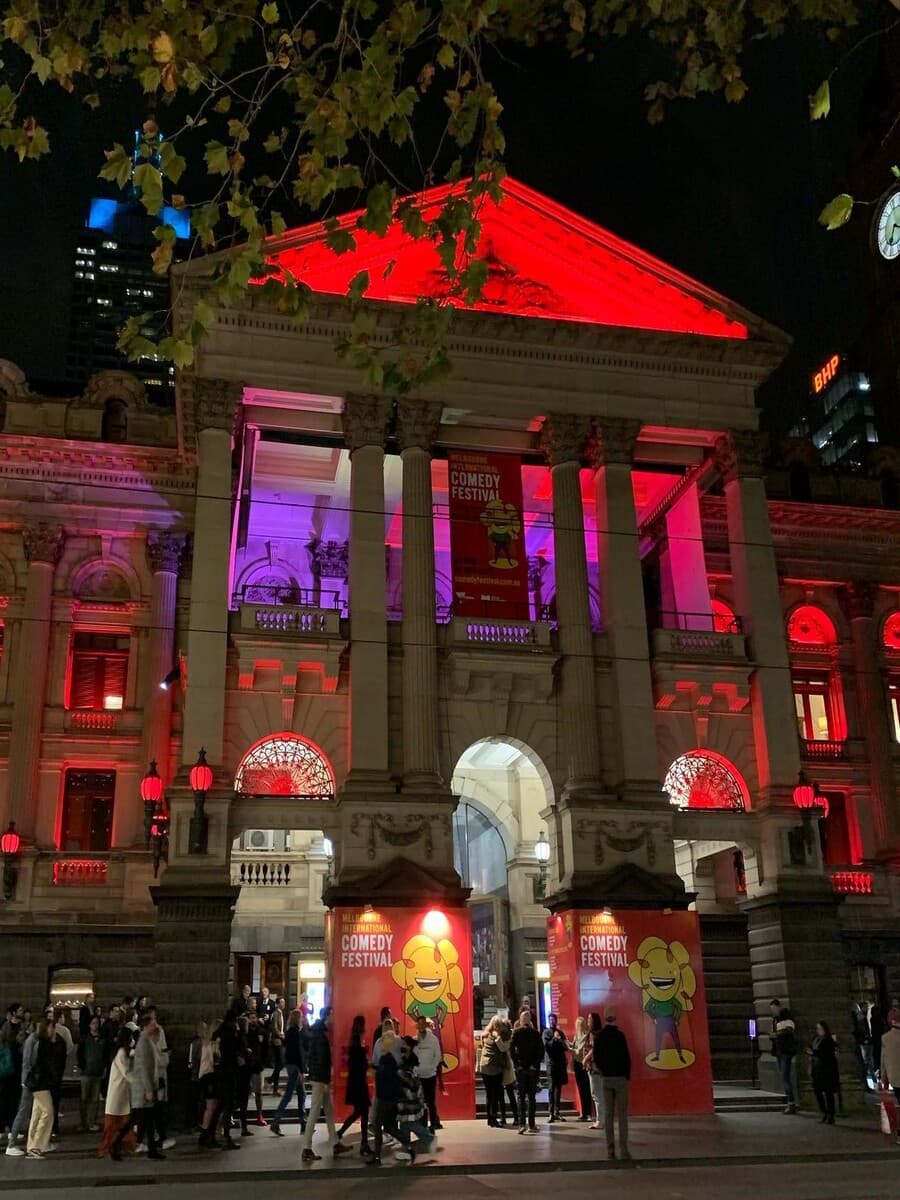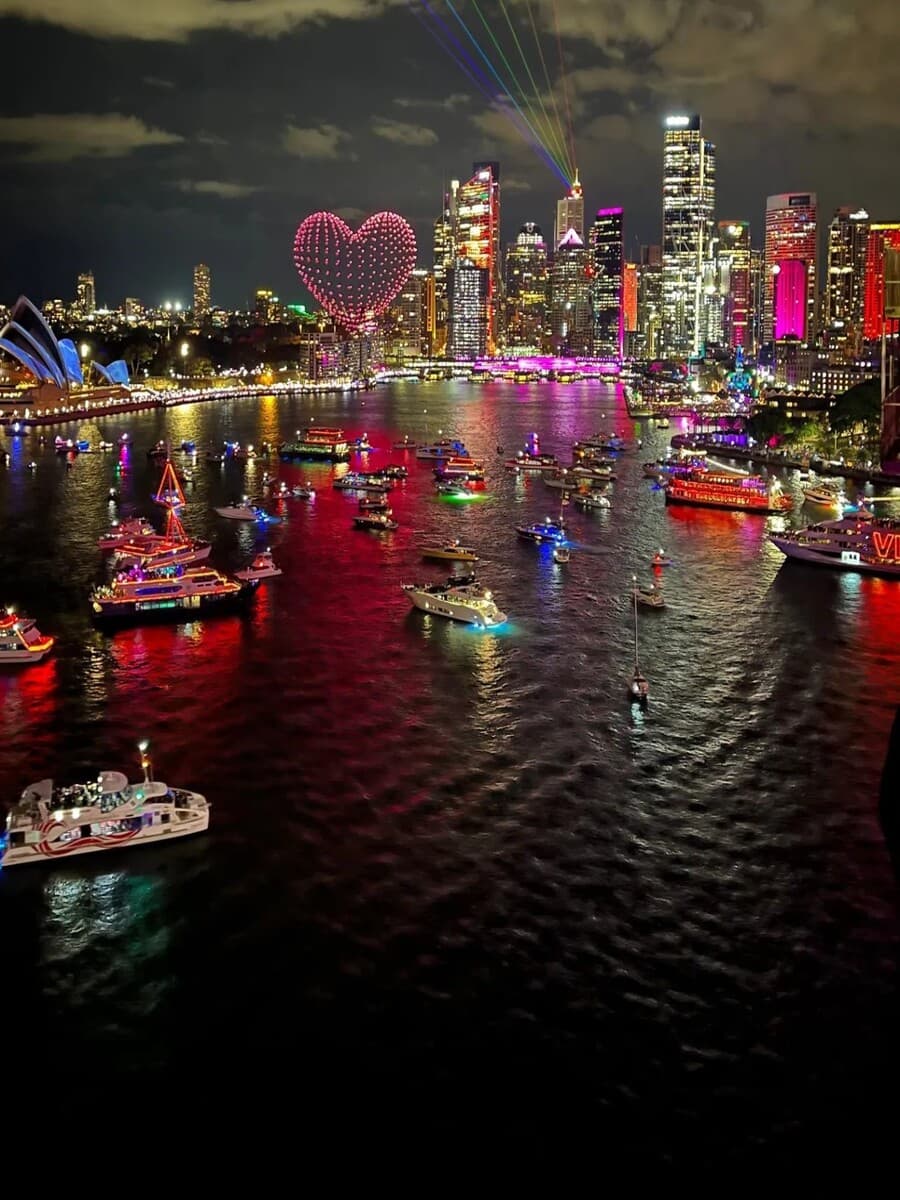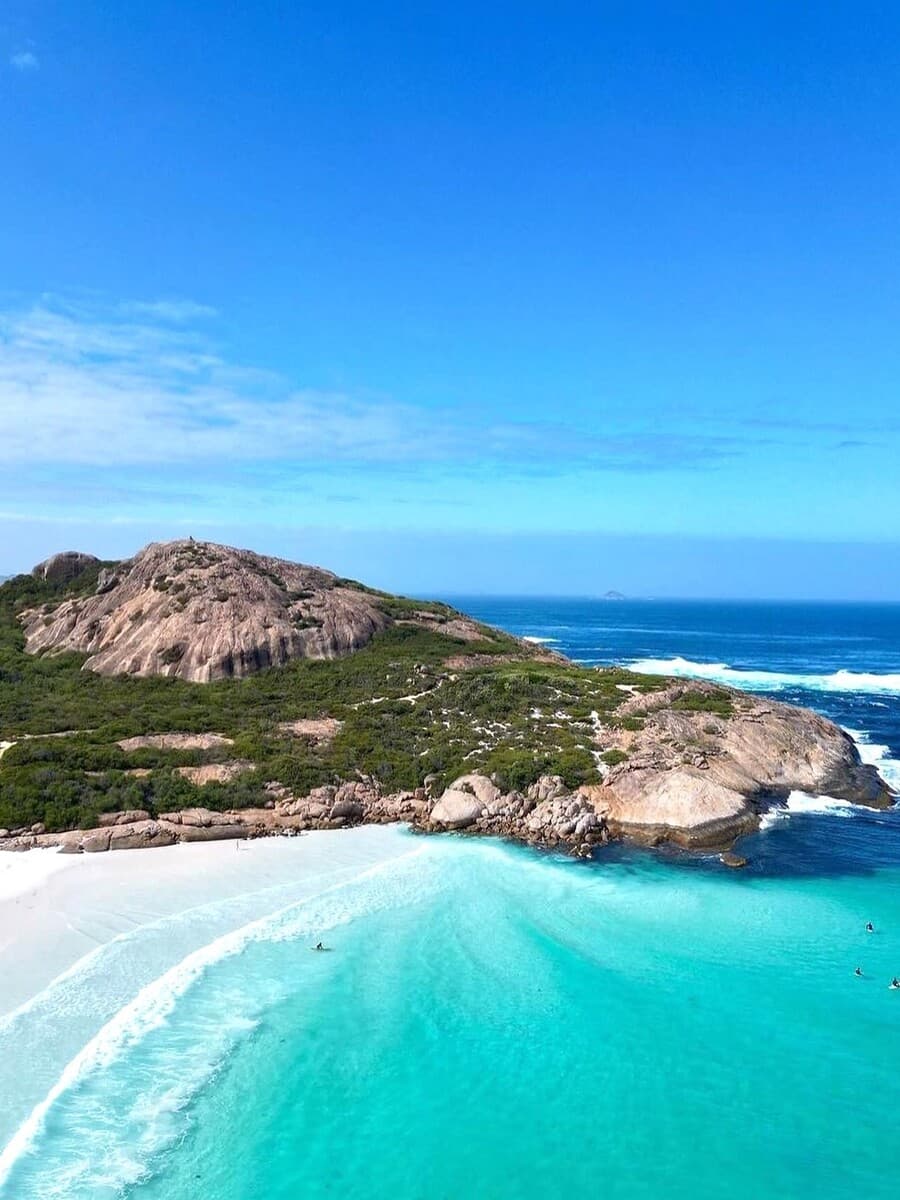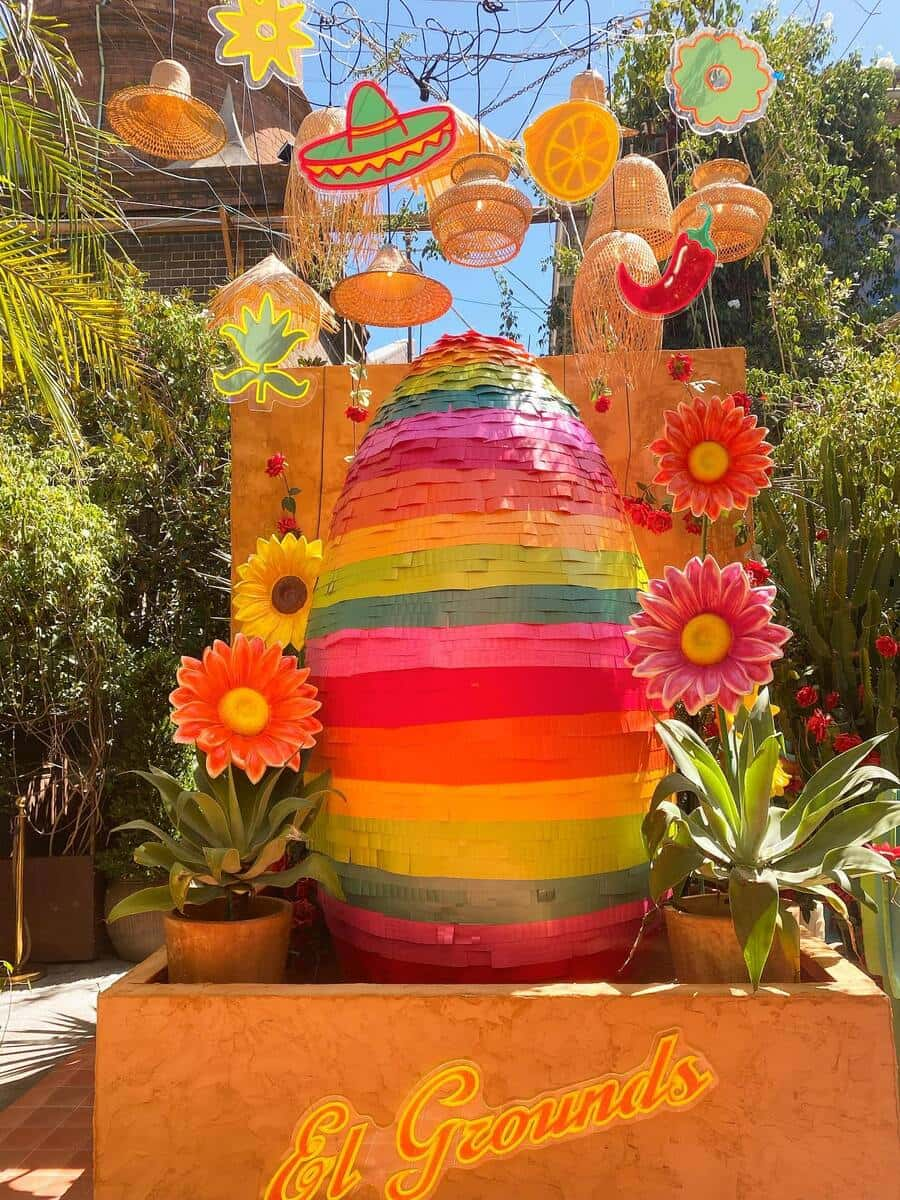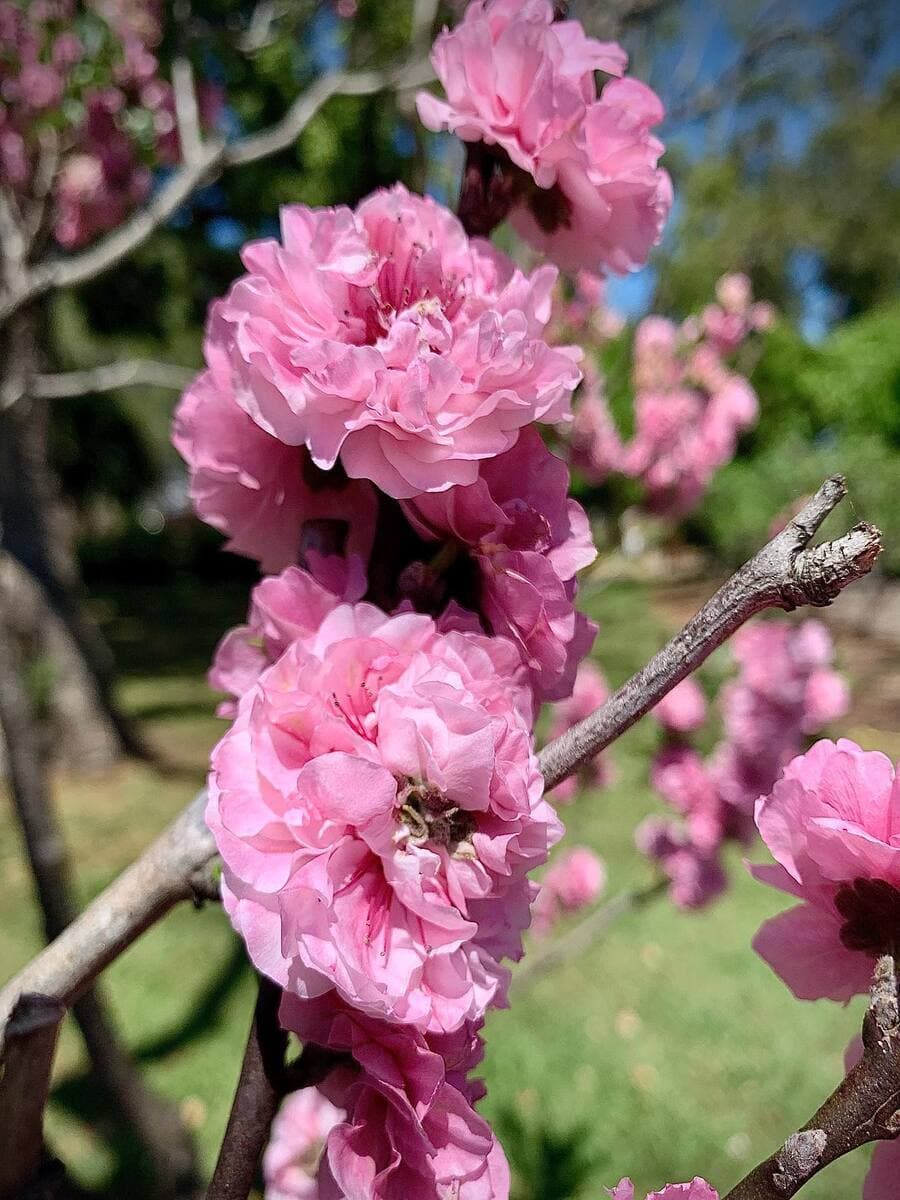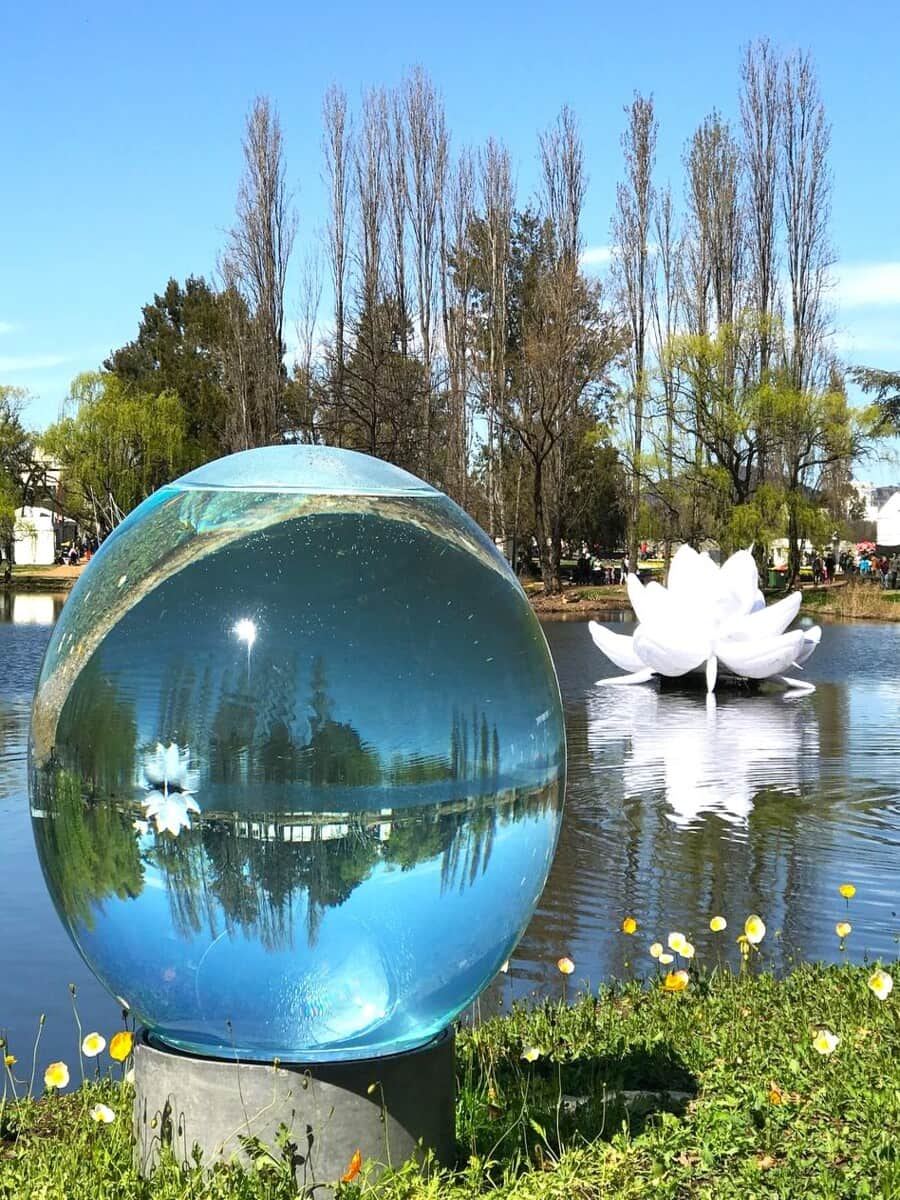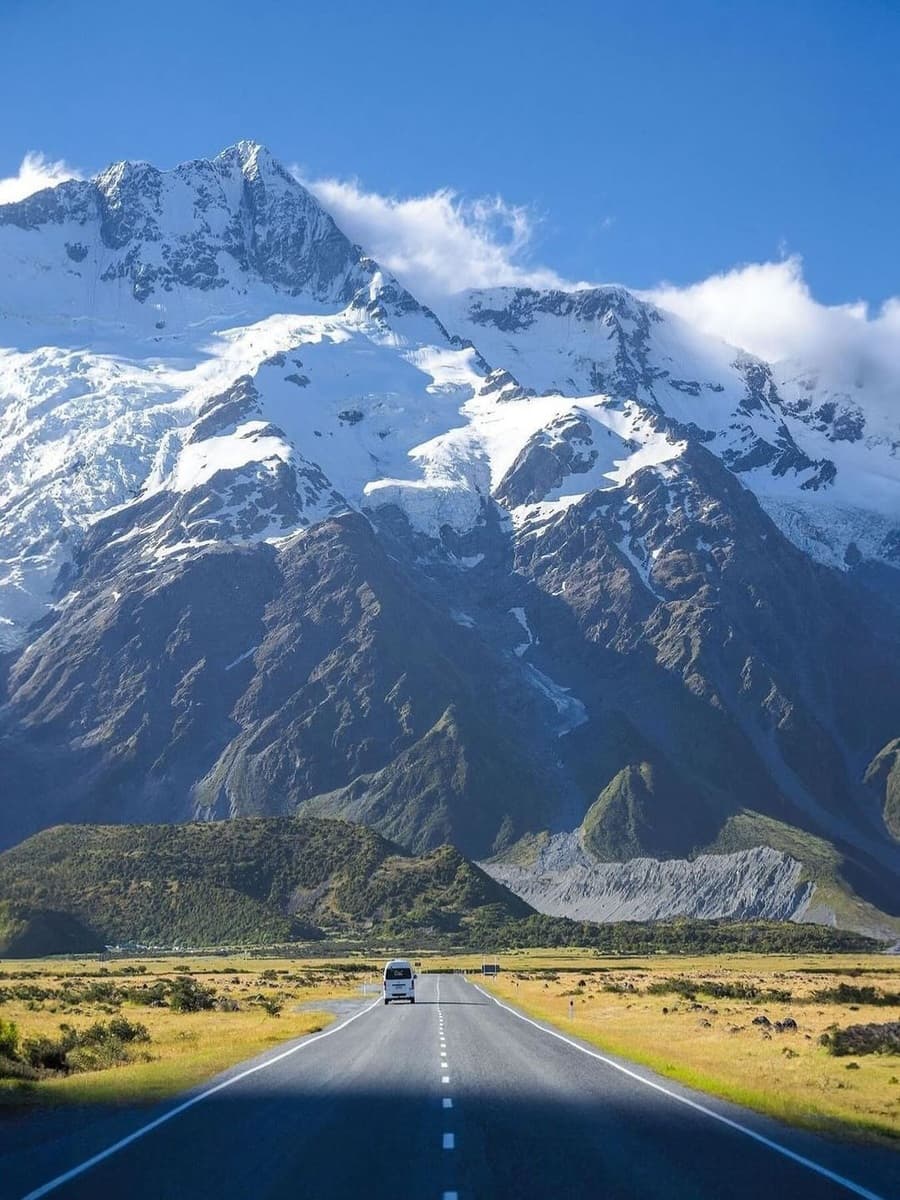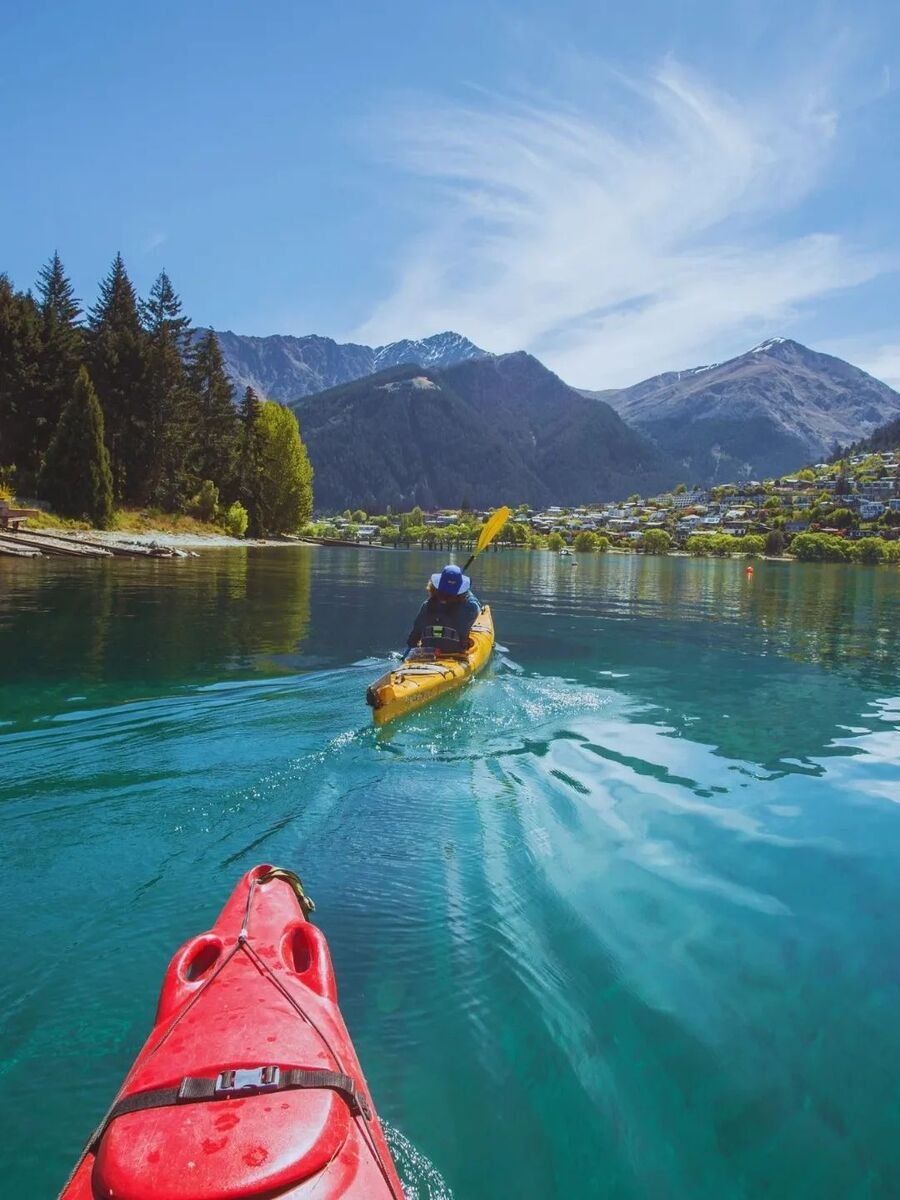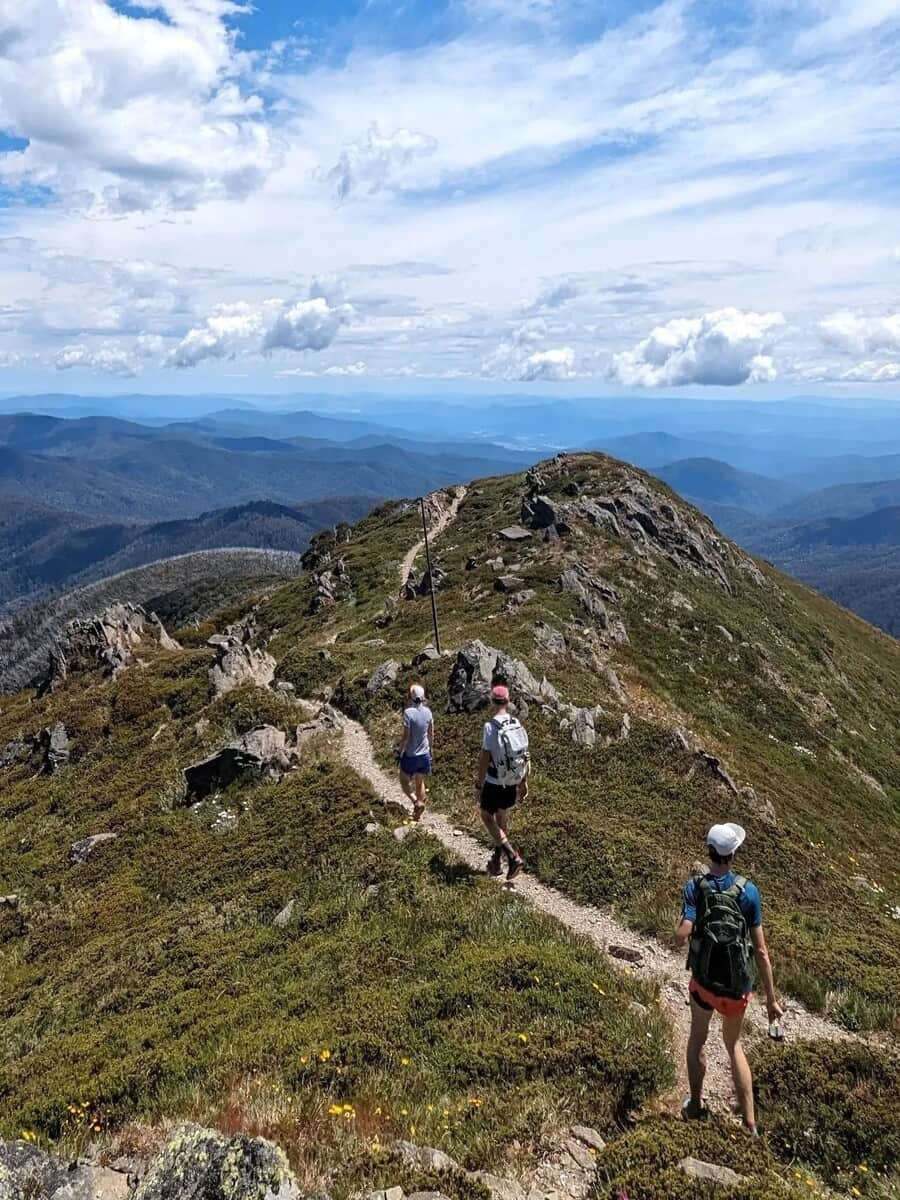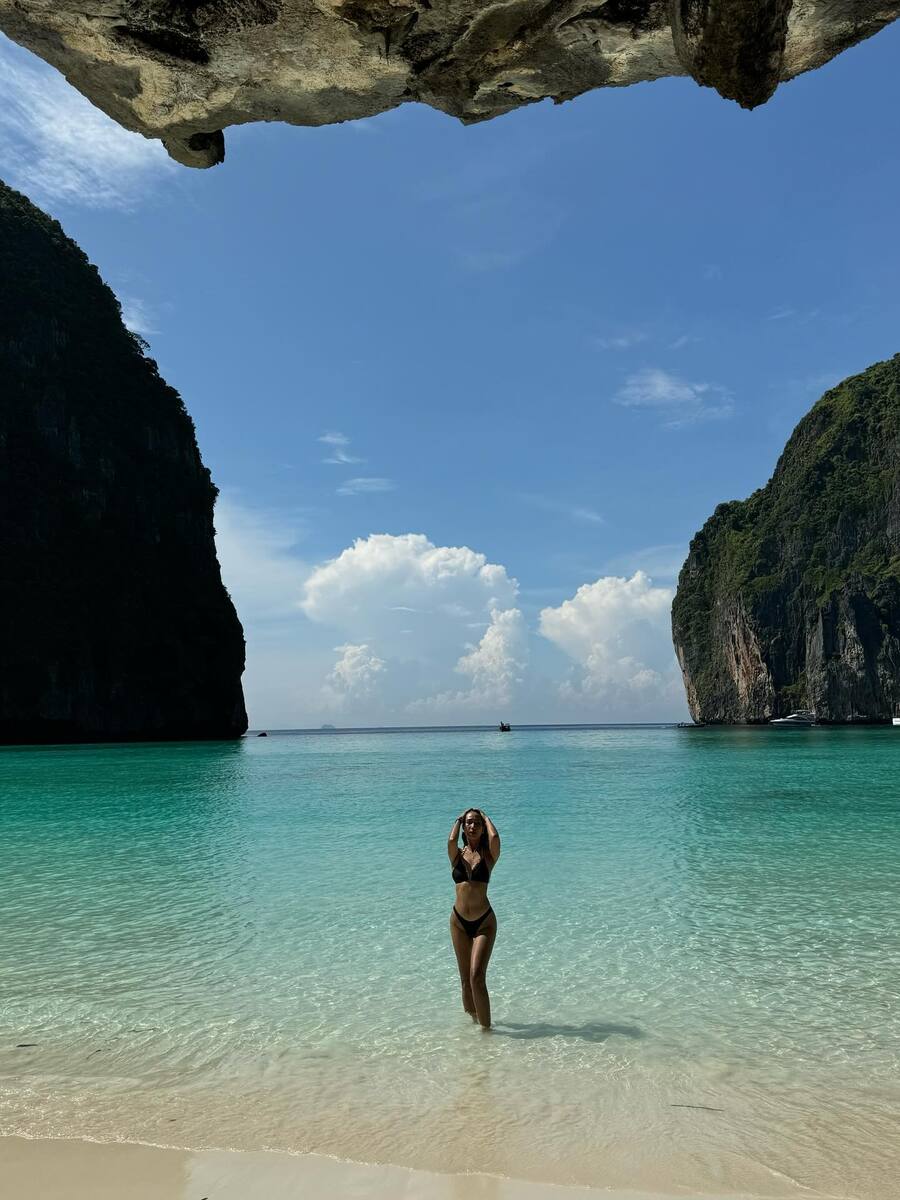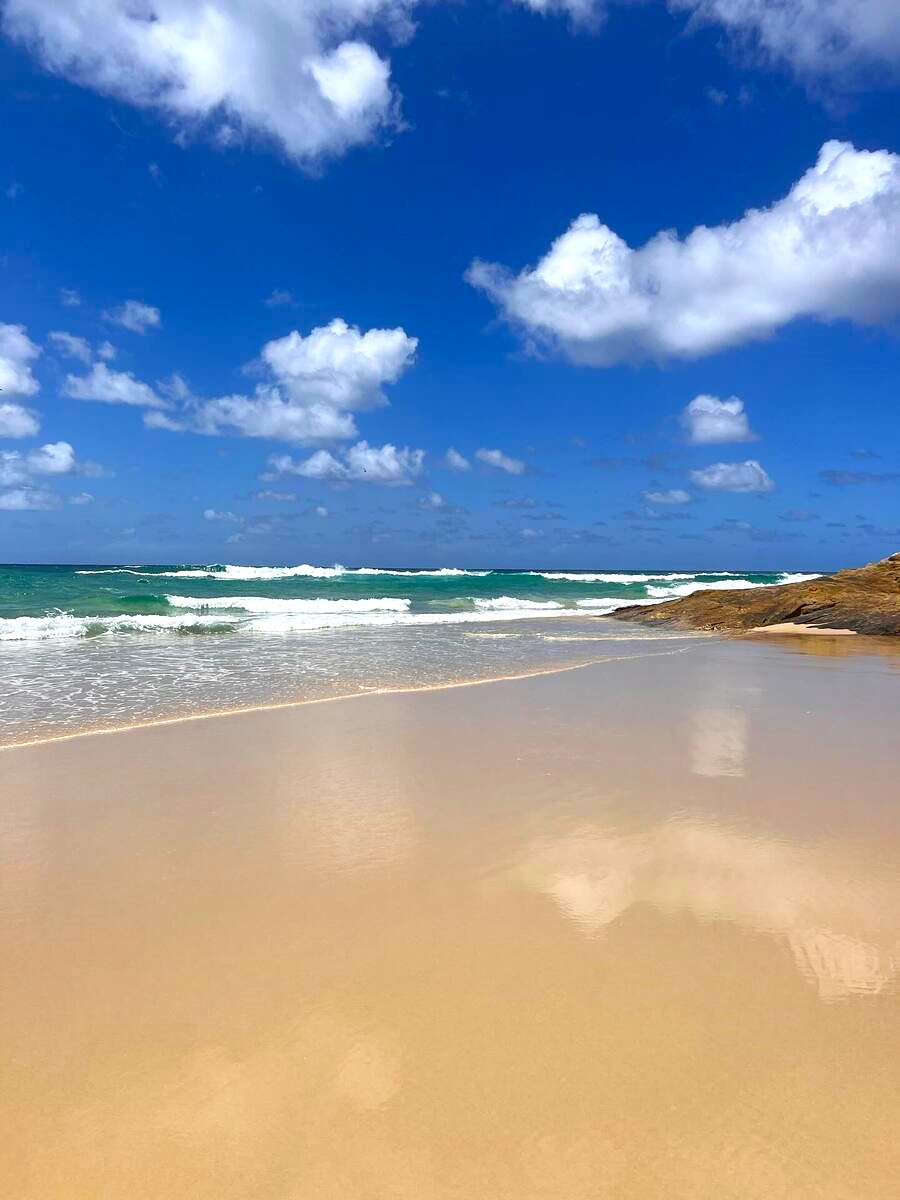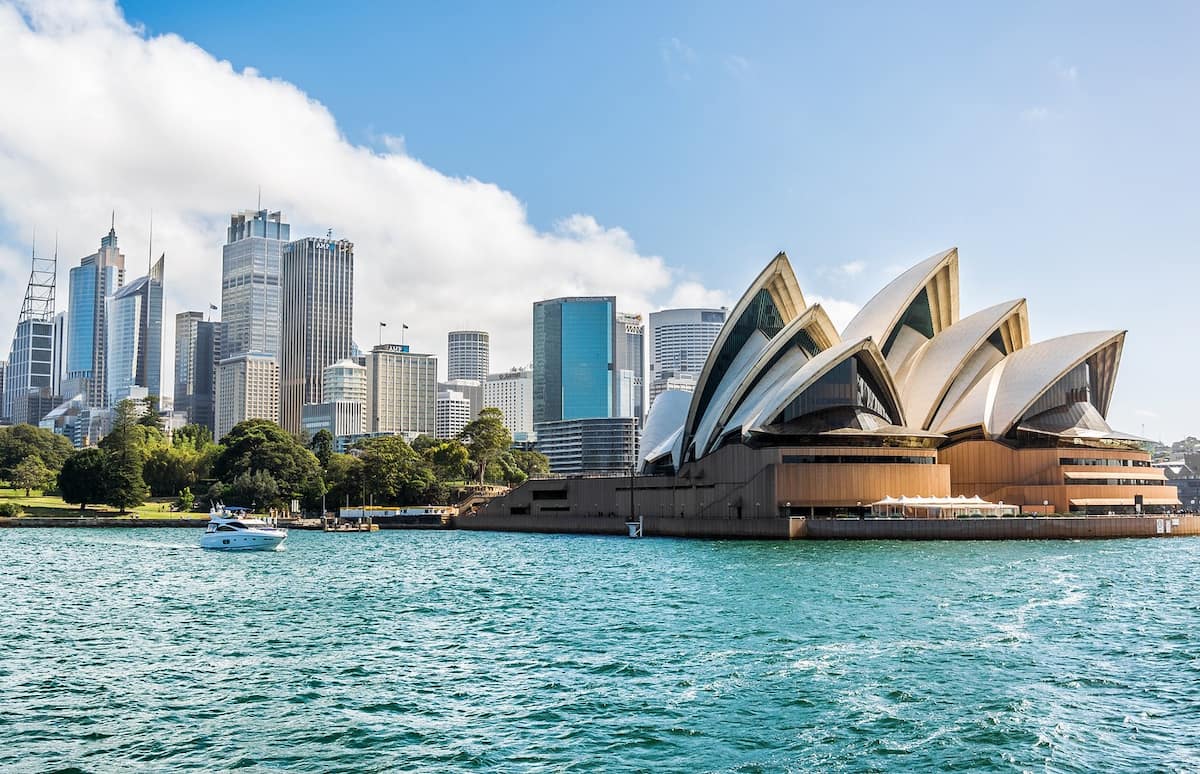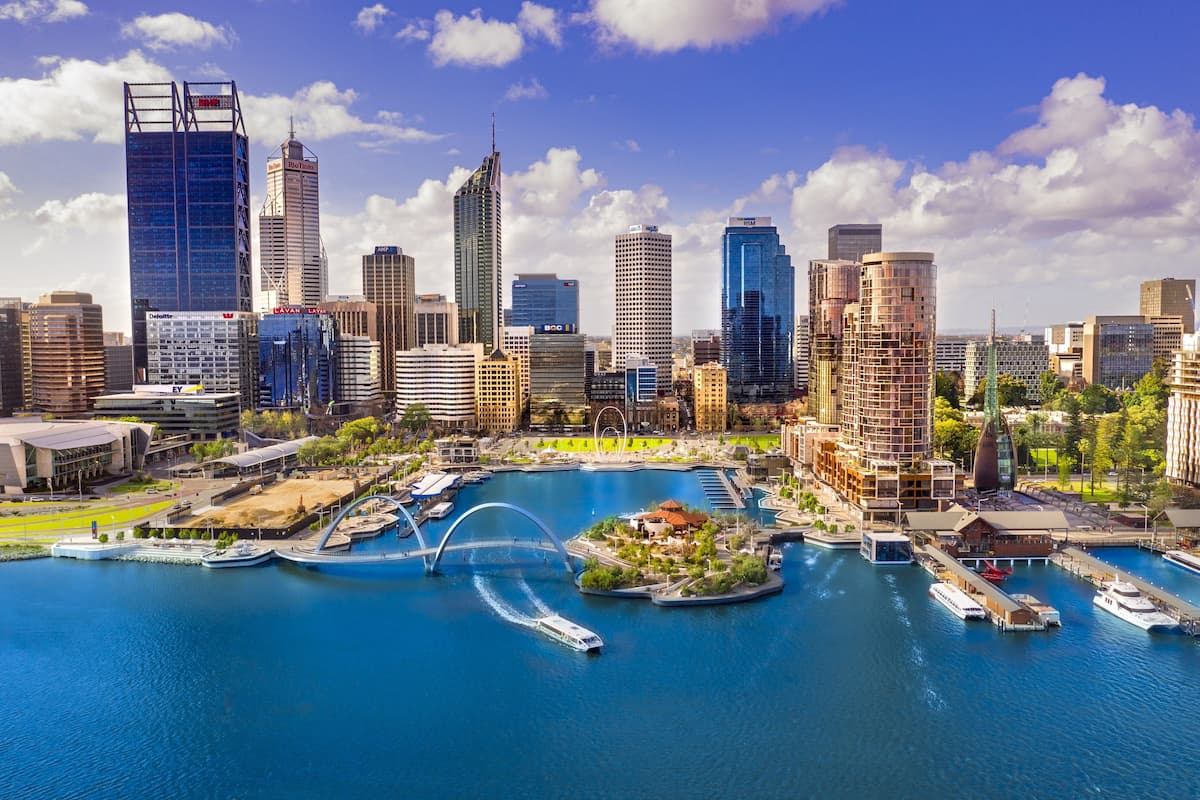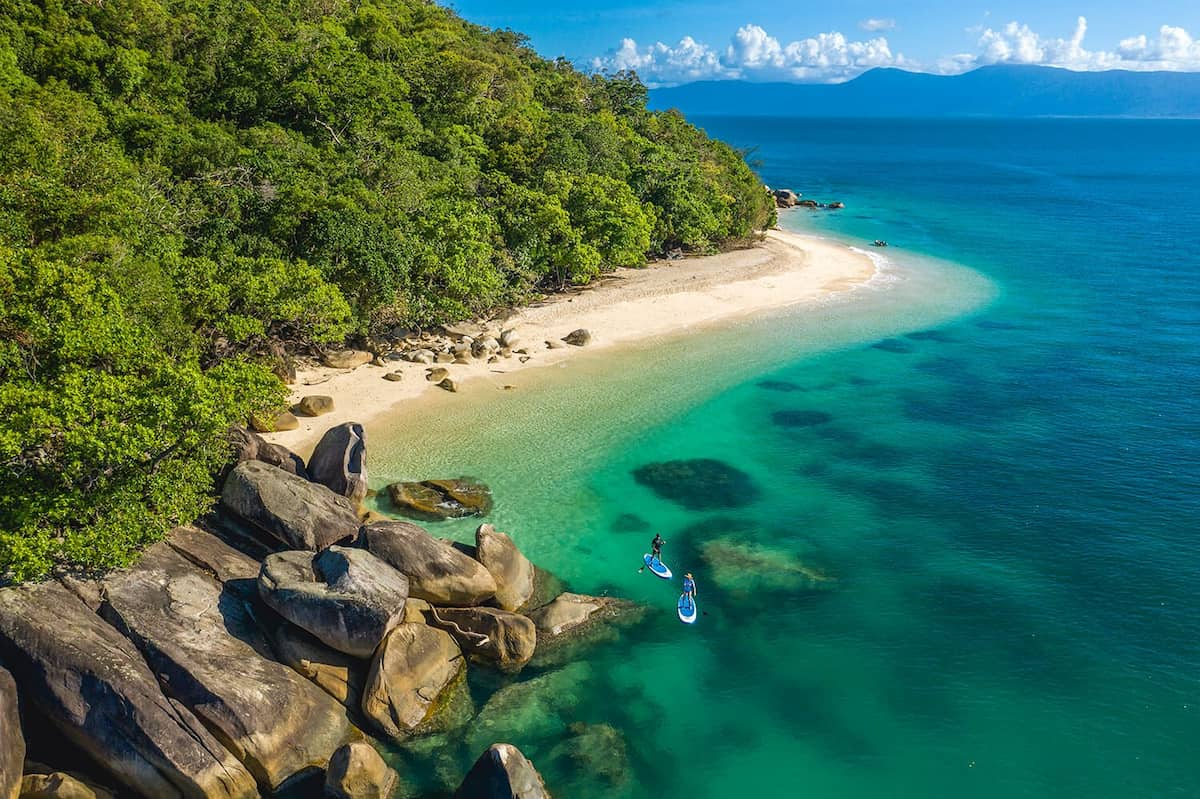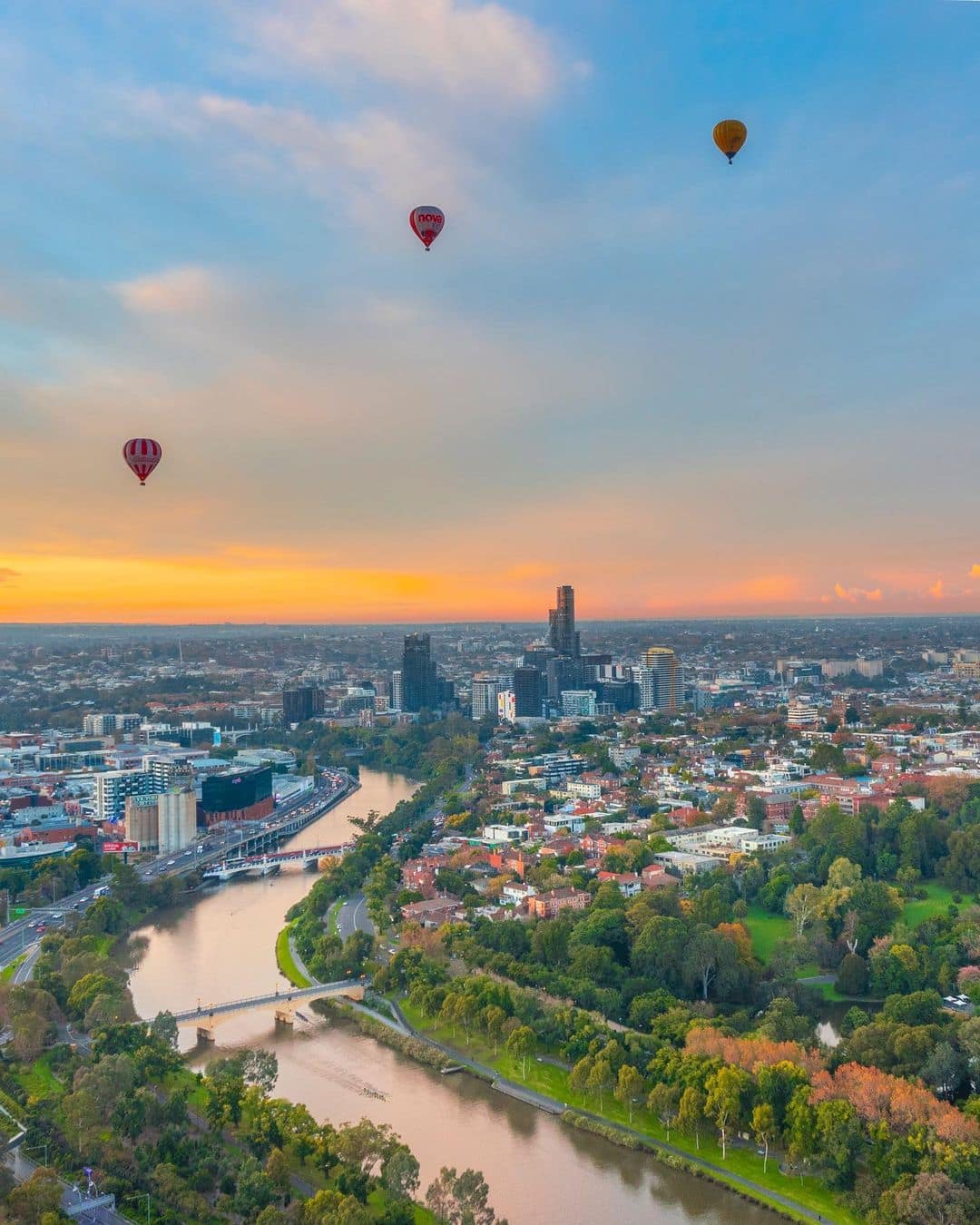Choosing the best time to visit Australia can be a bit of a puzzle. From the sun-soaked beaches of the Gold Coast to the rugged Outback, Australia offer a unique experience year-round. But let’s face it, timing is everything when it comes to planning that perfect Aussie adventure. Whether you’re dreaming of a summer beach holiday or a cooler weather escape, understanding the nuances of Australia’s climate and tourist patterns can make or break your trip.
In this guide, we’ll discover the best time to visit Australia’s iconic destinations, explore the pros and cons of each season, and uncover some insider tips to help you make the most of your journey Down Under. We’ll dive into the best months for outdoor activities, the popular times to visit, and even touch on the rainy season in Australia.
So whether you’re planning a trip to Australia for the first time or you’re a seasoned traveler looking to explore a new side of this incredible country, buckle up! We’re about to embark on a whirlwind tour of the best times to go to Australia, from the east coast to the Outback, and everywhere in between.
🏡 Where to Stay in Australia
- 💎 Luxury Hotel: The Darling at The Star
- ✨ 5-Star: Meriton Suites King Street Melbourne
- 🏨 4-Star: Veriu Queen Victoria Market
- 🛏️ 3-Star: Little Coogee Hotel
- 💸 Cheap: YHA Sydney Harbour
- 🏢 Apartment: SKYE Suites Green Square
- 👨👩👧👦 For Families: Bridgeport Hotel
- 🏩 For Couples: QT Newcastle
👩🏫 Top-Rated Australia Tours
- Great Barrier Reef Snorkeling and Diving Cruise from Cairns: Explore the stunning Great Barrier Reef on this full-day cruise from Cairns. Snorkel or dive among vibrant coral gardens and colorful marine life. Suitable for all experience levels, with expert guides and equipment provided. https://www.viator.com/tours/Cairns-and-the-Tropical-North/Great-Barrier-Reef-Diving-and-Snorkeling-Cruise-from-Cairns/d754-3253OSPREY
- Blue Mountains Day Trip from Sydney Including Scenic World: Escape the city for a day in the beautiful Blue Mountains. Ride the world’s steepest railway at Scenic World, see the iconic Three Sisters rock formation, and encounter native wildlife at a wildlife park. https://www.viator.com/tours/Sydney/Blue-Mountains-Day-Trip-from-Sydney-Including-Scenic-World/d357-8129P1
- Uluru (Ayers Rock) Sunset with Outback Barbecue Dinner and Star Tour: Watch the sun set over Uluru while enjoying an authentic Outback barbecue dinner. After dark, gaze at the star-filled sky and learn about the constellations from an expert guide. https://www.viator.com/en-NZ/tours/Uluru/Uluru-Ayers-Rock-Outback-Barbecue-Dinner-and-Star-Tour/d359-2230OPY10
- Sydney Opera House Guided Walking Tour: Go behind the scenes of one of the world’s most famous performing arts venues. Learn about its history, architecture, and the performances that have graced its stages. https://www.viator.com/tours/Sydney/Sydney-Opera-House-Guided-Walking-Tour/d357-2482SOH1
- Great Ocean Road Small-Group Ecotour from Melbourne: Travel along the scenic Great Ocean Road in a small group. See the Twelve Apostles, Loch Ard Gorge, and other iconic landmarks. Spot koalas and enjoy a guided rainforest walk. https://www.viator.com/tours/Melbourne/Great-Ocean-Road-Small-Group-Eco-Tour-from-Melbourne/d384-3181GOWEST1
- Kuranda Scenic Railway Day Trip from Cairns: Journey through the rainforest on the historic Kuranda Scenic Railway. Explore the village of Kuranda, ride the Skyrail Rainforest Cableway, and visit a koala sanctuary. https://www.viator.com/tours/Queensland/Kuranda-Scenic-Railway-Day-Trip-from-Cairns/d122-2570KRPS
1. Best Seasons to Visit Australia
🌸 Spring bloom: As someone who’s crisscrossed Australia more times than I can count, I can tell you that timing is everything when planning your Aussie adventure. Let me break it down for you, season by season:
Spring (September to November)
🌼 Wildflower wonderland: Spring is my absolute favorite time to visit Australia. The weather is just perfect – warm but not scorching, with clear skies that seem to stretch forever. It’s like the whole country comes alive with color.
🥾 Hiking heaven: I remember hiking through the Blue Mountains in New South Wales one spring, and the wildflowers were simply breathtaking. The air was filled with the sweet scent of wattle, Australia’s national flower. If you’re a nature lover like me, this is your season.
Insider Tip: Spring is the perfect time to visit Canberra for the Floriade festival. It’s a flower lover’s paradise and a photographer’s dream.
Summer (December to February)
☀️ Summer sizzle: Ah, Australian summer – it’s hot, it’s lively, and it’s peak tourist season. If you’re after that classic Aussie beach experience, this is your time.
🏖️ Beach bonanza: I spent last Christmas at Bondi Beach, and let me tell you, it was an experience I’ll never forget. The beach was packed with sunbathers, surfers, and families having barbecues. The atmosphere was electric.
🌡️ Heat warning: But be warned – it can get seriously hot. I’m talking 40°C (104°F) in some places. And prices for accommodation can skyrocket, especially around the holidays.
Money Saver: If you’re visiting in summer, book your accommodation well in advance to avoid the holiday price hike.
Autumn (March to May)
🍂 Autumn charm: Autumn in Australia is a bit of a hidden gem. The weather cools down, the crowds thin out, and the scenery… well, it’s spectacular.
Here are some key points about autumn (March to May) in Australia:
- Autumn is generally a pleasant time to visit most parts of Australia, with mild temperatures and fewer crowds compared to summer.
- The weather starts to cool down, but is still warm and comfortable in many areas. Daytime temperatures are often in the 20-25°C (68-77°F) range.
- It’s a great time for outdoor activities like hiking and sightseeing, as the weather is not too hot.
🍷 Wine wonderland: I love visiting wine regions like the Barossa Valley or Yarra Valley during this time. The vineyards turn golden and red, and there’s nothing quite like sipping a robust Shiraz while watching the sunset over the vines.
Winter (June to August)
❄️ Winter wonders: Don’t write off an Aussie winter! Sure, it’s chilly in the south, but it’s the perfect time to explore the tropics and the Outback.
🚗 Road trip adventure: I once took a winter road trip from Darwin to Broome, and it was magical. The weather was perfect for hiking in Kakadu National Park, and I even got to swim with whale sharks at Ningaloo Reef.
Top Tip: Winter is the best time to visit Uluru. The days are cool enough for comfortable walks around the base of the rock, and the nights are clear for stargazing.
🧳 Packing advice: No matter when you choose to visit, Australia has something special to offer. Just remember to pack for all weather conditions – this is a country that loves to keep you on your toes!
2. Regions of Australia
Northern Australia (including Darwin, Cairns)
🐊 Tropical adventure: The Top End, as we Aussies call it, is a world unto itself. I’ve explored this region extensively, and let me tell you, it’s like nowhere else on Earth.
🦙 Wildlife wonders: Northern Australia offers incredible wildlife experiences. In Darwin, you can:
- Get up close to saltwater crocodiles at Crocosaurus Cove.
- Take a jumping crocodile cruise on the Adelaide River.
- Visit the Territory Wildlife Park to see native animals.
🌴 Wet vs. Dry: Up here, we don’t really do four seasons. It’s more like two – wet and dry. The dry season (May to October) is when I’d recommend visiting. The weather is perfect, and you can access all the national parks without worrying about flooded roads.
💦 Waterfall wonderland: One of my favorite memories is swimming in the plunge pools of Litchfield National Park during the dry season. The waterfalls were still flowing, but the crocs had retreated to the bigger rivers. Pure bliss!
Southern Australia (including Sydney, Melbourne, Adelaide)
🏙️ Urban delights: Southern Australia is home to some of the country‘s most vibrant cities. Sydney, Melbourne, and Adelaide each offer unique urban experiences with world-class dining, shopping, and cultural attractions.
🌞 Four seasons: Unlike the tropical north, Southern Australia experiences four distinct seasons. Here‘s what you can expect:
- Summer (December to February): Hot and sunny, perfect for beach activities. Temperatures can reach 35°C (95°F) or higher.
- Autumn (March to May): Mild and pleasant, great for outdoor activities and wine tasting.
- Winter (June to August): Cool to cold, with temperatures ranging from 10-18°C (50-64°F). Snow in alpine regions.
- Spring (September to November): Warm and comfortable, ideal for exploring cities and nature.
🏖️ Coastal beauty: The southern coast offers stunning beaches and scenic drives. Don‘t miss the Great Ocean Road near Melbourne or Sydney’s famous Bondi Beach.
Insider tip: Spring and autumn are often the best times to visit, offering pleasant weather and fewer crowds than the busy summer season.
🎭 Cultural hotspots:
- Sydney: Don’t miss the iconic Opera House and Harbour Bridge.
- Melbourne: Explore the city’s famous laneways and vibrant street art scene.
- Adelaide: Visit during “Mad March” for a series of festivals and events.
Central Australia (including Alice Springs, Uluru)
🏜️ Red Centre wonders: Central Australia, also known as the Red Centre, is home to some of Australia’s most iconic landscapes and experiences. The region centers around Alice Springs and includes the famous Uluru (Ayers Rock).
🌞 Best time to visit:
- Spring (September to November) and Autumn (March to May) are ideal, with warm days and cool nights.
- Winter (June to August) offers mild days but very cold nights, perfect for exploring the Outback.
- Summer (December to February) can be extremely hot, with temperatures often exceeding 35°C (95°F).
🏙️ Alice Springs highlights:
- Alice Springs Desert Park: Showcases native flora, fauna, and indigenous culture.
- The Kangaroo Sanctuary: Offers intimate encounters with rescued kangaroos.
- Anzac Hill: Provides panoramic views of the town and surrounding landscape.
- Alice Springs Telegraph Station: The birthplace of the Alice Springs township.
🗿 Uluru experiences:
- Sunrise and sunset viewing: Watch the rock change colors
- Base walks: Explore the monolith up close
- Cultural tours: Learn about the spiritual significance to the Anangu people
- Sounds of Silence dinner: Enjoy an outdoor dining experience under the stars
Insider tips:
- The climate is arid, so always carry plenty of water and sun protection.
- Respect indigenous culture by not climbing Uluru and following local guidelines.
- Consider visiting during shoulder seasons for fewer crowds and milder weather.
Western Australia (including Perth)
🌞 Sun-soaked paradise: Perth is Australia’s sunniest capital city, boasting an average of 8.8 hours of sunshine per day. This makes it perfect for outdoor activities year-round.
🏙️ Perth highlights:
- Kings Park and Botanic Garden: A sprawling 400-hectare oasis offering stunning city views.
- The Perth Mint: Learn about Australia’s gold rush history.
- Cottesloe Beach: One of the city’s most popular beaches for swimming and sunbathing.
🍷 Wine wonderland: Just a short drive from Perth, you’ll find the Swan Valley and Margaret River wine regions. I love visiting in autumn when the vineyards turn golden and red.
🌼 Wildflower spectacle: Spring (September to November) is a magical time in Western Australia. The wildflowers bloom across the state, creating a carpet of colors. Kings Park in Perth is a great place to see this natural wonder.
🐋 Whale watching: From September to December, you can spot humpback whales migrating along the coast. Rottnest Island, just off Perth, is a prime viewing spot.
Insider tip: The shoulder seasons of spring (September to November) and autumn (March to May) offer the best weather for exploring. You’ll avoid the intense heat of summer and the occasional rain of winter.
🌡️ Weather breakdown:
- Summer (December to February): Hot and dry, with temperatures often reaching 35°C.
- Autumn (March to May): Mild and pleasant, perfect for outdoor activities.
- Winter (June to August): Cooler with some rainfall, but still plenty of sunny days.
- Spring (September to November): Warm days and cool nights, ideal for exploring.
🏖️ Beach life: With over 12,500 kilometers of coastline, Western Australia is a beach lover’s dream. In Perth, don’t miss Scarborough Beach for surfing or Cottesloe Beach for a classic Aussie beach experience.
3. Best Times for Specific Experiences
Avoiding Crowds
🕰️ Timing is everything: One of the best ways to dodge the tourist throngs is to visit during the shoulder seasons. I love exploring Australia in March-May (autumn) or September-November (spring). The weather is usually perfect, and you’ll have more breathing room at popular attractions.
🏜️ Off the beaten path: While Sydney and Melbourne are fantastic, don’t overlook some of Australia’s less-visited gems. I recently spent a week in Adelaide and was blown away by its relaxed vibe and world-class wine regions. Tasmania is another hidden treasure – its rugged beauty and lack of crowds make it feel like your own private paradise.
🌅 Early bird catches the worm: When visiting popular spots, I always try to arrive early. I once had Bondi Beach almost to myself at sunrise – it was magical! The same goes for national parks and wildlife encounters.
🏖️ Beach alternatives: Instead of fighting for space on Bondi or Byron Bay, check out some lesser-known coastal spots. I’m a big fan of the Margaret River region in Western Australia – world-class beaches without the world-class crowds.
🎭 Festival savvy: While Australian festivals can be amazing, they also draw huge crowds. If you’re not specifically coming for an event, check local calendars and plan around them. That said, some smaller regional festivals can be a great way to experience local culture without the tourist crush.
Ideal Weather
🌞 Sweet spot seasons: In general, spring (September to November) and autumn (March to May) offer the most pleasant weather across most of Australia. These shoulder seasons provide a great balance of comfortable temperatures and fewer crowds.
🌡️ Temperature range: During these ideal months, you can expect average daily temperatures ranging from 17°C to 35°C (63°F to 95°F), depending on the region. The southern parts will be cooler, while the north remains warmer.
☀️ Sunshine galore: Australia is known for its abundant sunshine. Even during the cooler months, many areas enjoy clear, sunny days. For example, Perth boasts an average of 8.8 hours of sunshine per day year-round.
🏖️ Beach weather: If you’re after that classic Aussie beach experience, the summer months (December to February) are ideal in the south. However, be prepared for crowds and higher prices during this peak season.
🏞️ Outback adventures: For exploring the Red Centre and other outback areas, the cooler months from April to September are best. The days are warm and sunny, while nights are cool and comfortable.
🌧️ Avoiding rain: The dry season in the tropical north runs from May to October, offering clear skies and comfortable temperatures. In the south, rainfall is more evenly distributed throughout the year, but spring tends to be drier than autumn.
Insider tip: If you’re planning to visit multiple regions, consider that the ideal weather varies across the country. For instance, winter (June to August) is the best time to visit tropical North Queensland, while it might be too chilly for beach activities in the south.
Cultural Events and Festivals
🎭 Festival fever: Australia loves a good festival, and timing your visit to coincide with one can really enhance your trip. Here are a few of my favorites:
- Sydney Festival (January): A celebration of art and culture that takes over the city
- Melbourne International Comedy Festival (March-April): One of the world’s largest comedy festivals
- Vivid Sydney (May-June): A spectacular festival of light, music, and ideas
🎆 New Year’s spectacle: If you’re in Australia for New Year’s Eve, try to get to Sydney. The fireworks over the harbour are truly world-class – I’ve never seen anything quite like it.
4. Month-by-Month Guide
🗓️ Year-round appeal: Let me break down what you can expect each month in Australia:
- January: It’s peak summer and holiday season. I love the buzz in the air, but be prepared for crowds and high prices. The Australian Open in Melbourne is a highlight.
- February: Still hot, but slightly less crowded. It’s a great time for beach hopping. I once spent a week exploring the beaches of the Great Ocean Road – pure bliss!
- March: Autumn begins, bringing milder temperatures. The Melbourne Food and Wine Festival is a must for foodies like me.
- April: Perfect weather for outdoor activities. Easter brings chocolate bilbies (not bunnies!) and the Sydney Royal Easter Show.
- May: Cooler temperatures make it ideal for exploring the Outback. I recommend checking out the Uluru Camel Cup – it’s as quirky as it sounds!
- June: Winter starts, but don’t let that deter you. It’s the best time to visit tropical North Queensland and the Great Barrier Reef.
- July: Peak season for skiing in the Australian Alps. Yes, we have snow! I love hitting the slopes at Thredbo.
- August: Still chilly in the south, but perfect in the north. The Darwin Festival is a celebration of music, theatre, and local culture.
- September: Spring begins, and wildflowers bloom across the country. The Brisbane Festival turns the city into a cultural playground.
- October: Comfortable temperatures nationwide. Don’t miss the Melbourne Cup – it’s not just about horse racing, it’s a national event!
- November: Warm but not too hot. Jacarandas paint the cities purple. It’s a photographer’s dream.
- December: Summer kicks off with a bang. Christmas on the beach is an Aussie tradition I never get tired of.
5. Combining Australia with Other Destinations
Australia and New Zealand
🌏 Perfect pairing: Combining Australia and New Zealand in one trip is a popular choice. These two countries complement each other well, offering diverse landscapes and experiences.
🗺️ Itinerary planning: A typical combined itinerary might start in Australia, covering major cities like Sydney and Melbourne, natural wonders like the Great Barrier Reef and Uluru, then moving on to New Zealand to explore its stunning landscapes.
⏱️ Time needed: For a fulfilling trip covering both countries, allow a minimum of three weeks. Five weeks would be ideal to see multiple areas in Australia and do a 10-day road trip in New Zealand’s South Island.
✈️ Flight connections: There are numerous flight options between Australia and New Zealand. Flight times are relatively short (about 3 hours from Sydney to Auckland).
Insider tip: Consider starting your trip in New Zealand and ending in Australia, as this often works better with international flight schedules.
Australia and Southeast Asia
🏝️ Diverse experiences: Combining Australia with Southeast Asian countries like Thailand, Indonesia, or Singapore can offer a great mix of Western and Eastern cultures, as well as varied landscapes and experiences.
🛫 Travel logistics: Many flights from Europe and North America to Australia stop over in Southeast Asian hubs like Singapore or Bangkok, making it convenient to add a Southeast Asian destination to your itinerary.
🌴 Popular combinations:
- Australia and Bali (Indonesia) for a mix of city, outback, and tropical island experiences.
- Australia and Thailand for contrasting cultures and cuisines.
- Australia and Singapore for a city-state stopover.
🗓️ Timing considerations: Remember that seasons can be different. While it might be winter in southern Australia, it could be the dry season in parts of Southeast Asia.
The Best Time to Visit Australia
As we’ve explored in this guide, the best time to visit Australia depends on your personal preferences and the regions you plan to explore. Whether you’re drawn to the summer weather of the east coast, the cooler months in the southern half of Australia, or the unique experiences of the Outback, there’s no bad time to embark on an Australia tour. From the vibrant celebrations of Australia Day to the blooming landscapes of spring in Australia, each season offers its own charm and opportunities for outdoor activities.
Remember, the weather in Australia varies greatly across its vast expanse, so while March and April might be fantastic for visiting Queensland, November could be the best time to explore the southern regions. Ultimately, with proper planning and an adventurous spirit, any time can be an excellent time to travel to Australia and create unforgettable memories in this diverse and beautiful country.
❓ FAQ
When is the cheapest time to visit Australia?
In my experience, May to June (late autumn/early winter) often offers the best deals on flights and accommodations.
Is it worth visiting Australia during the wet season in the north?
It can be, but be prepared for humidity and potential disruptions to your plans. That said, the landscapes are lush and waterfalls are at their most impressive.
What’s the best time for seeing wildlife in Australia?
Spring (September to November) is generally great for wildlife viewing across most of Australia. I’ve had some amazing encounters during this time.
How long do I need to see Australia?
Australia is huge! I’d recommend at least two weeks to get a good taste, but a month or more is ideal if you want to explore multiple regions.
